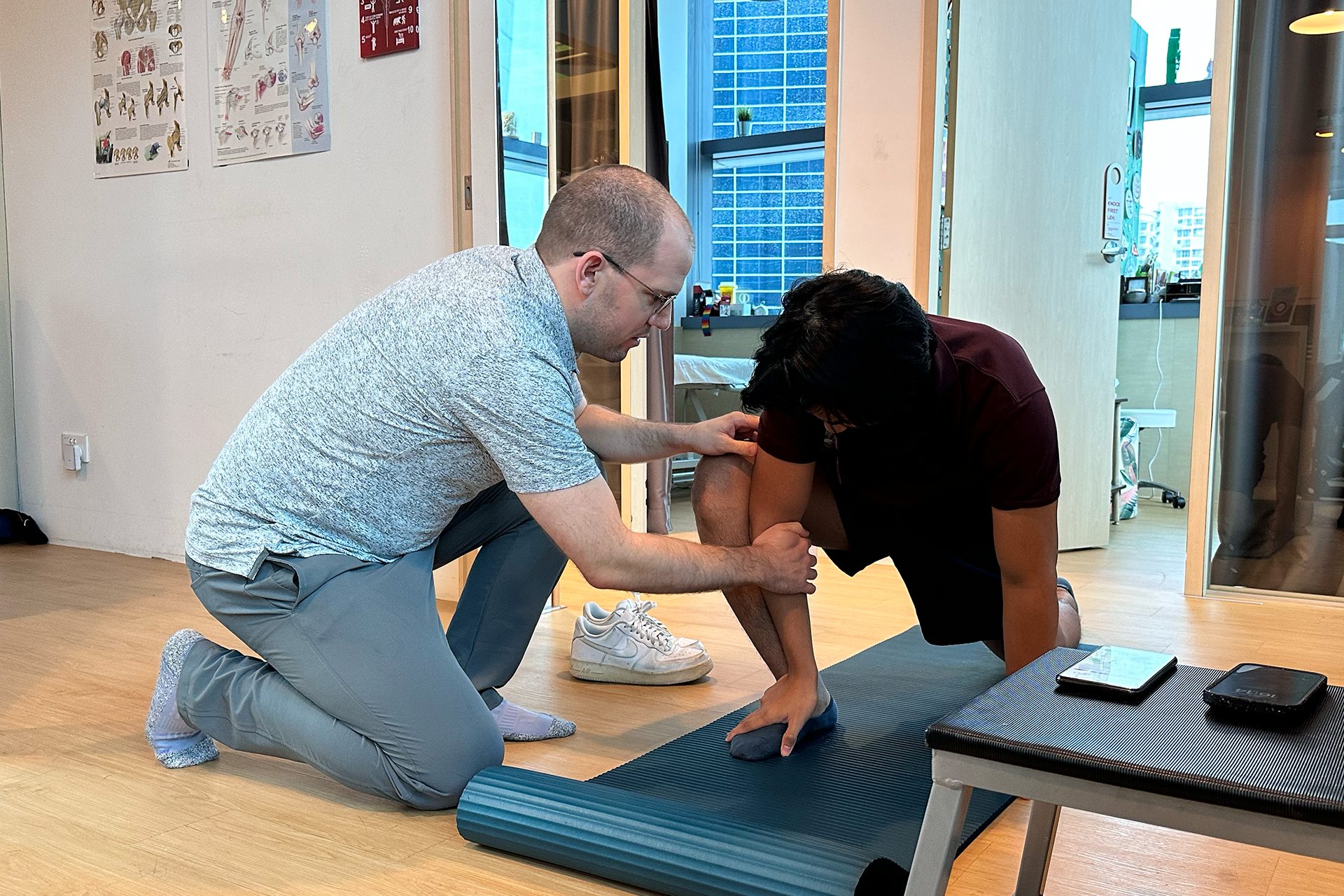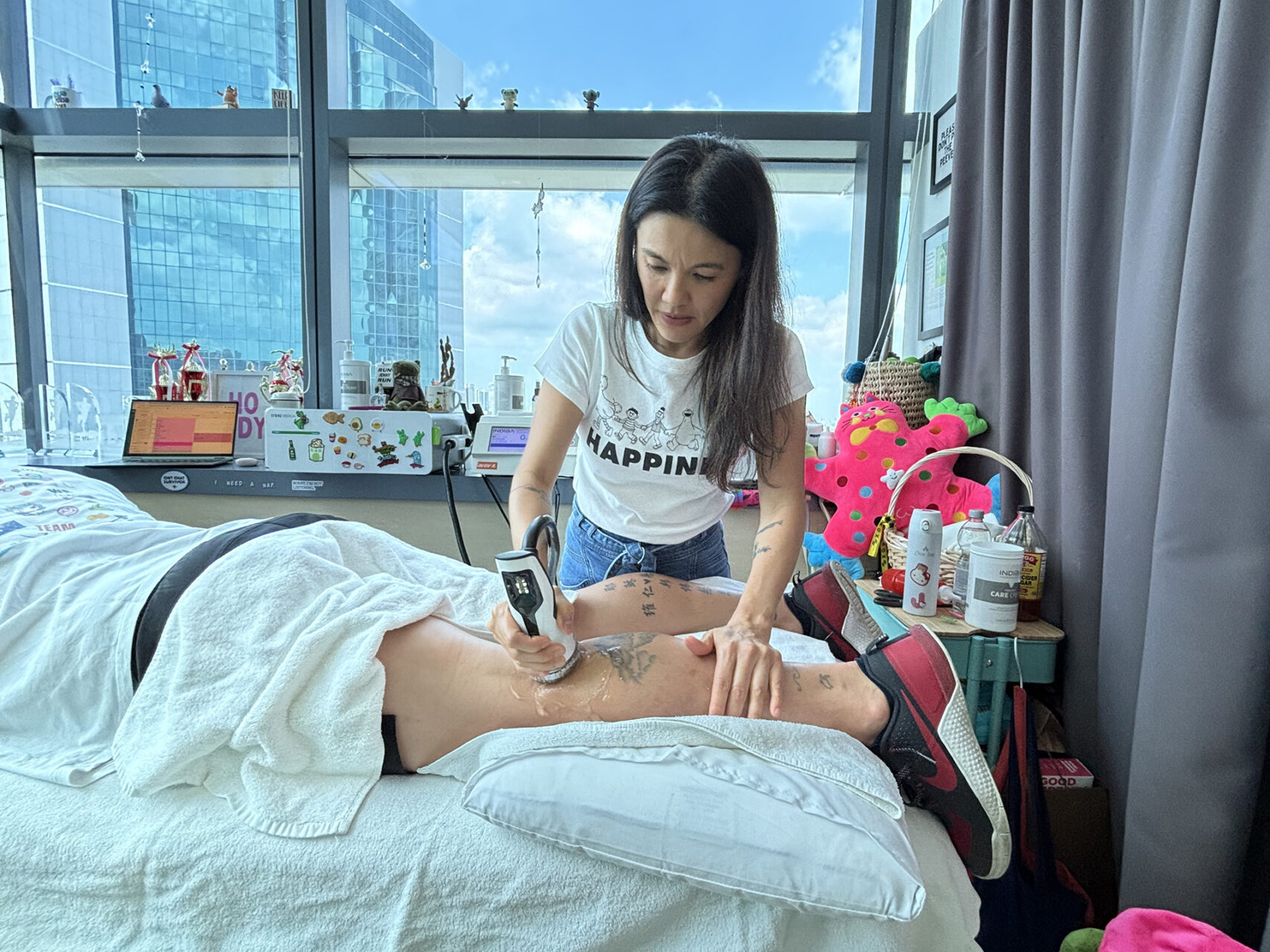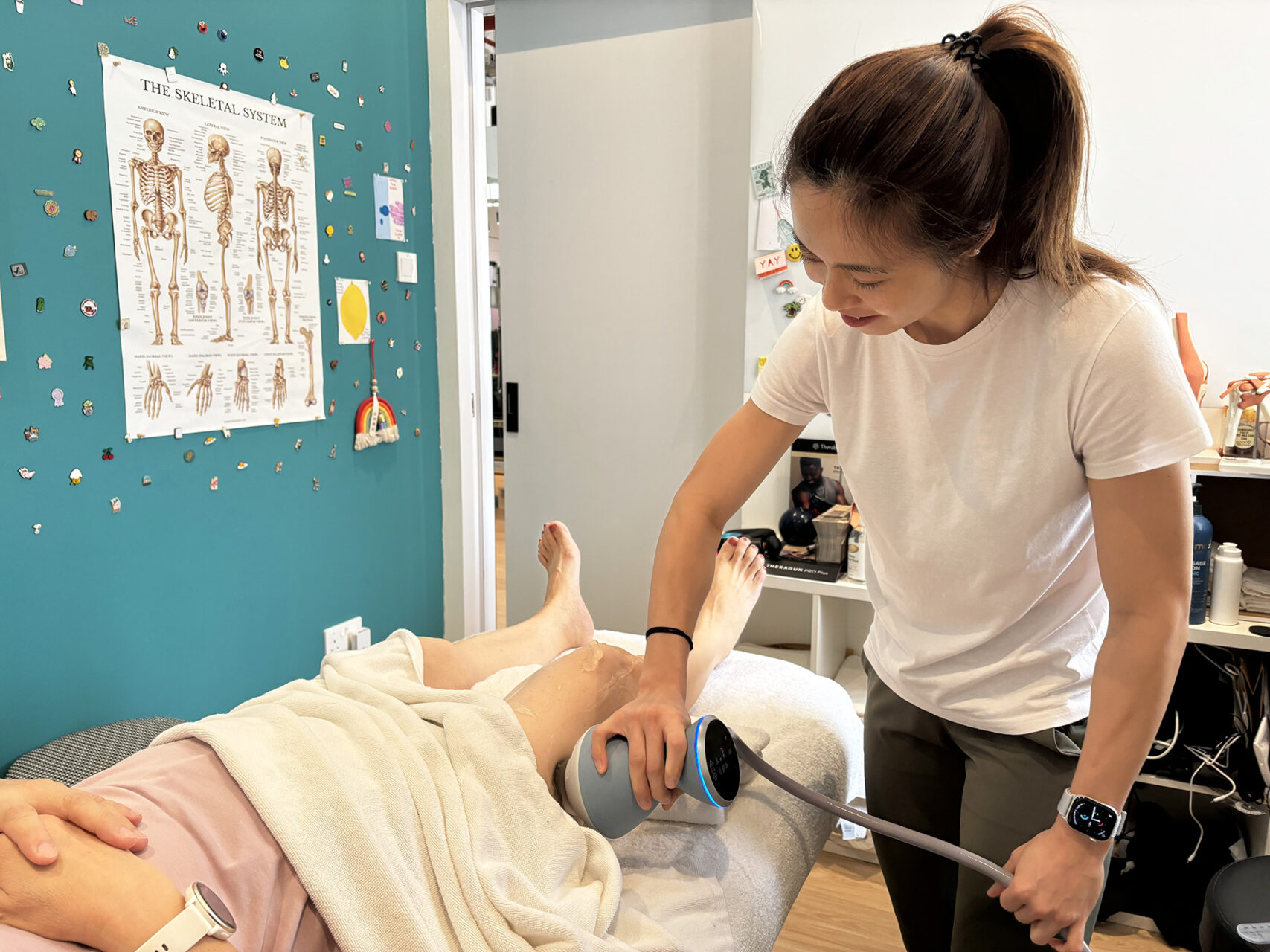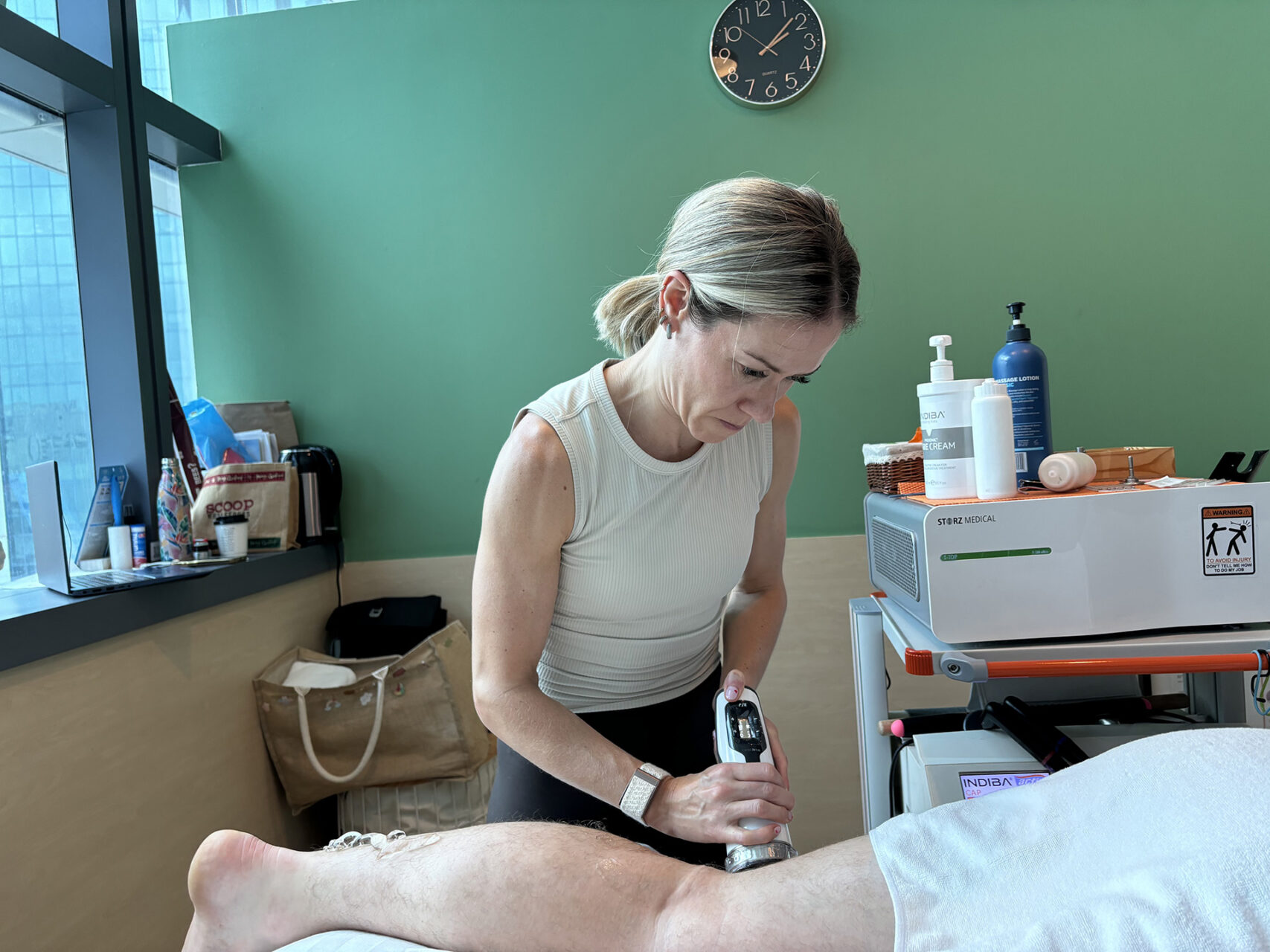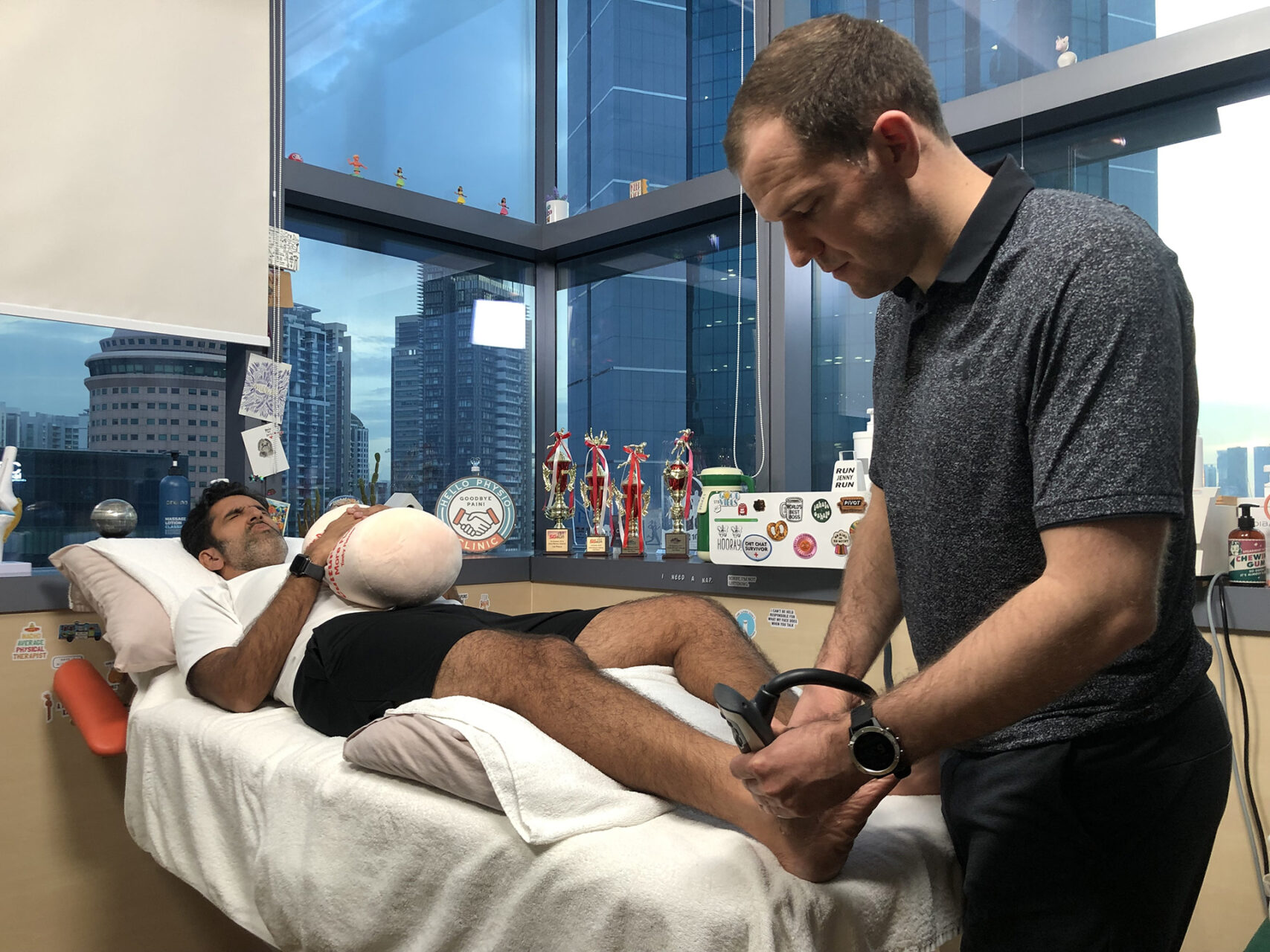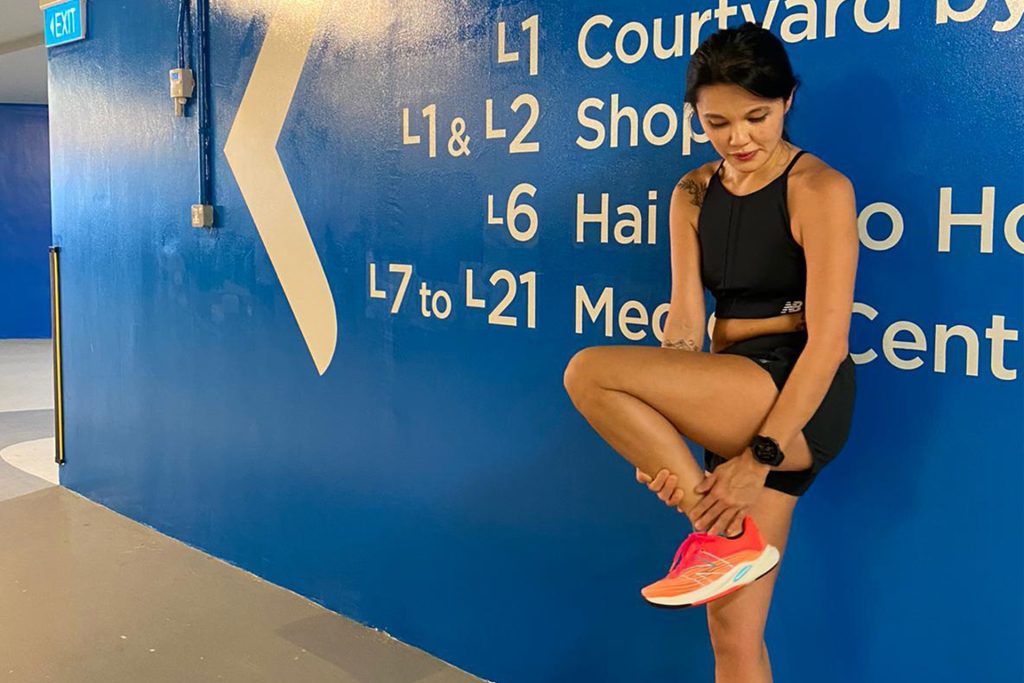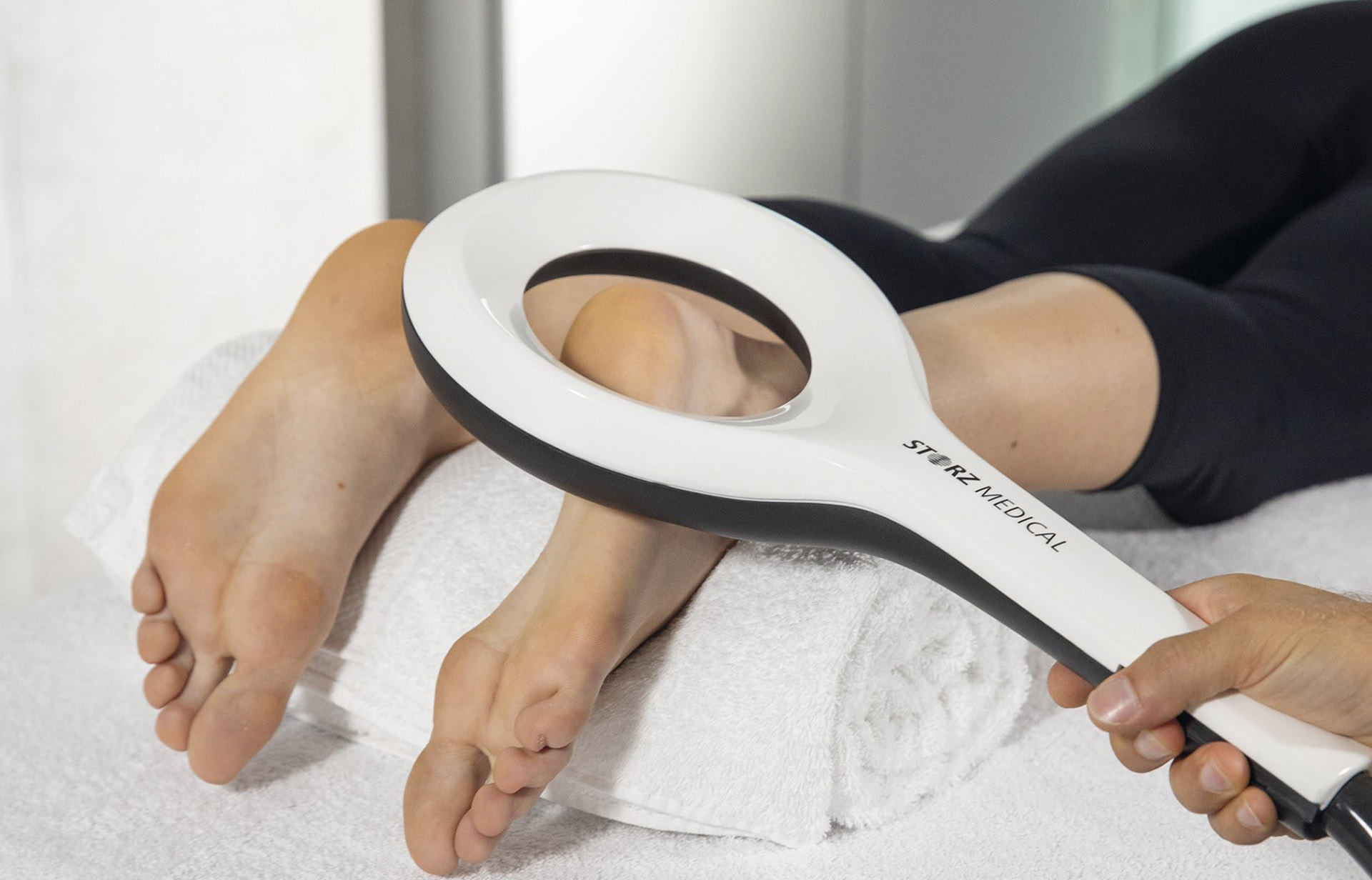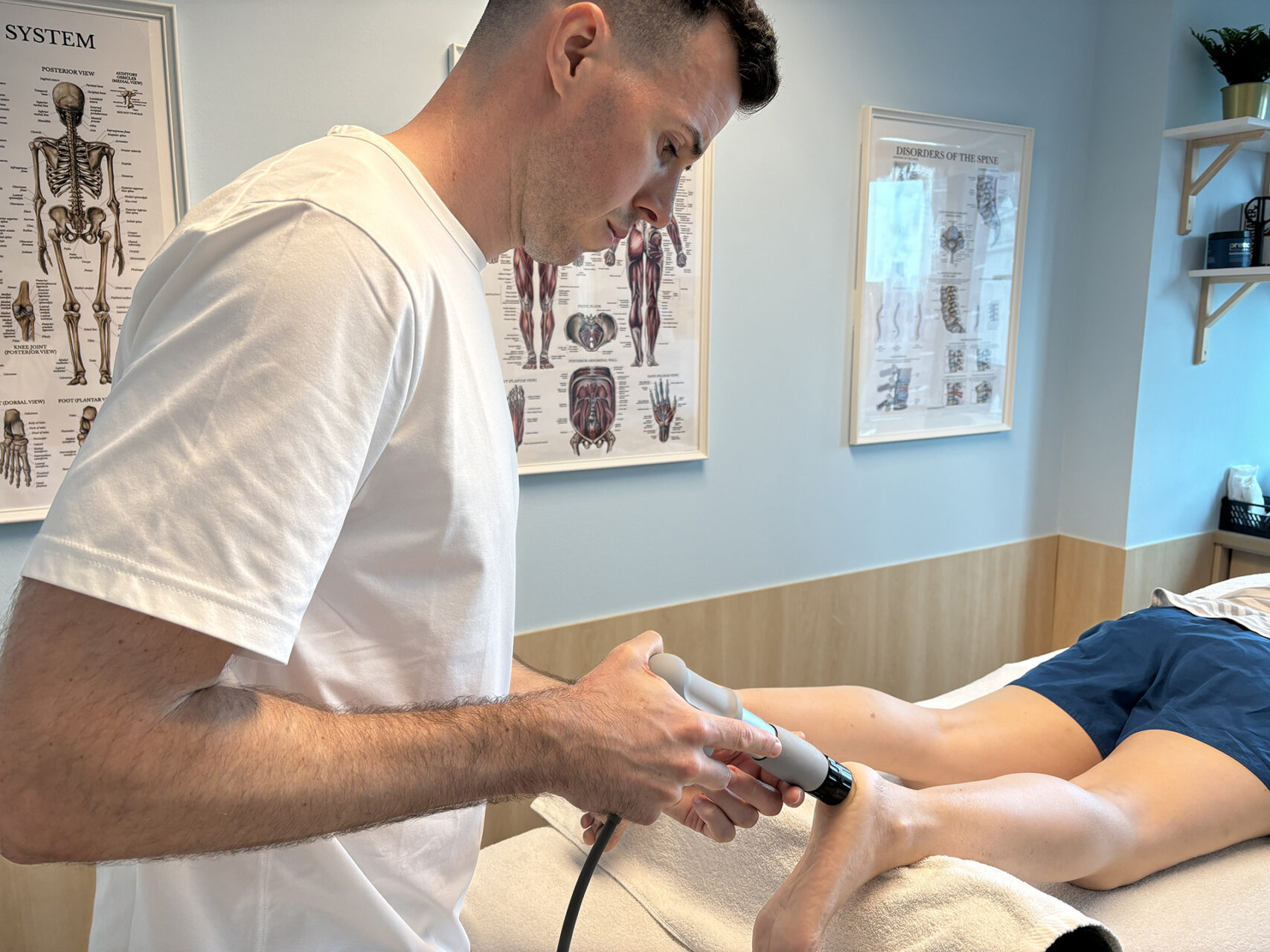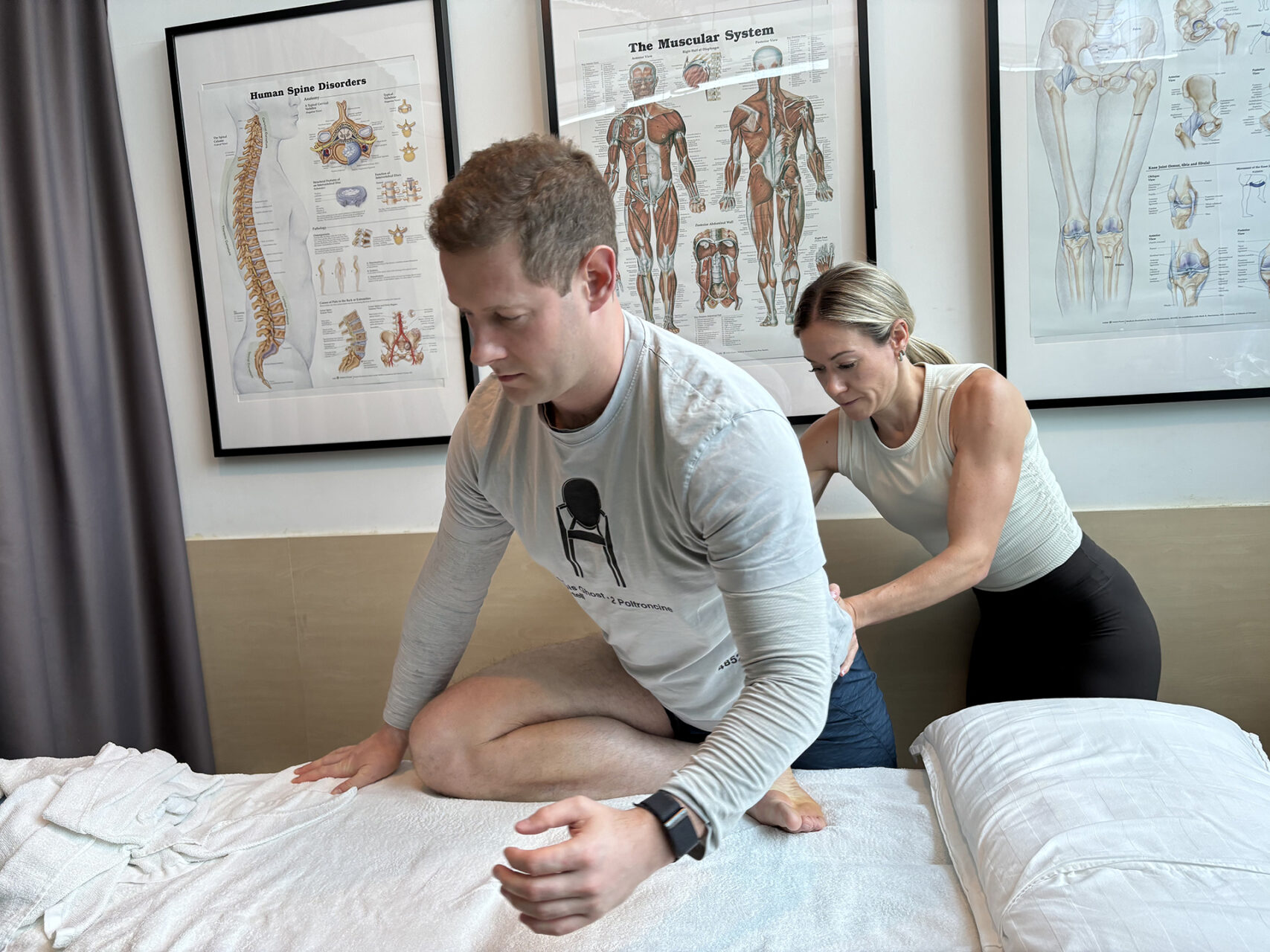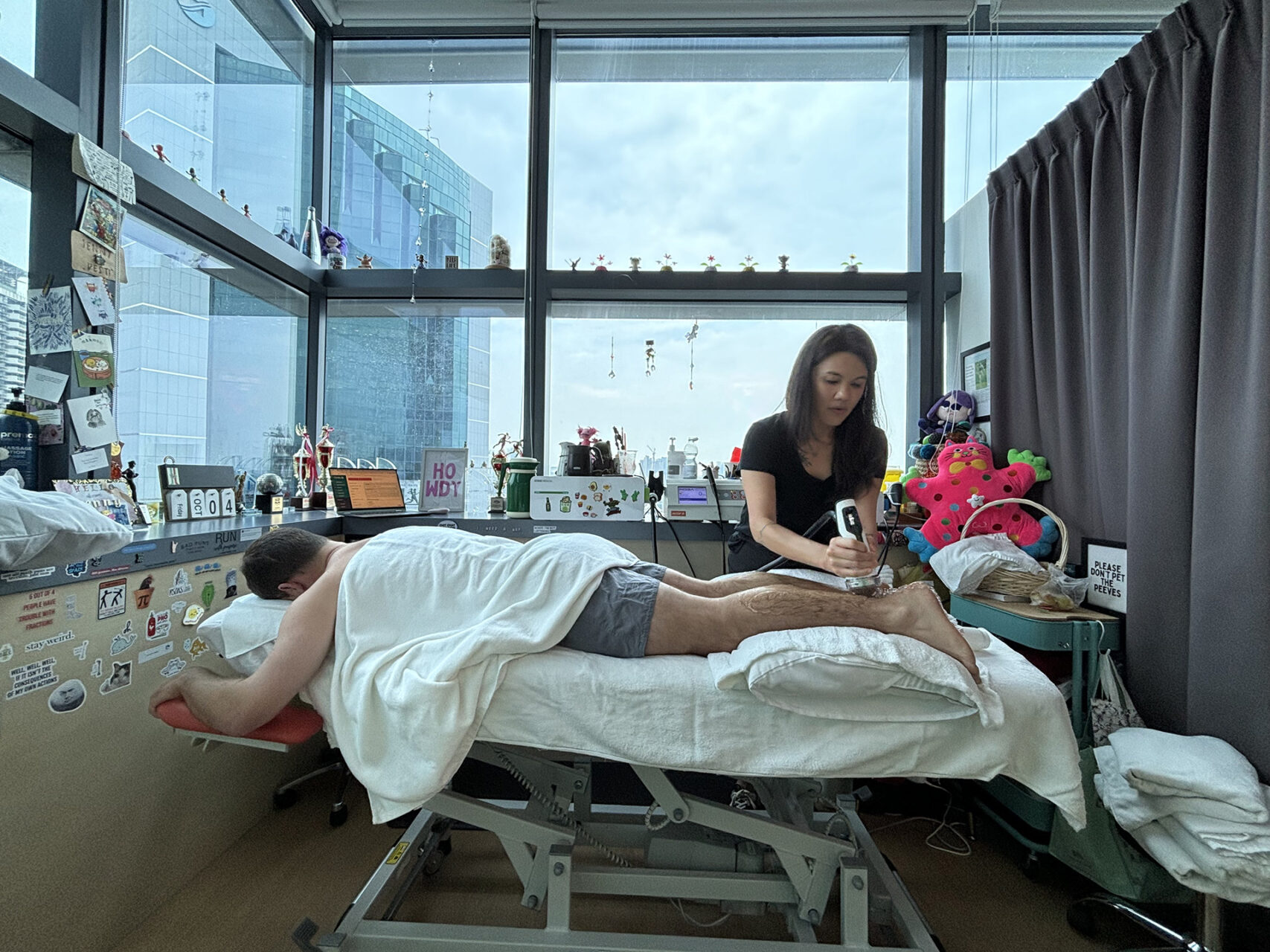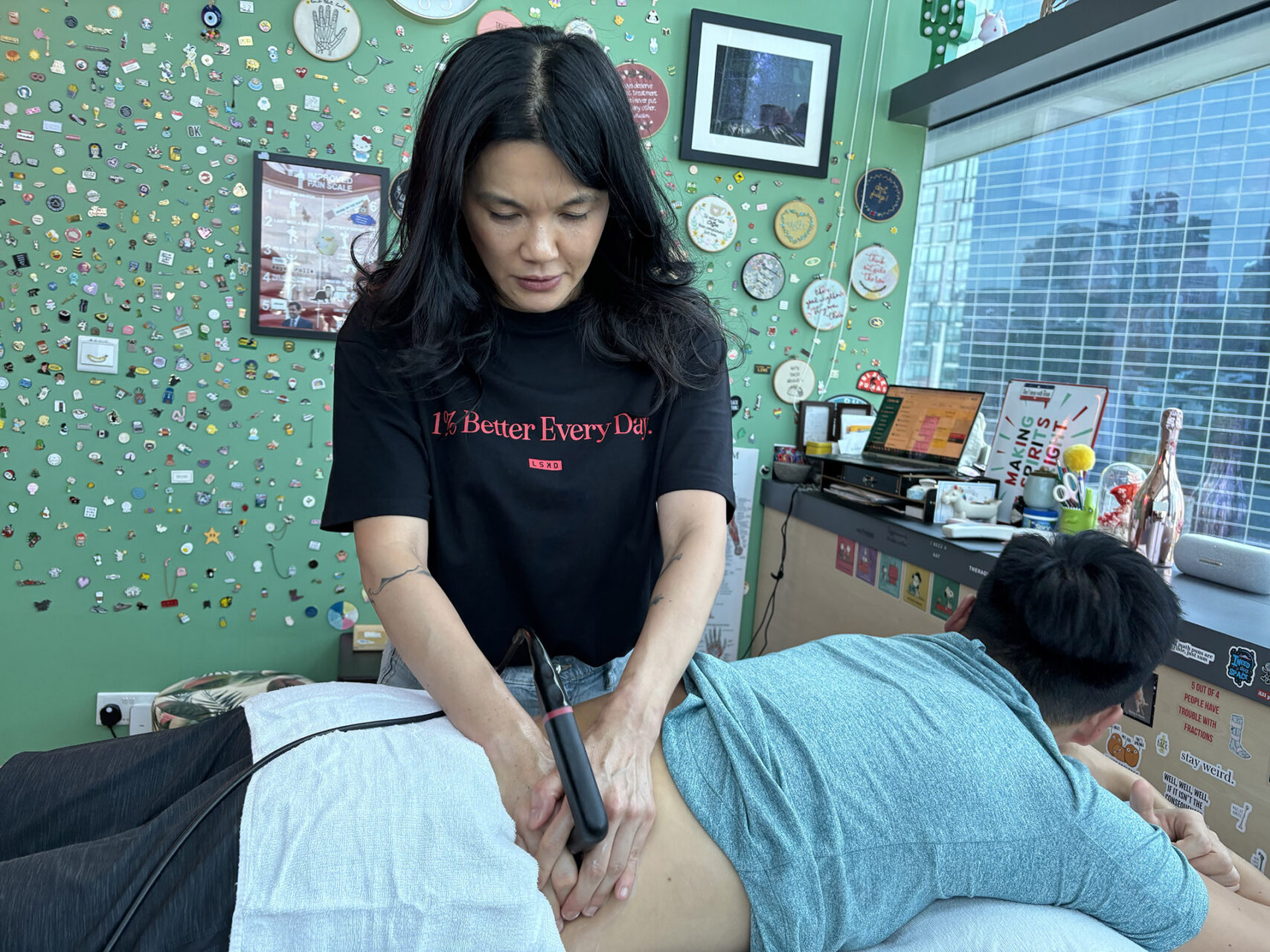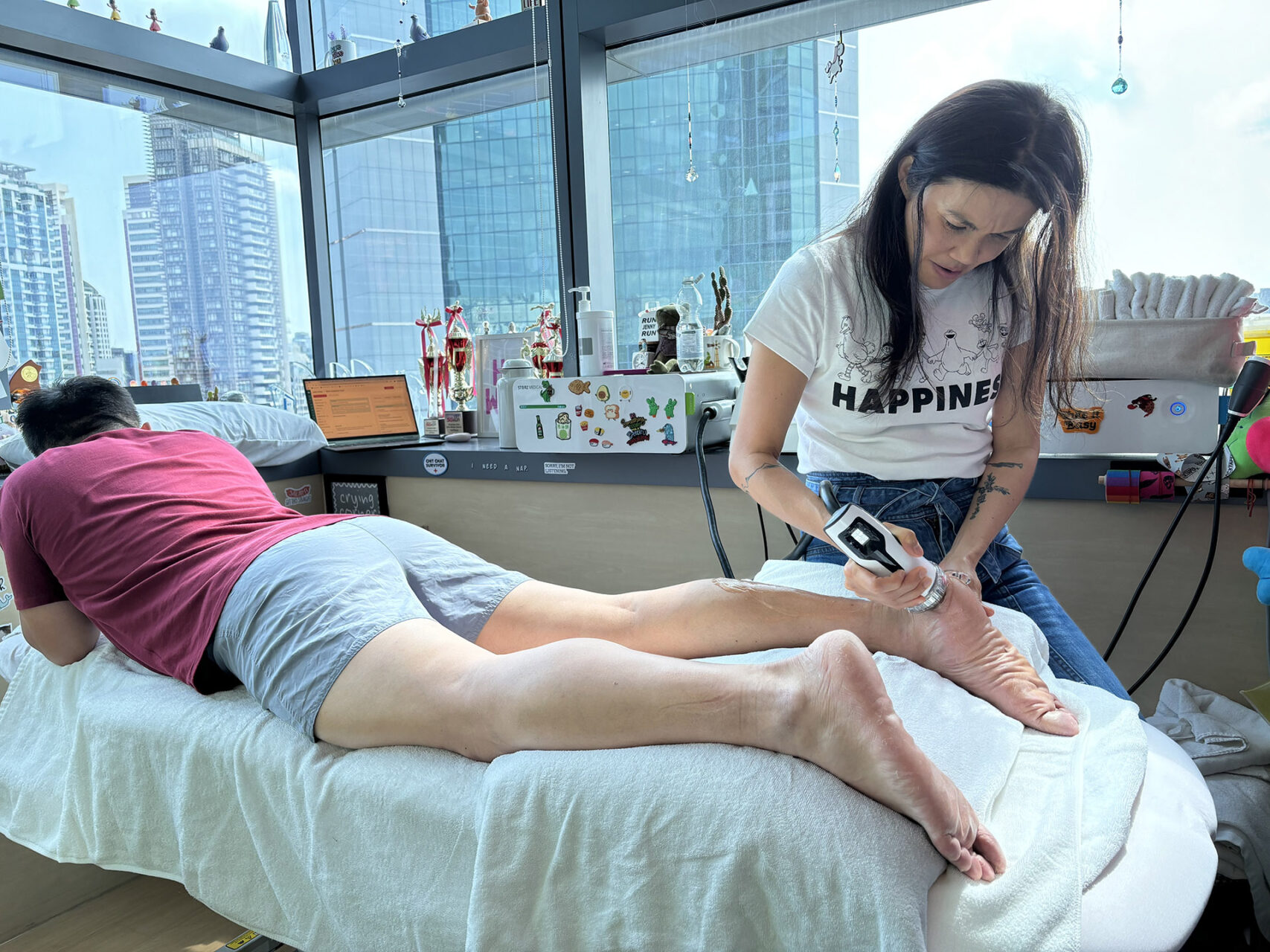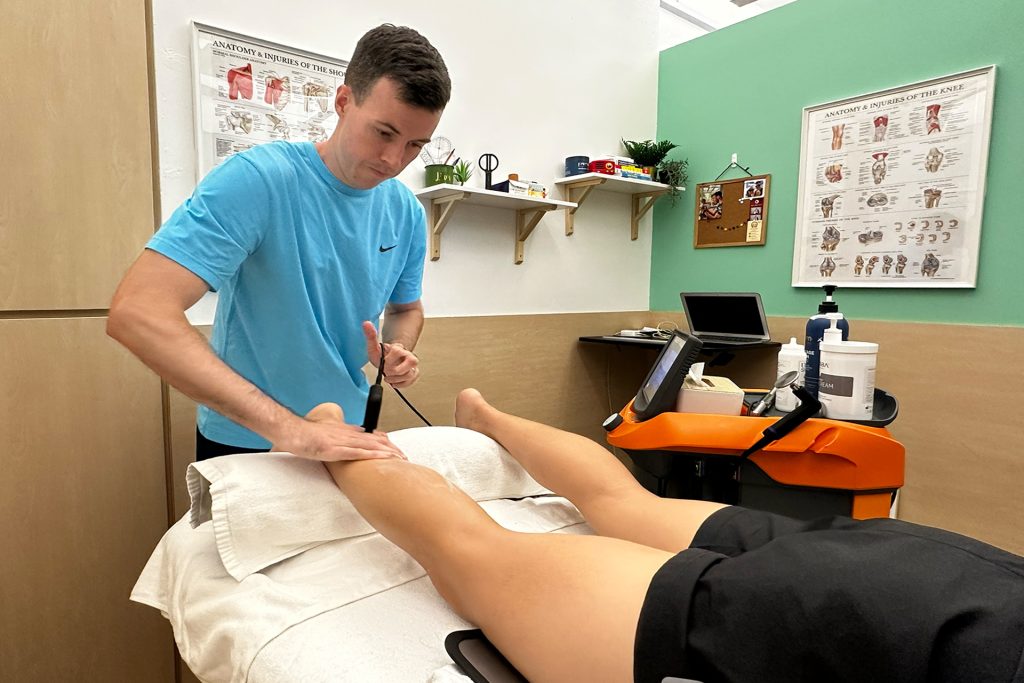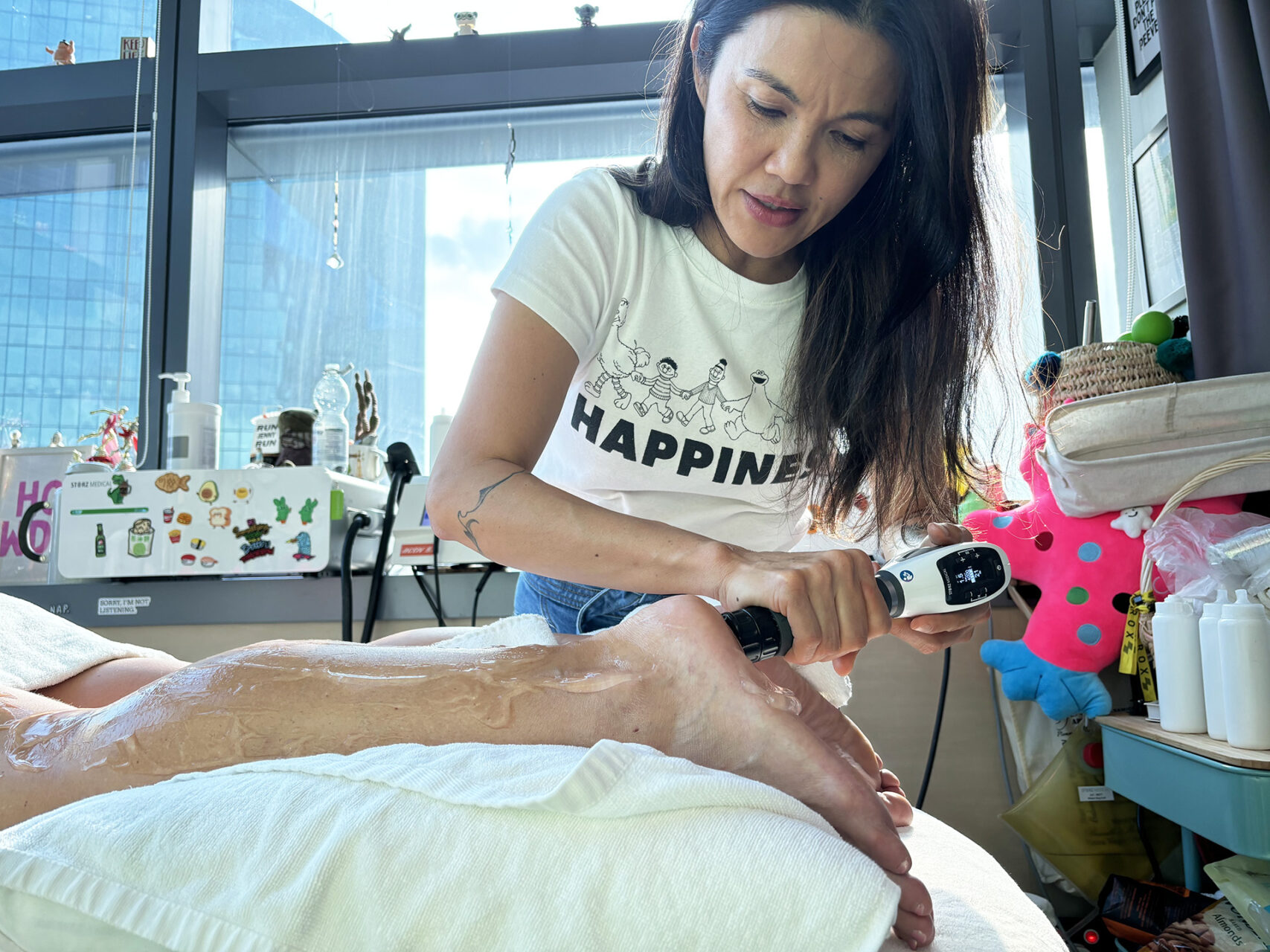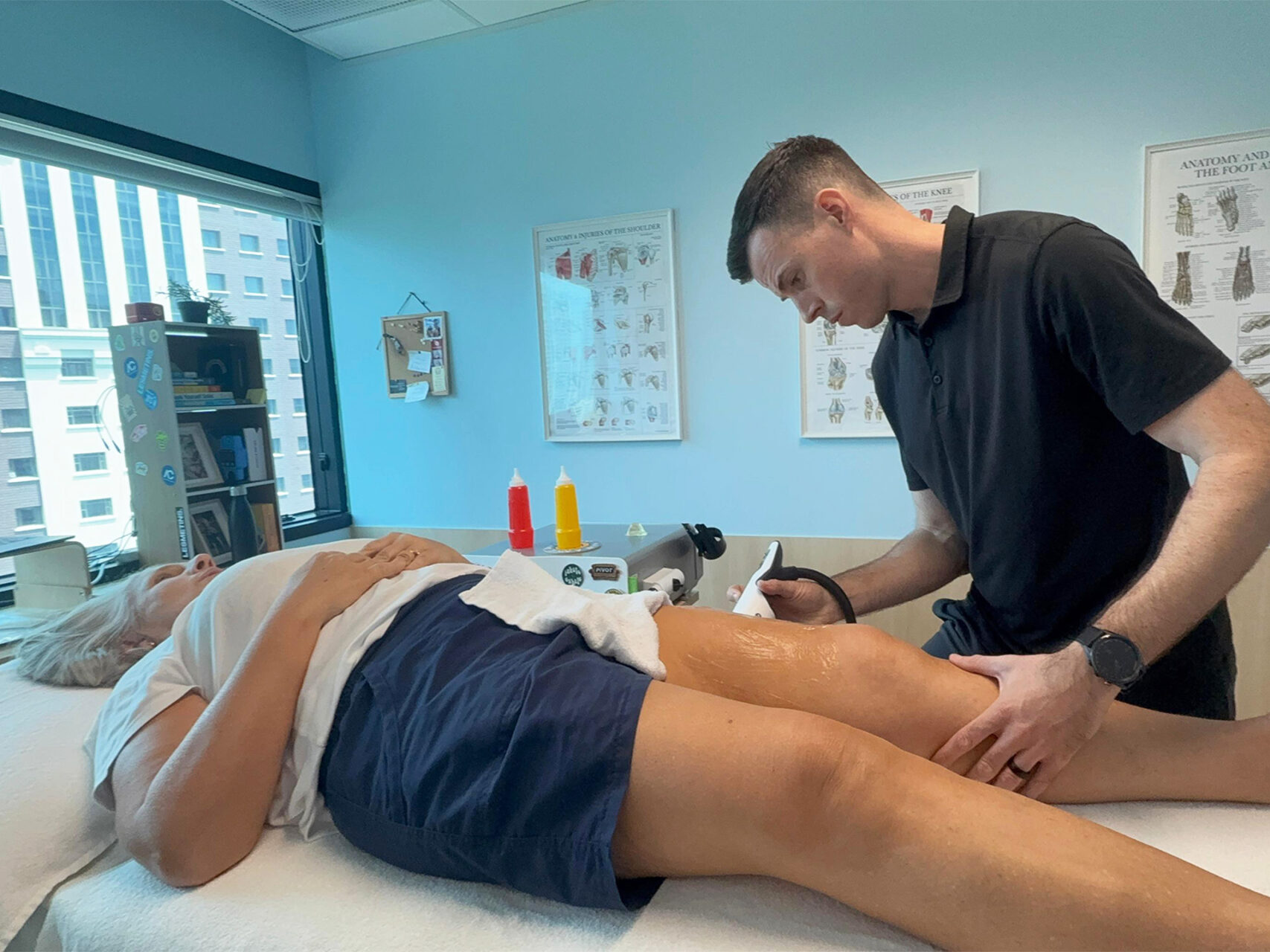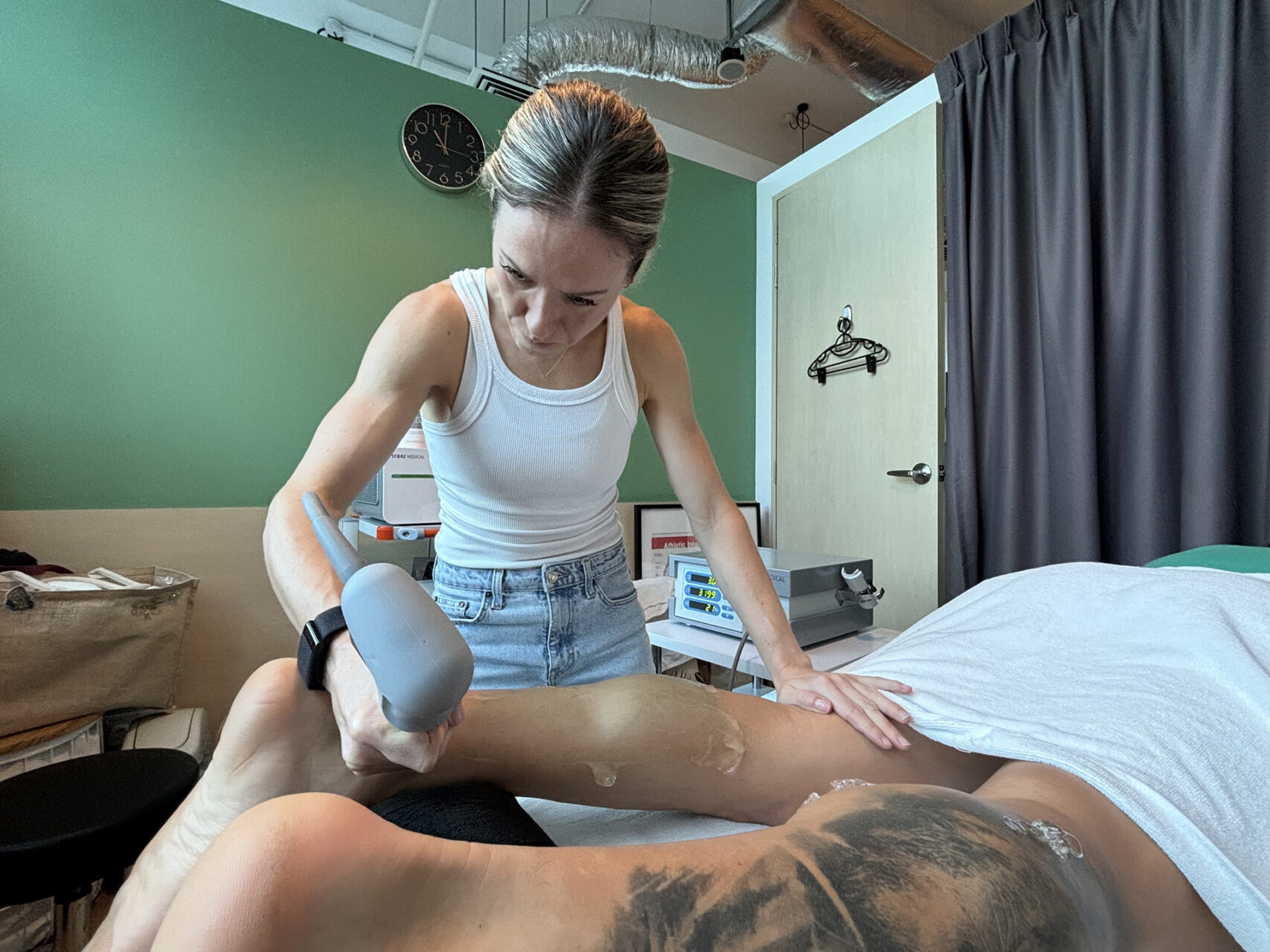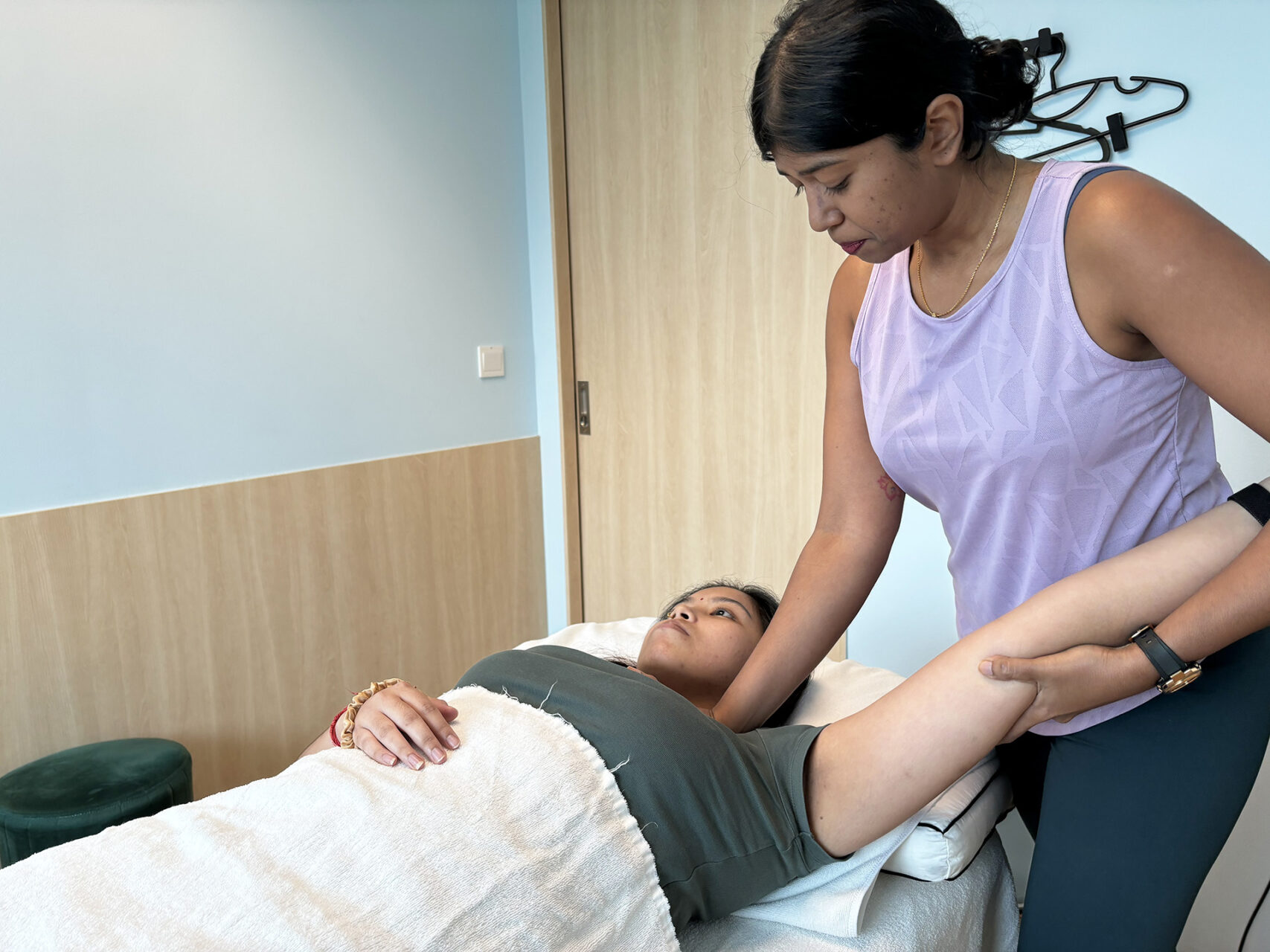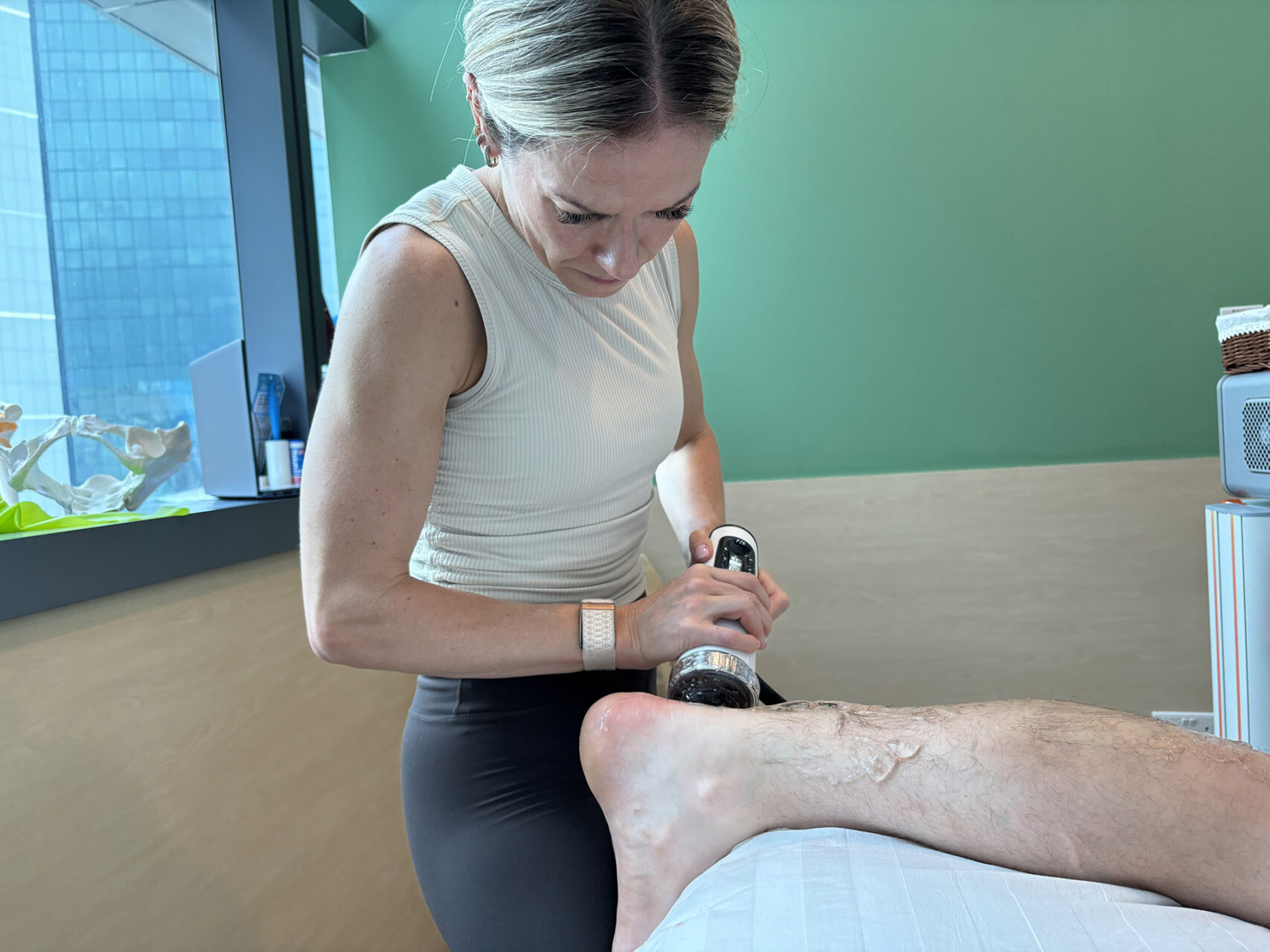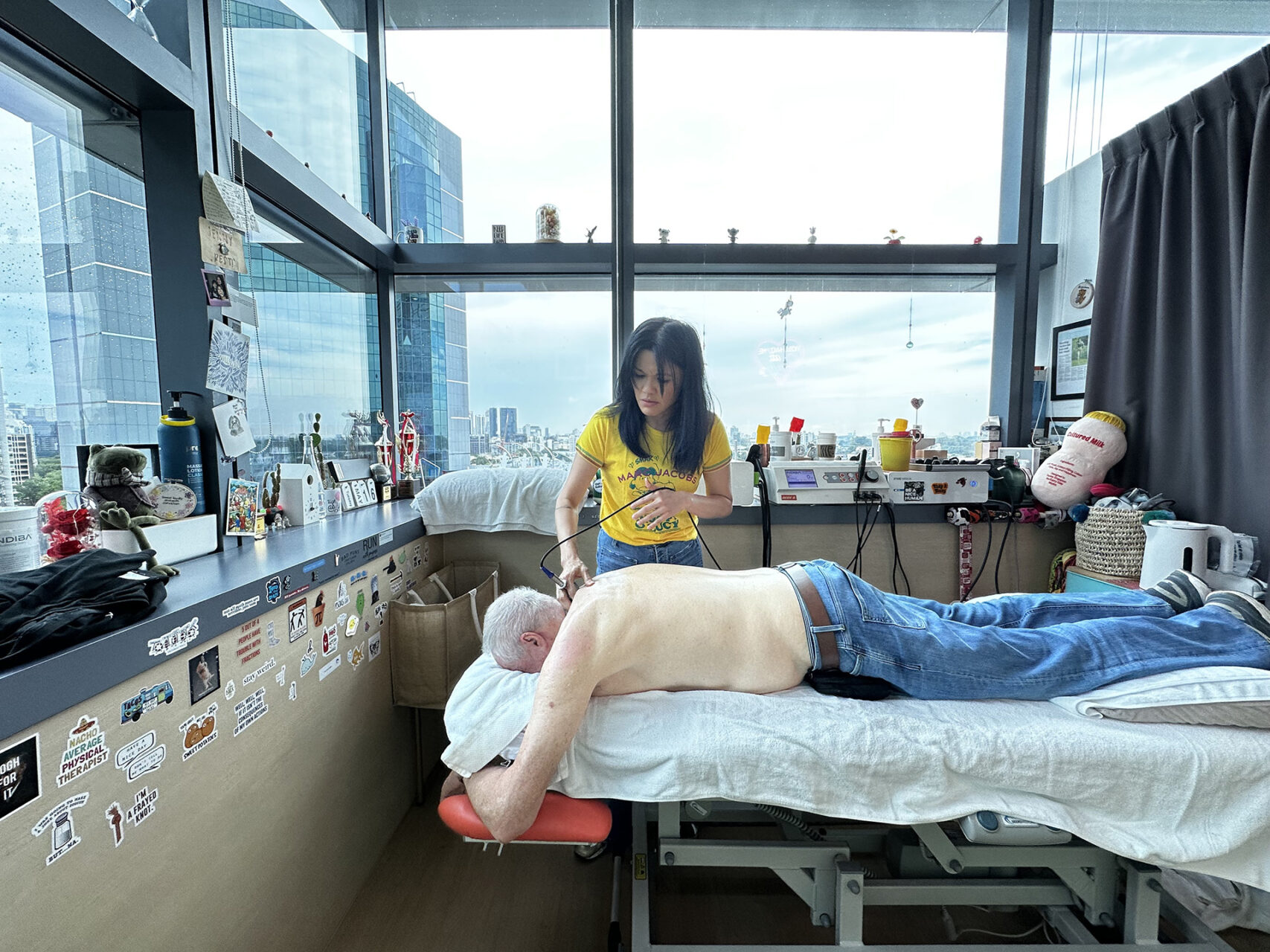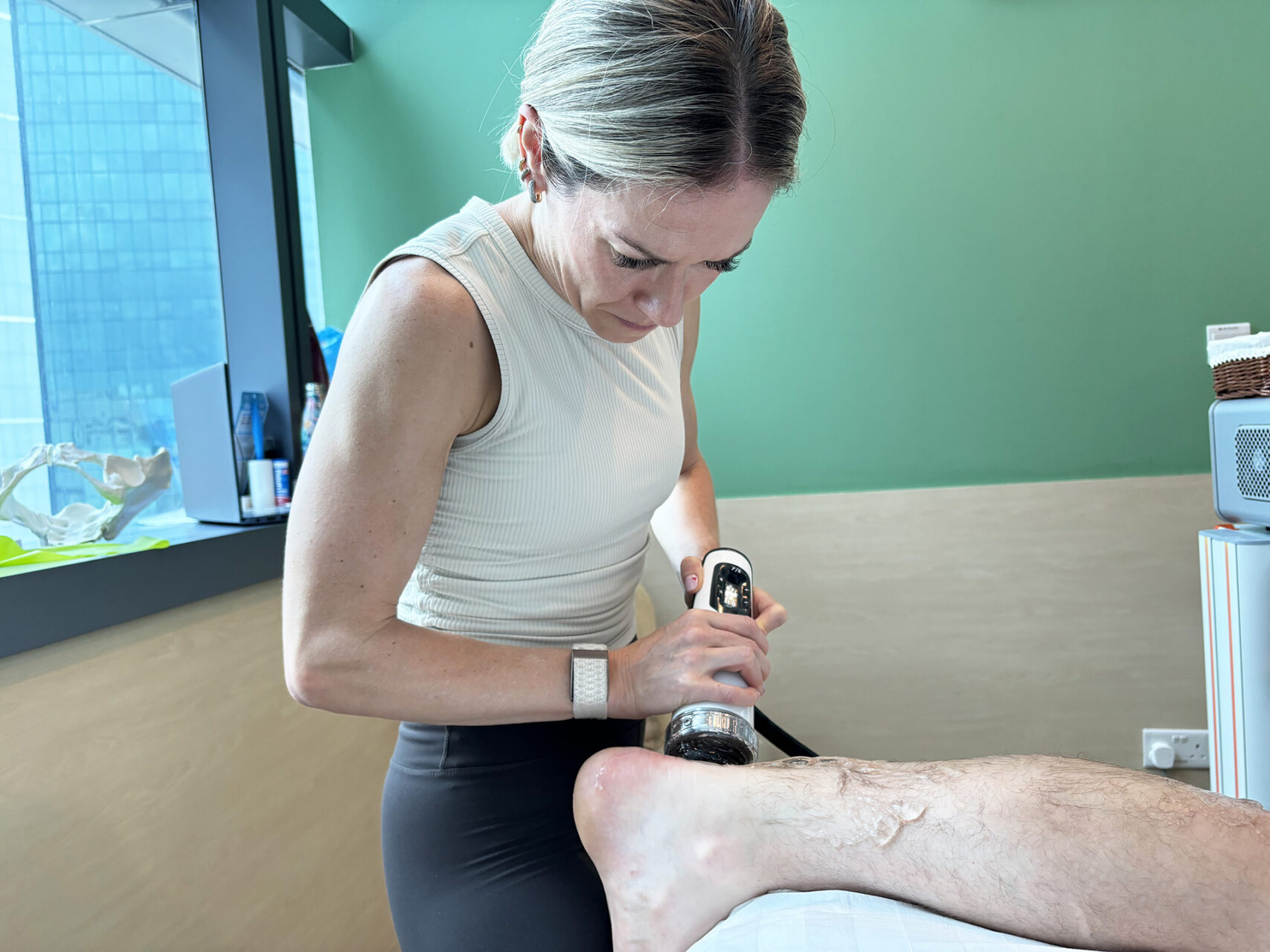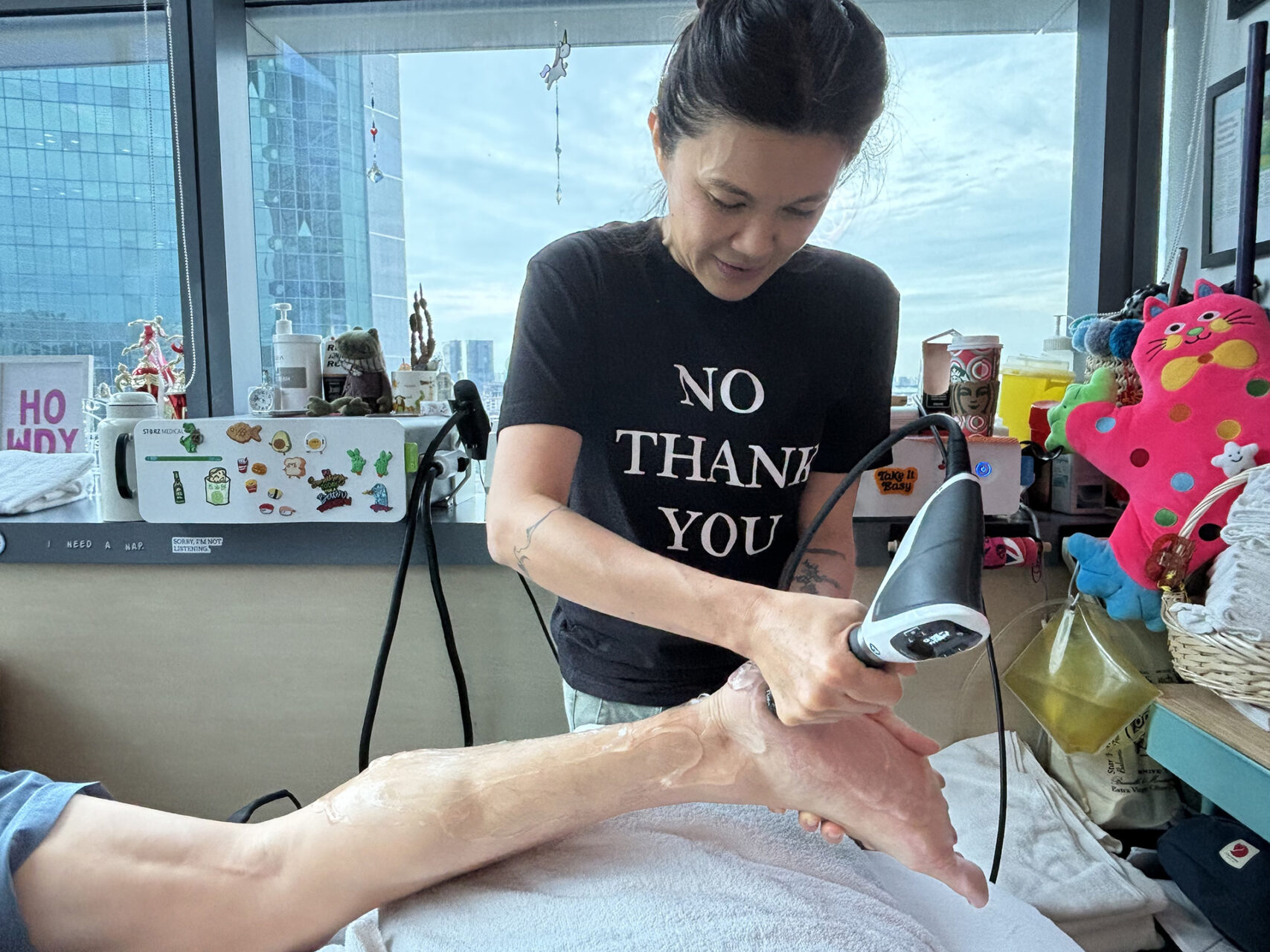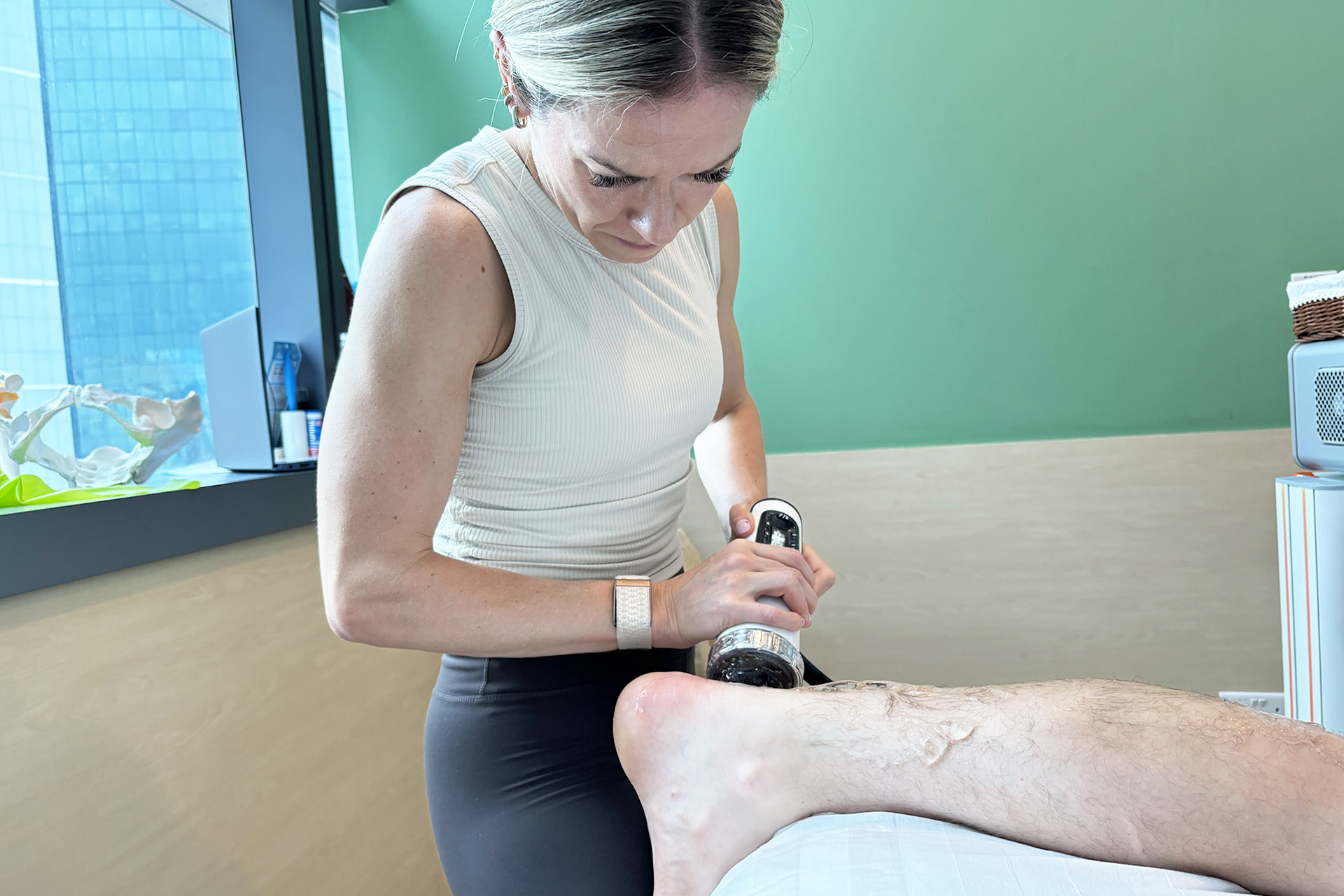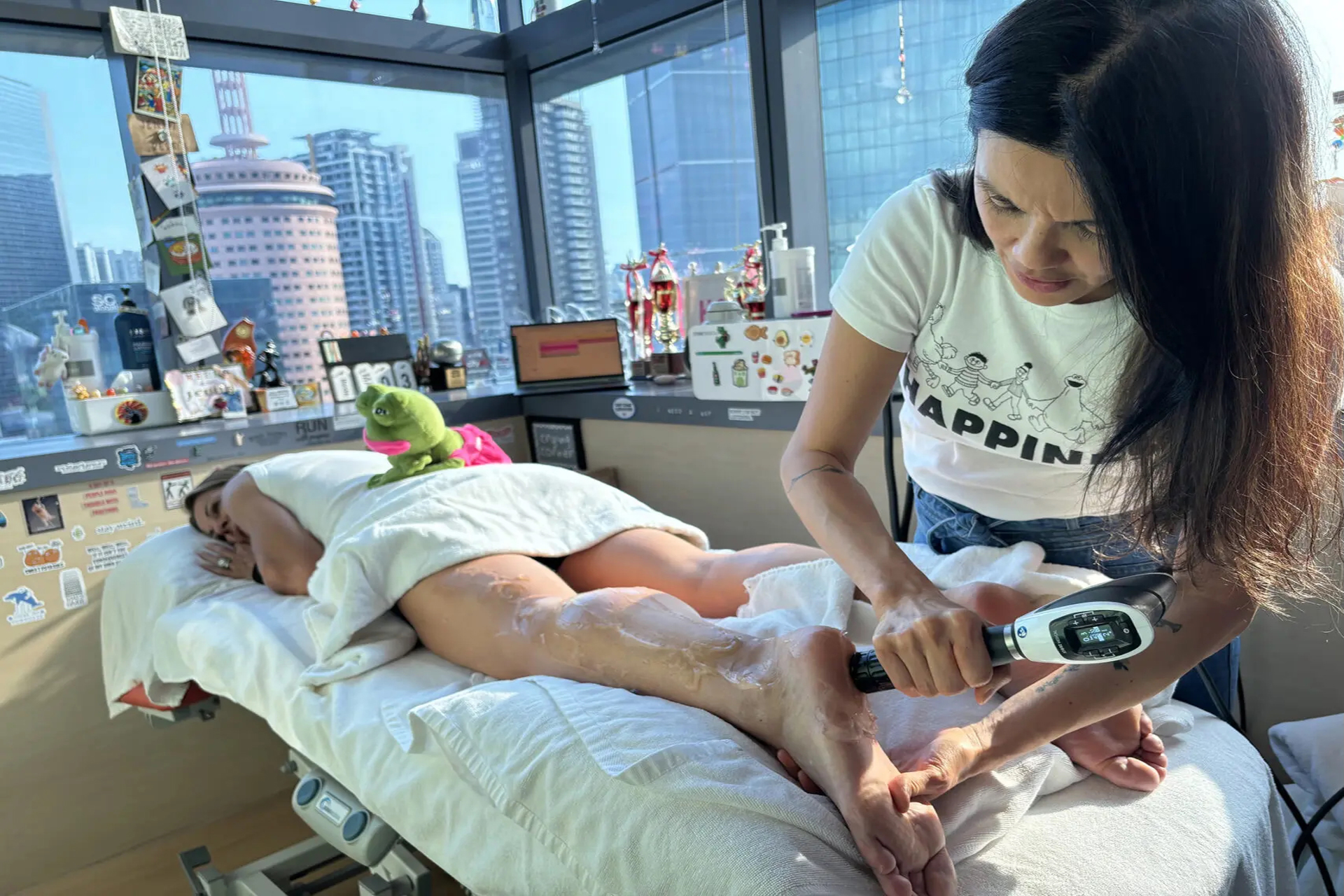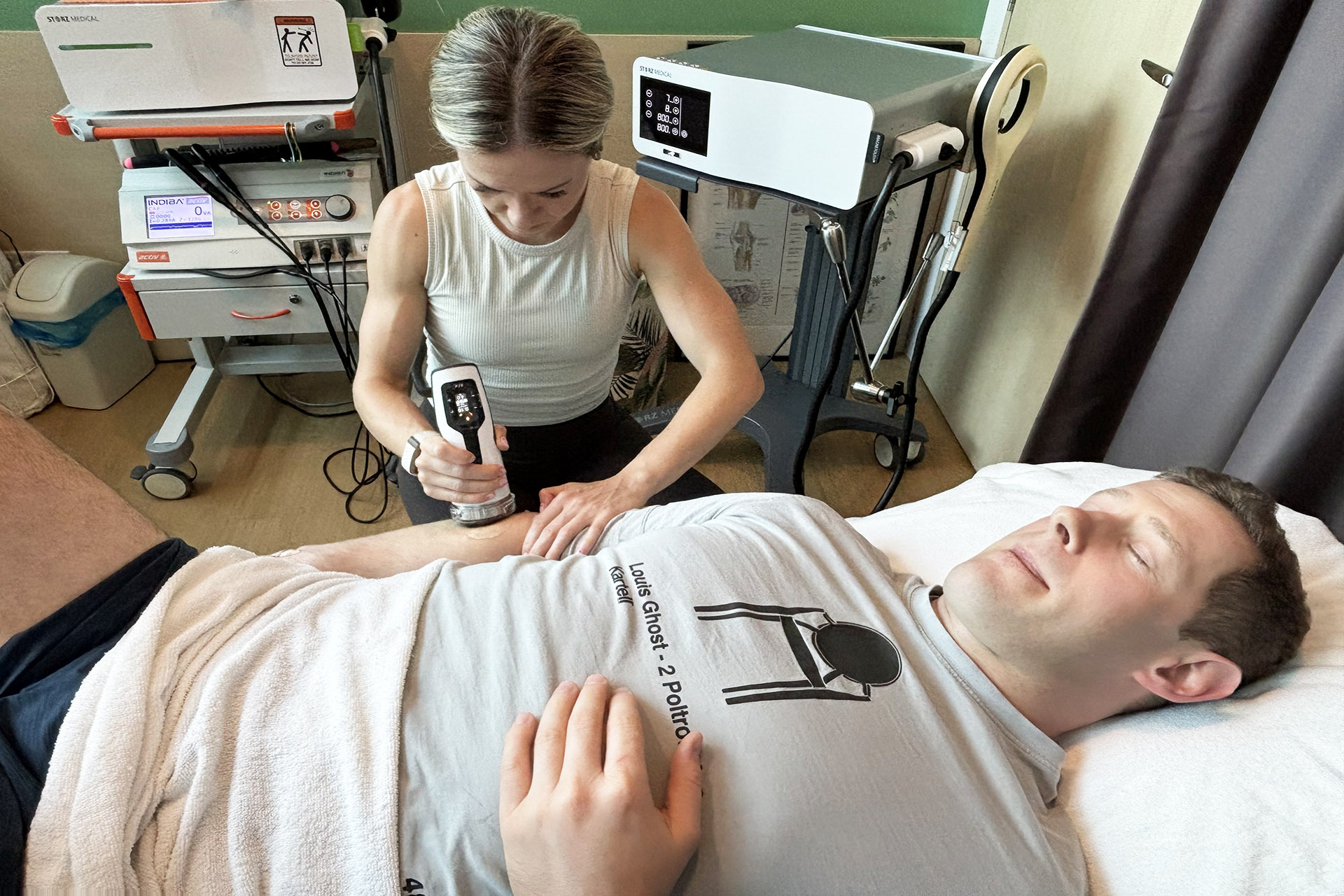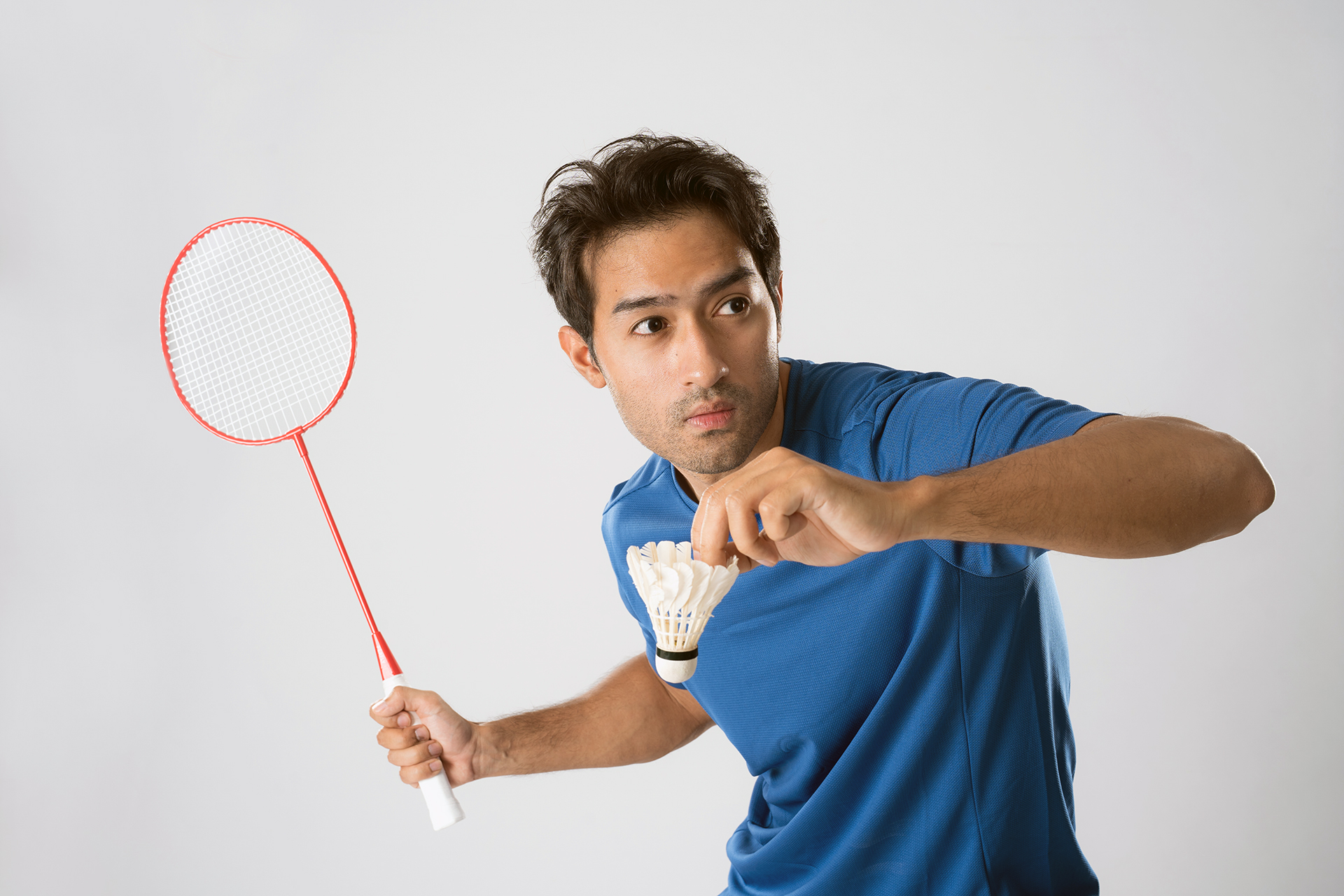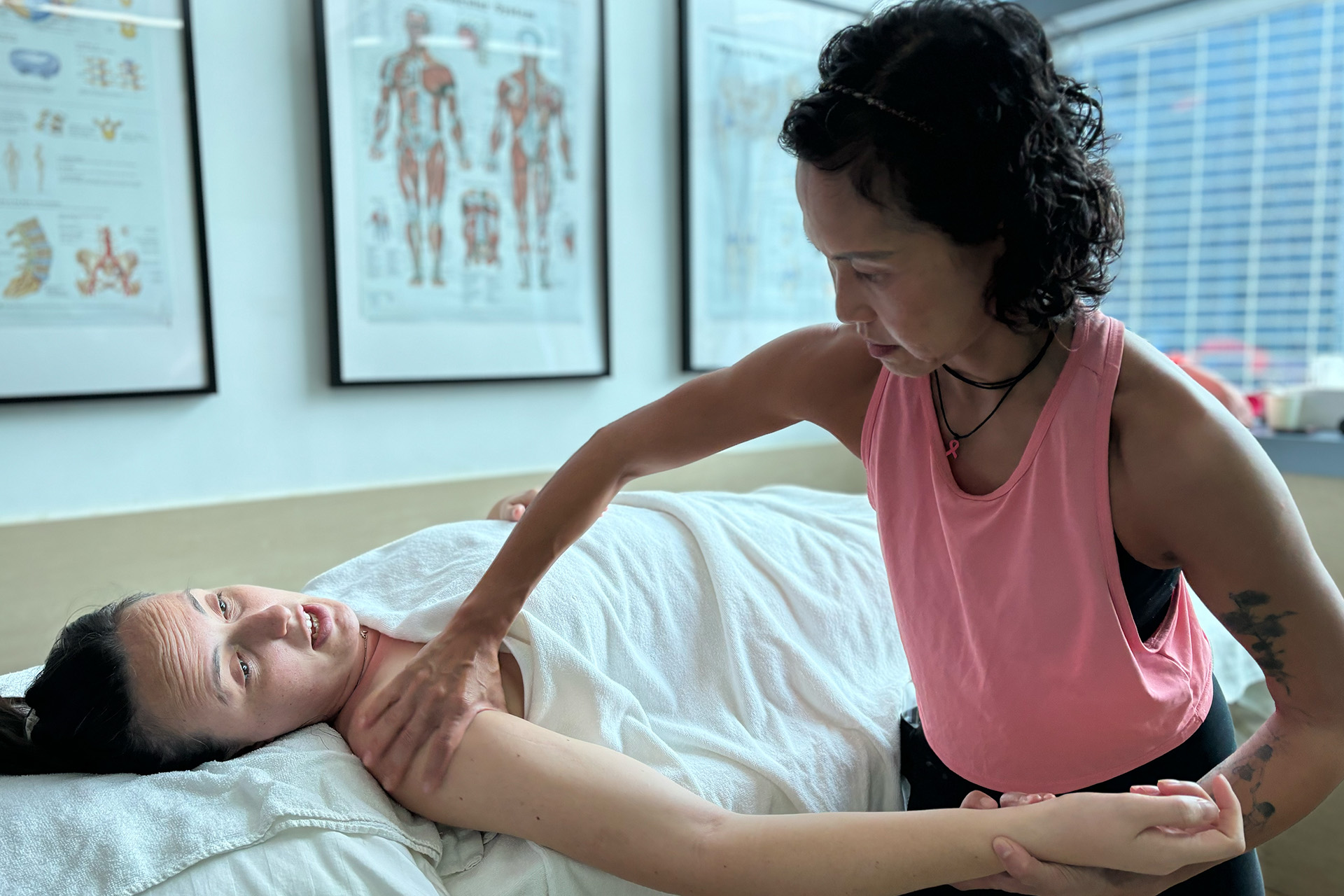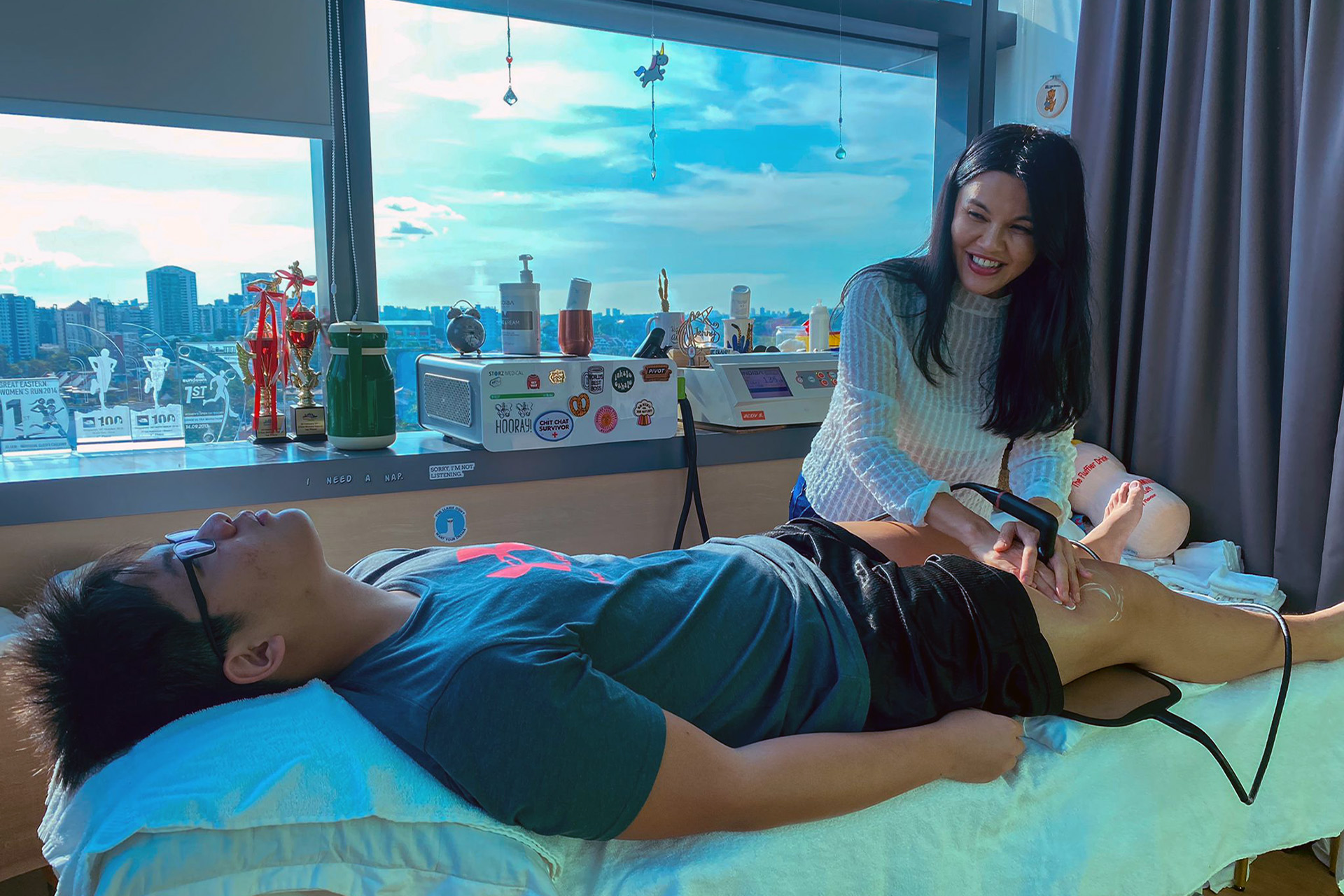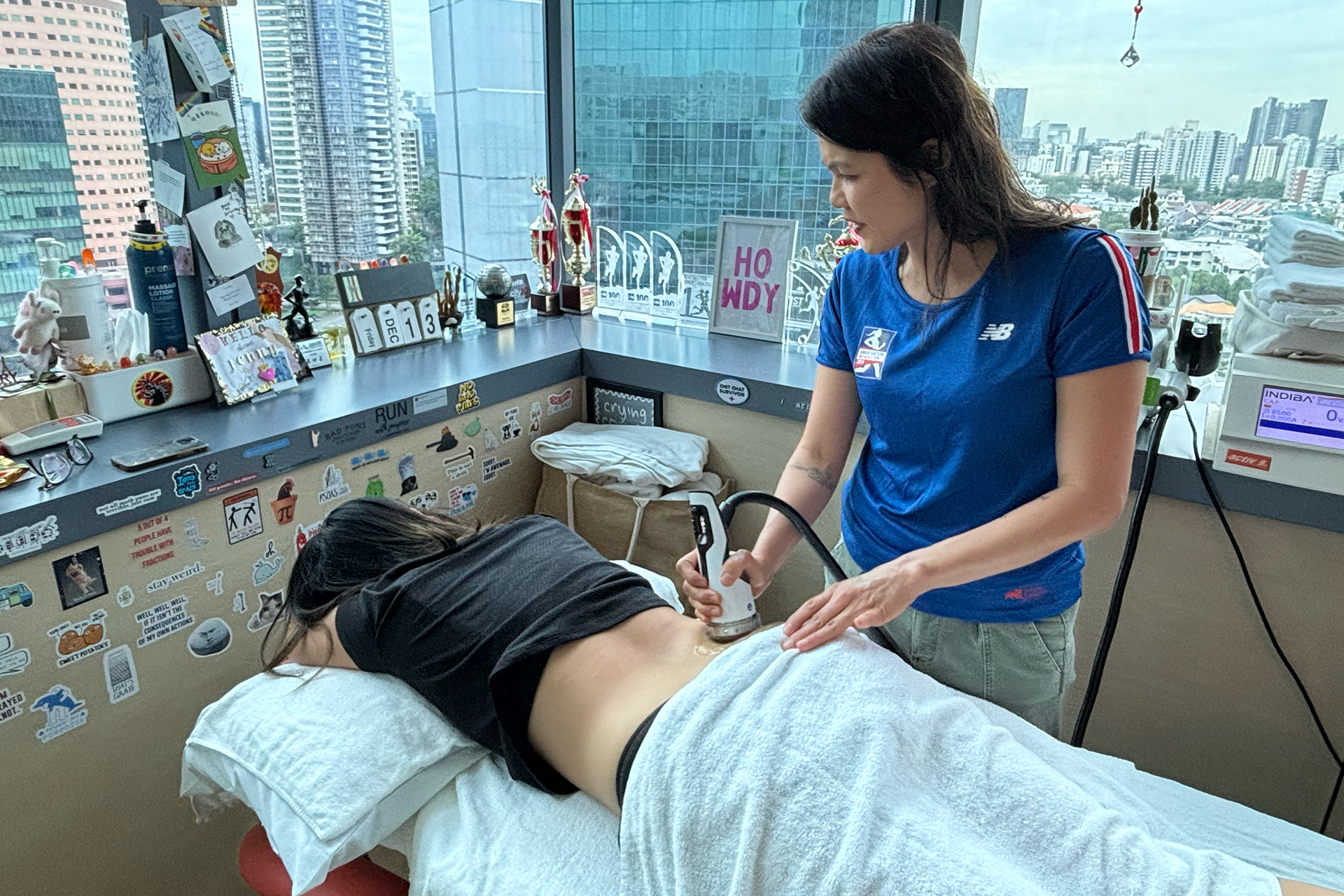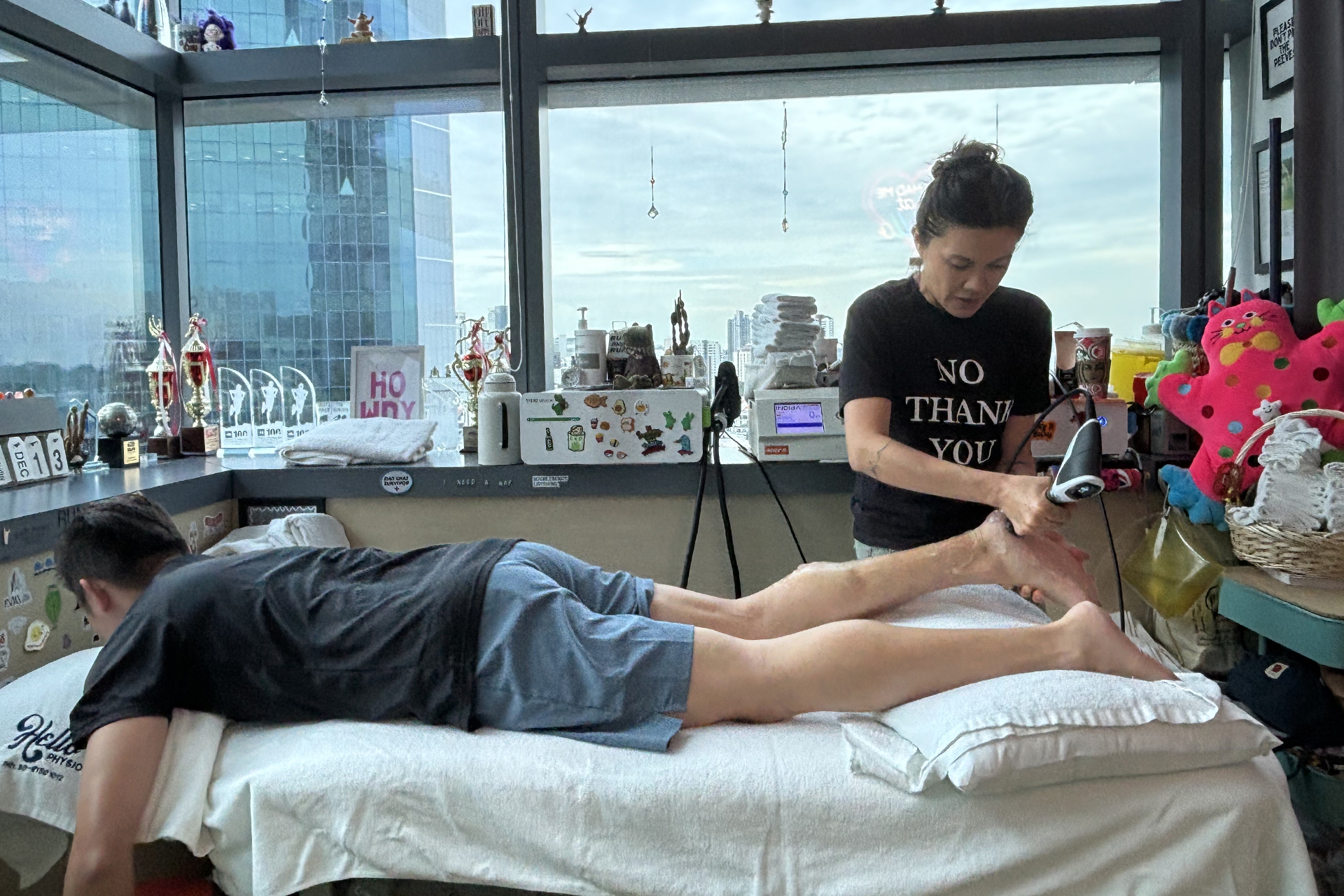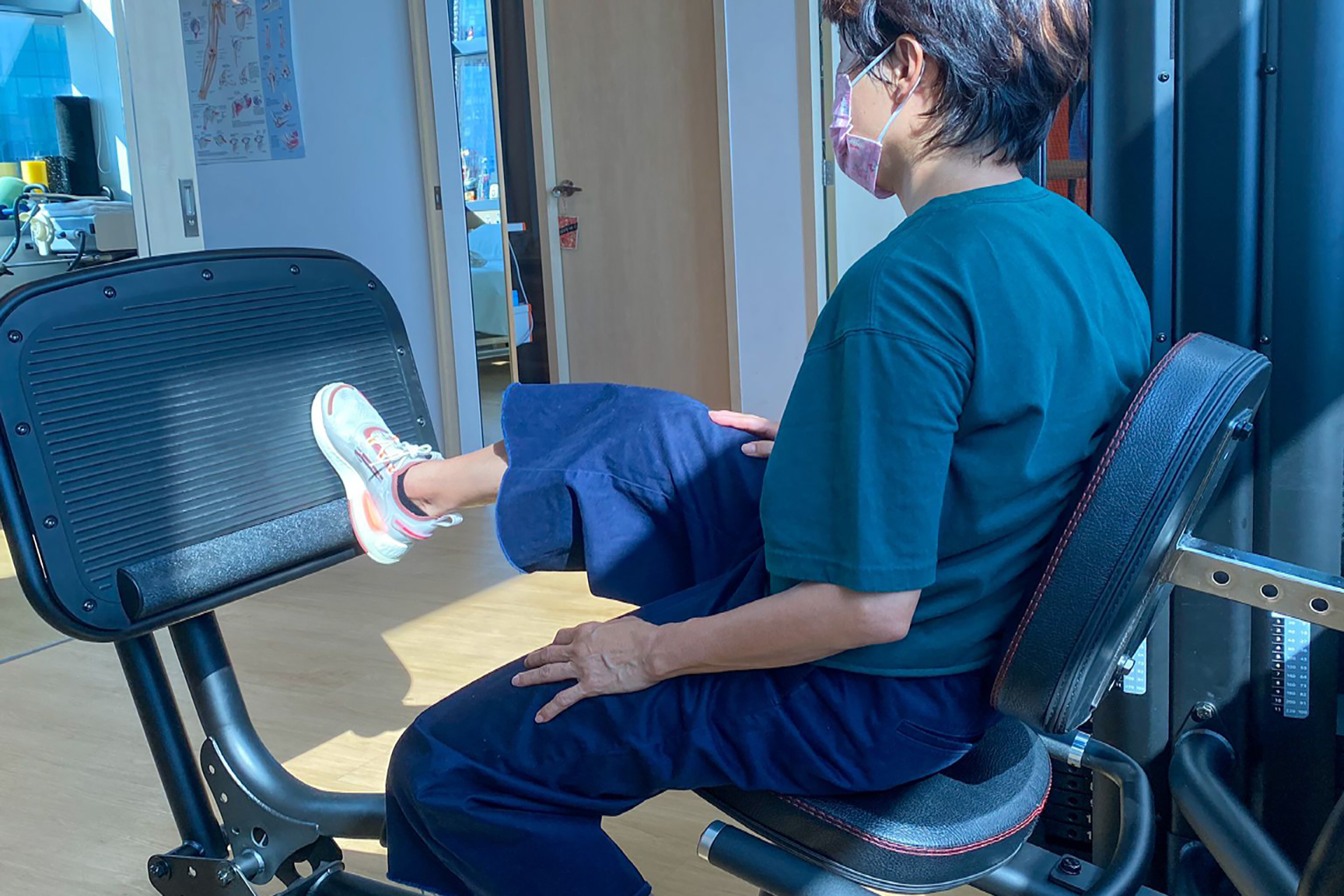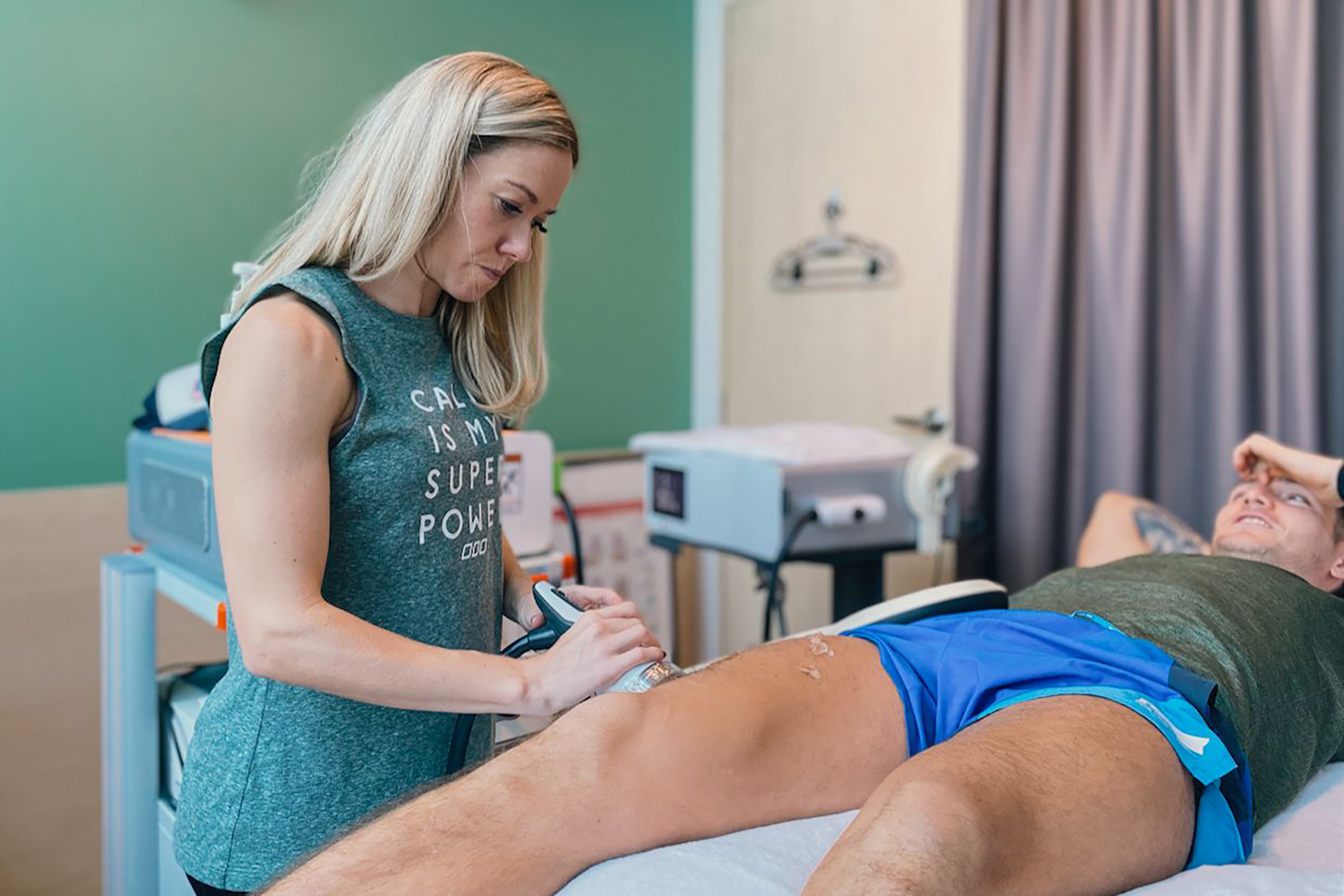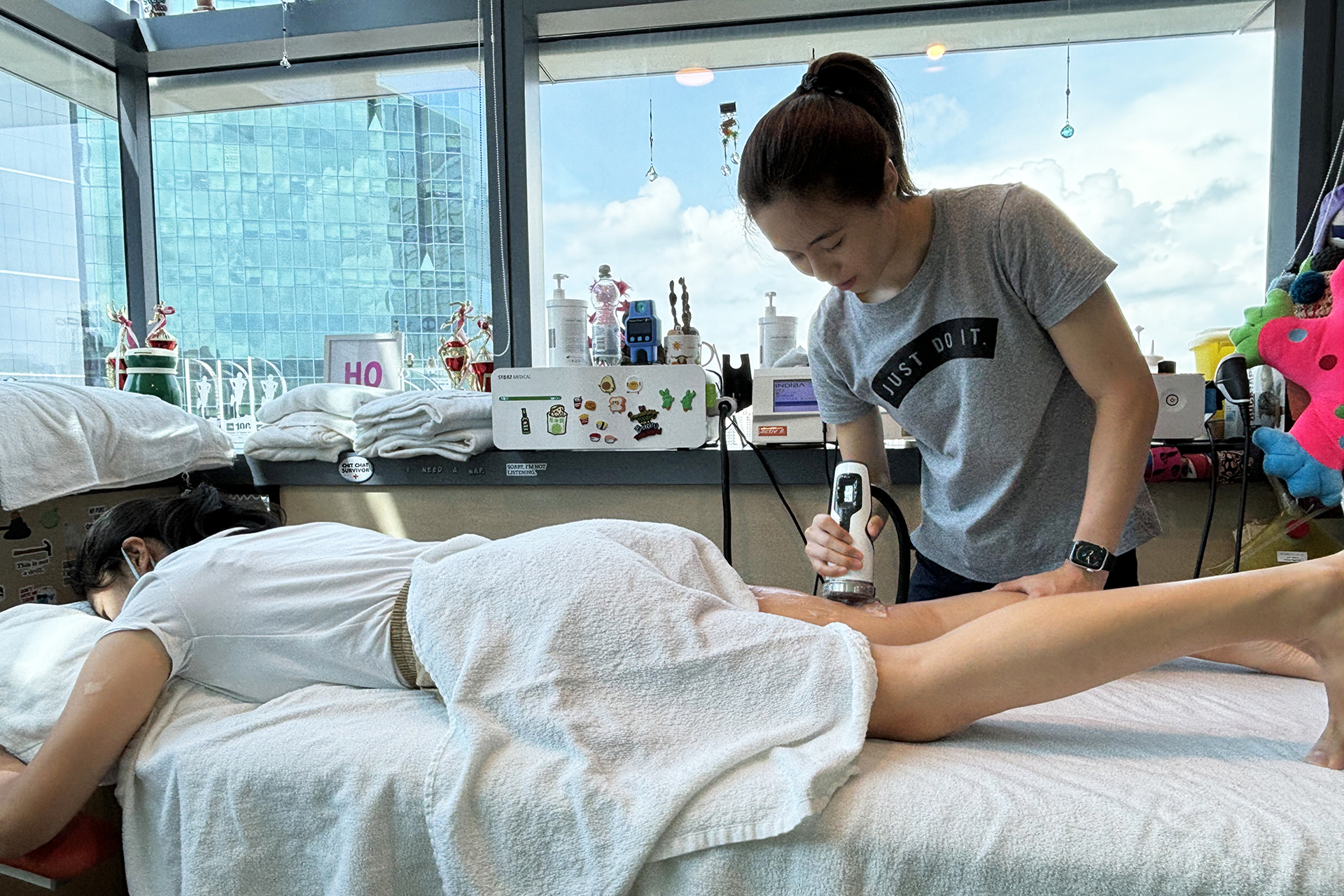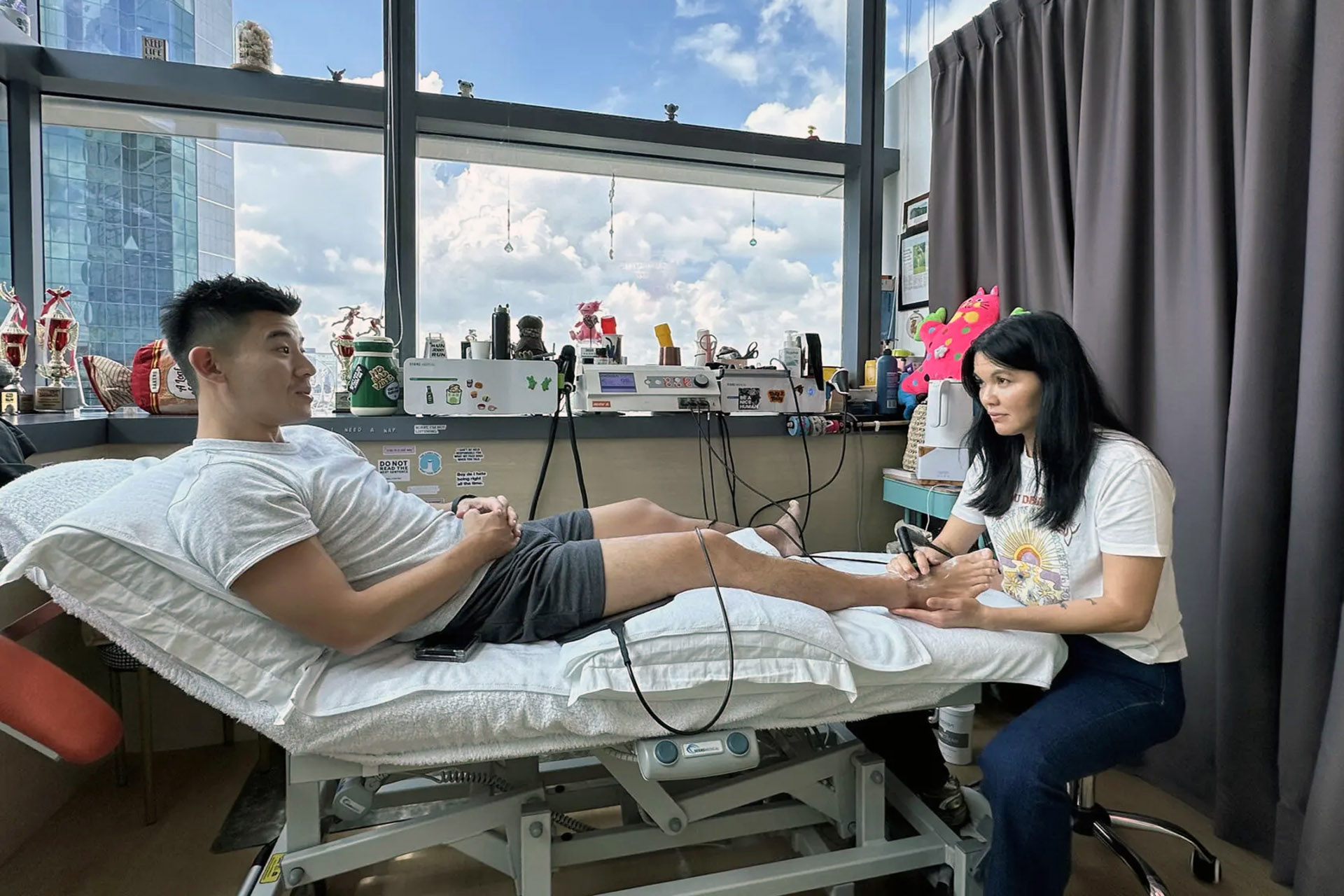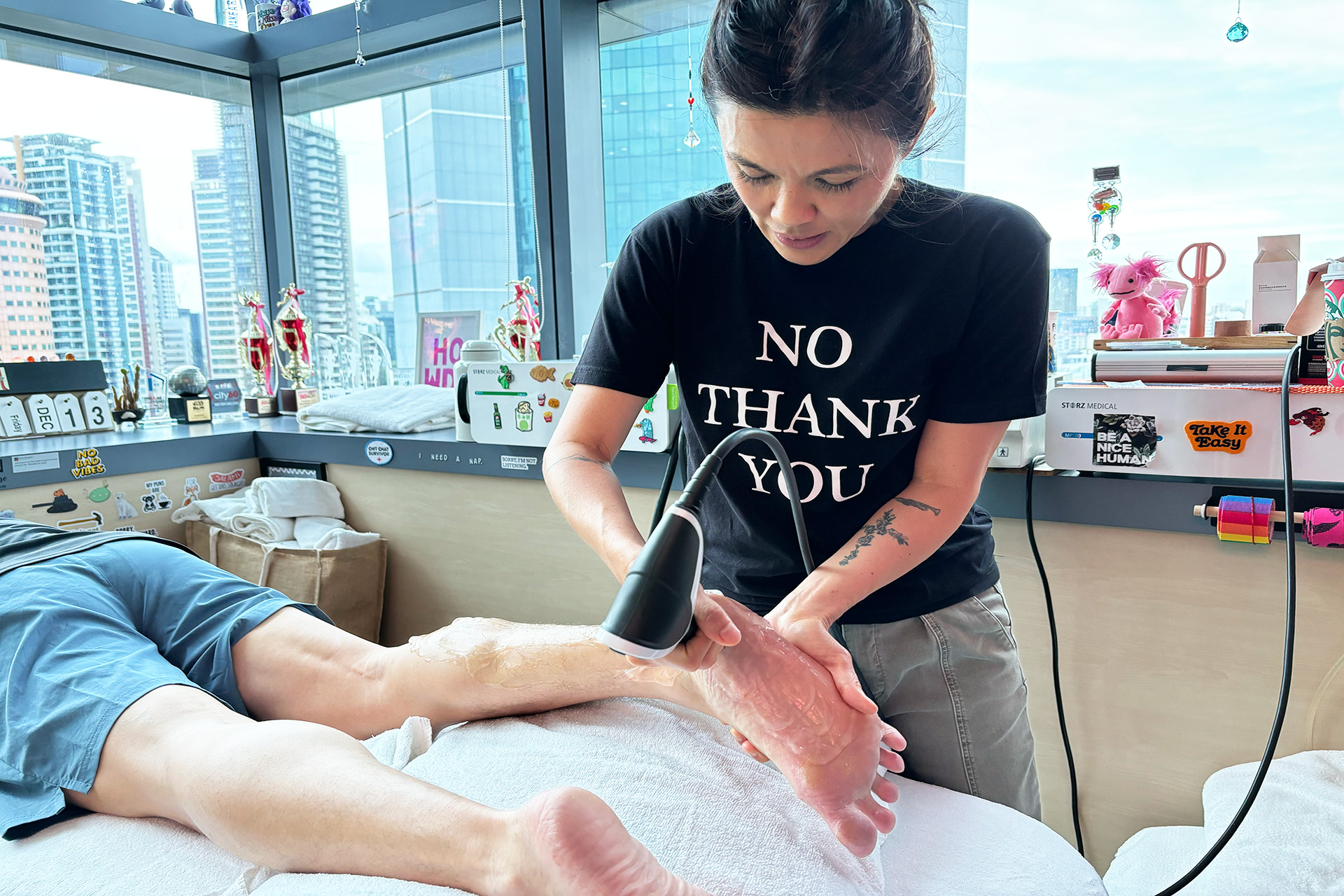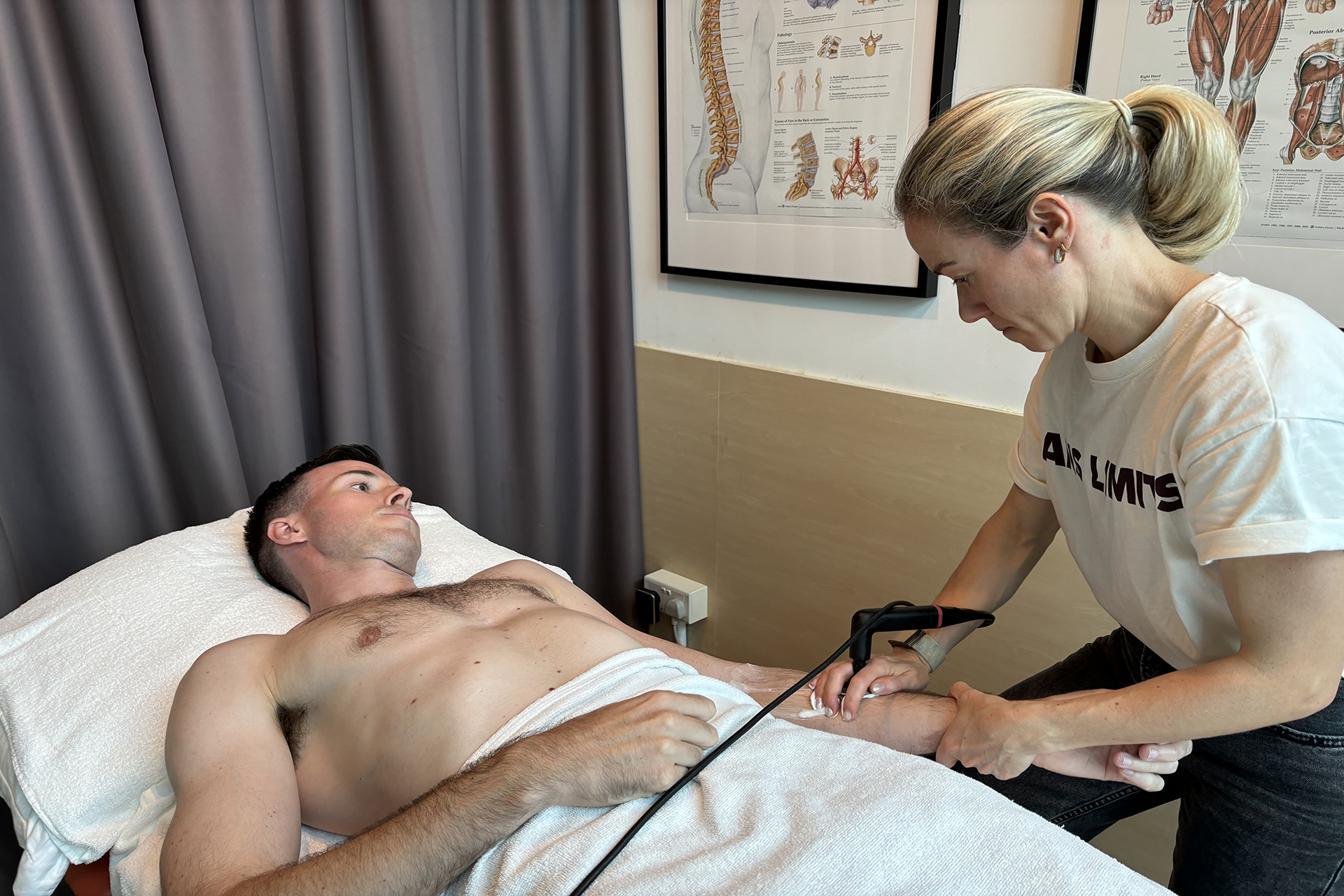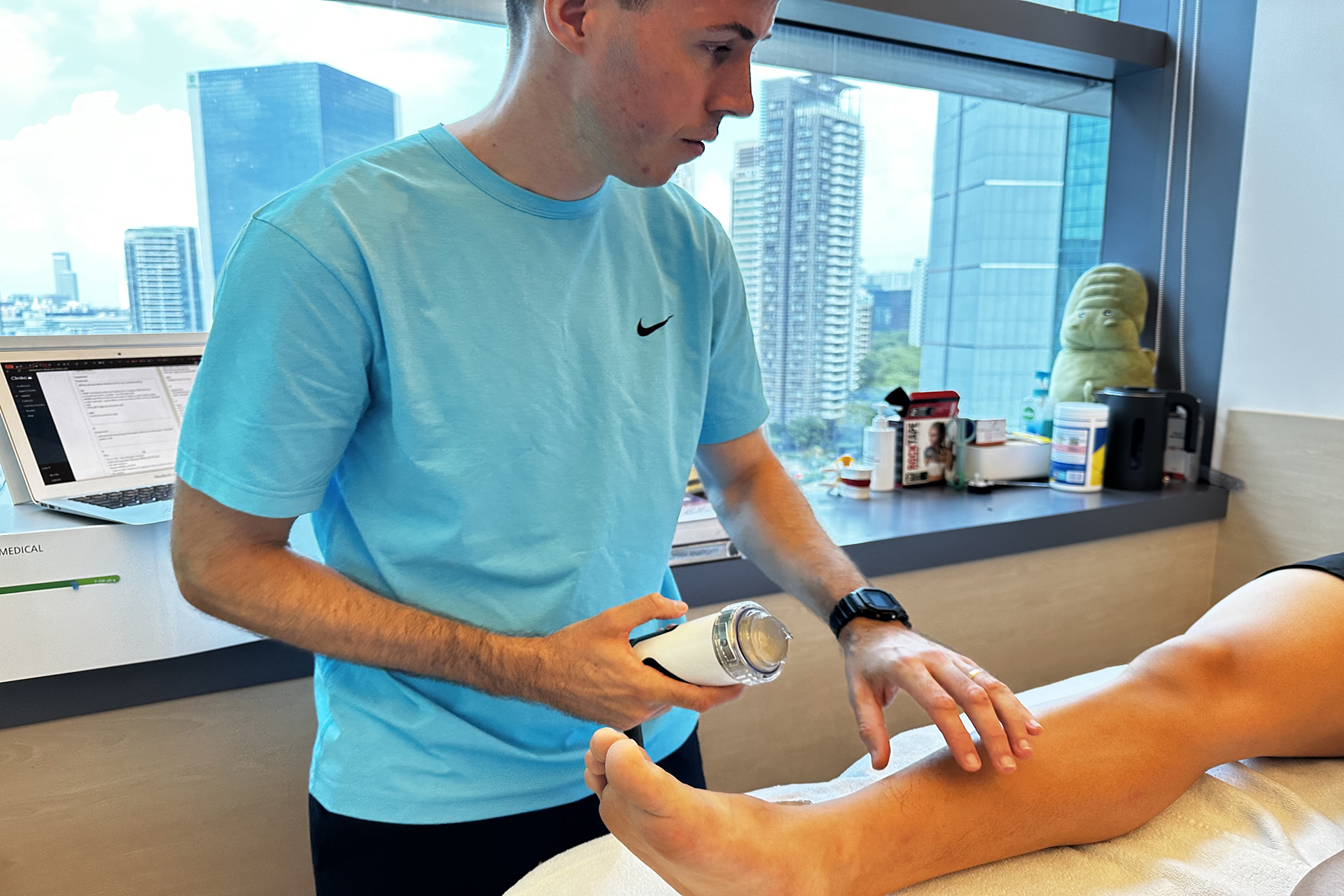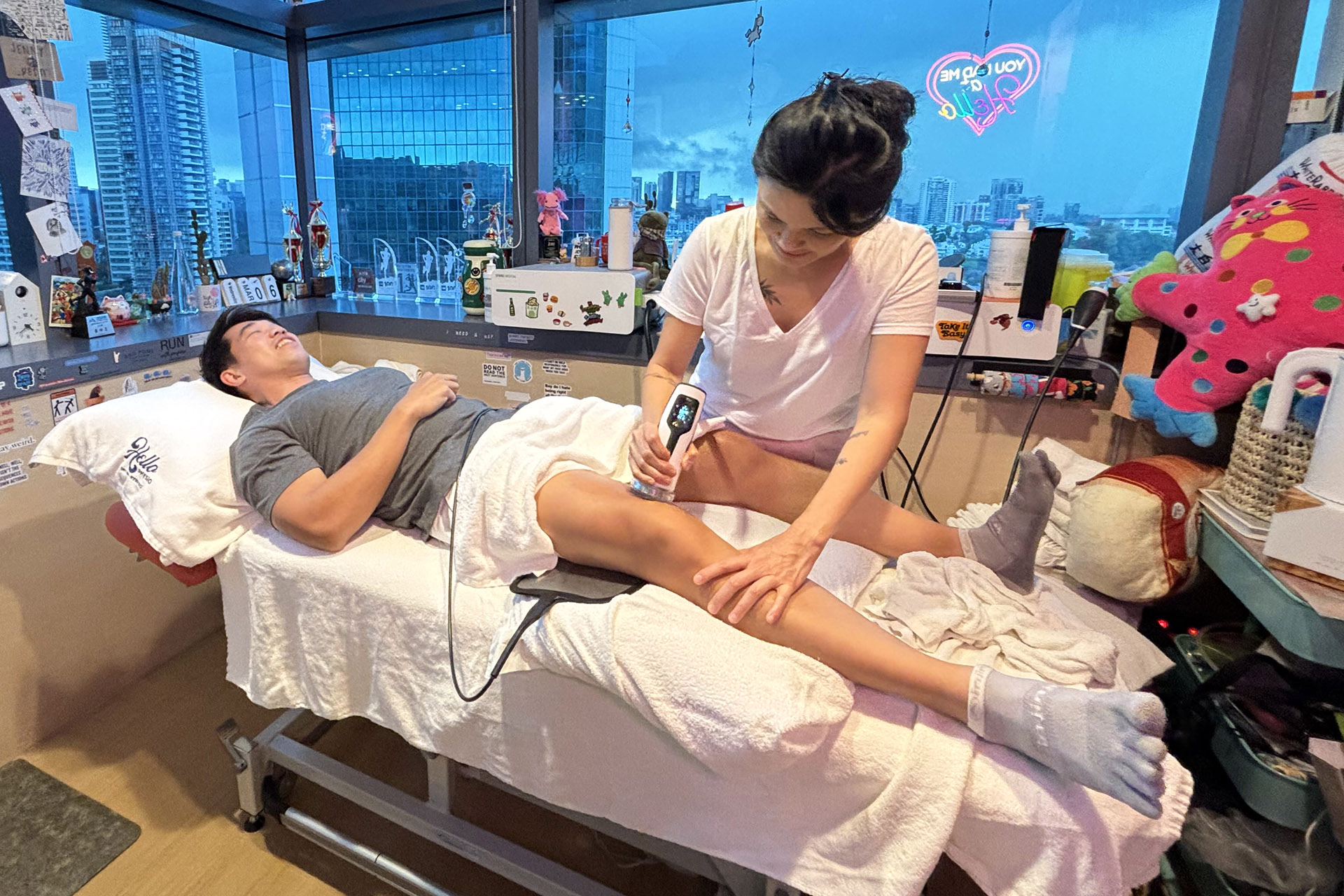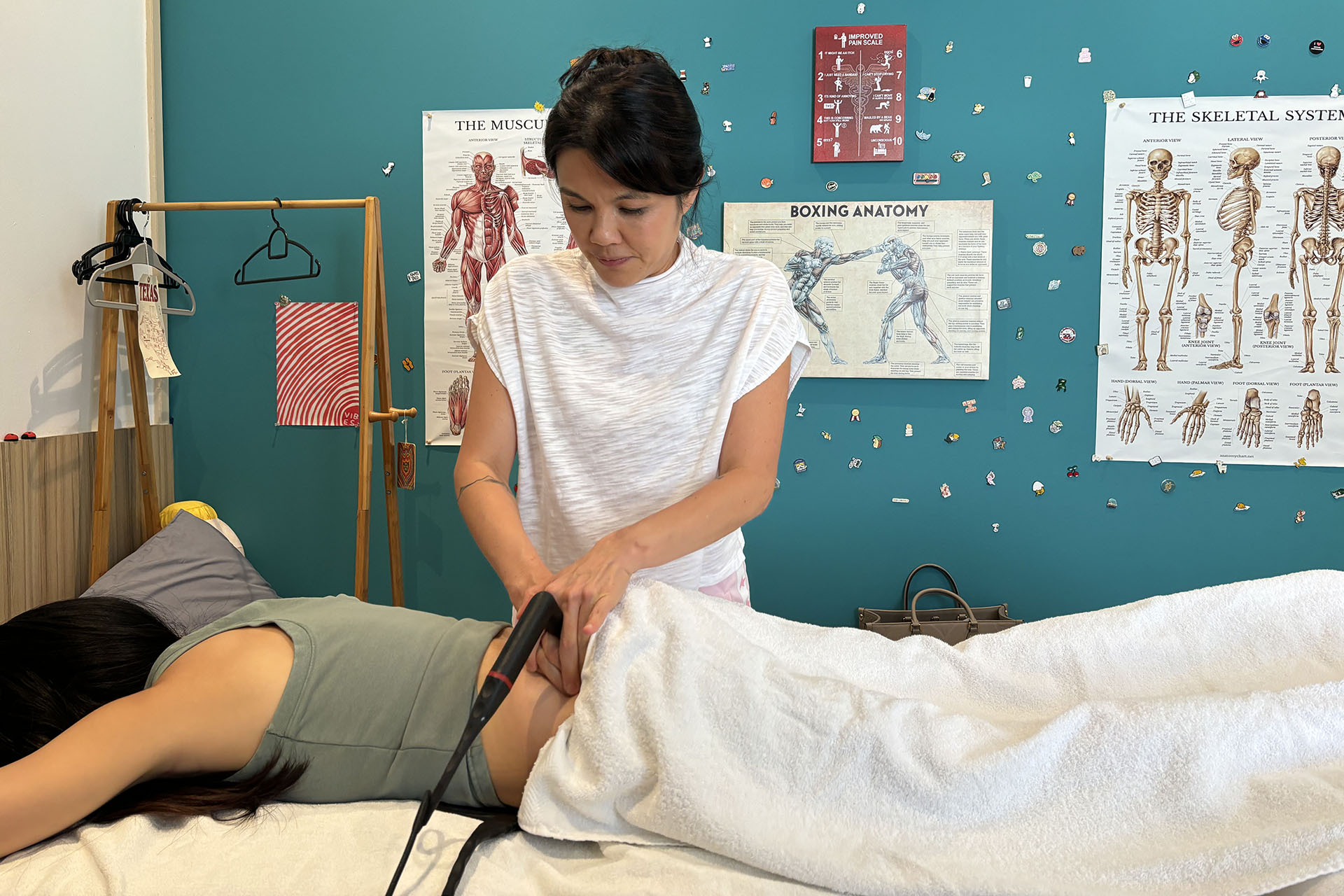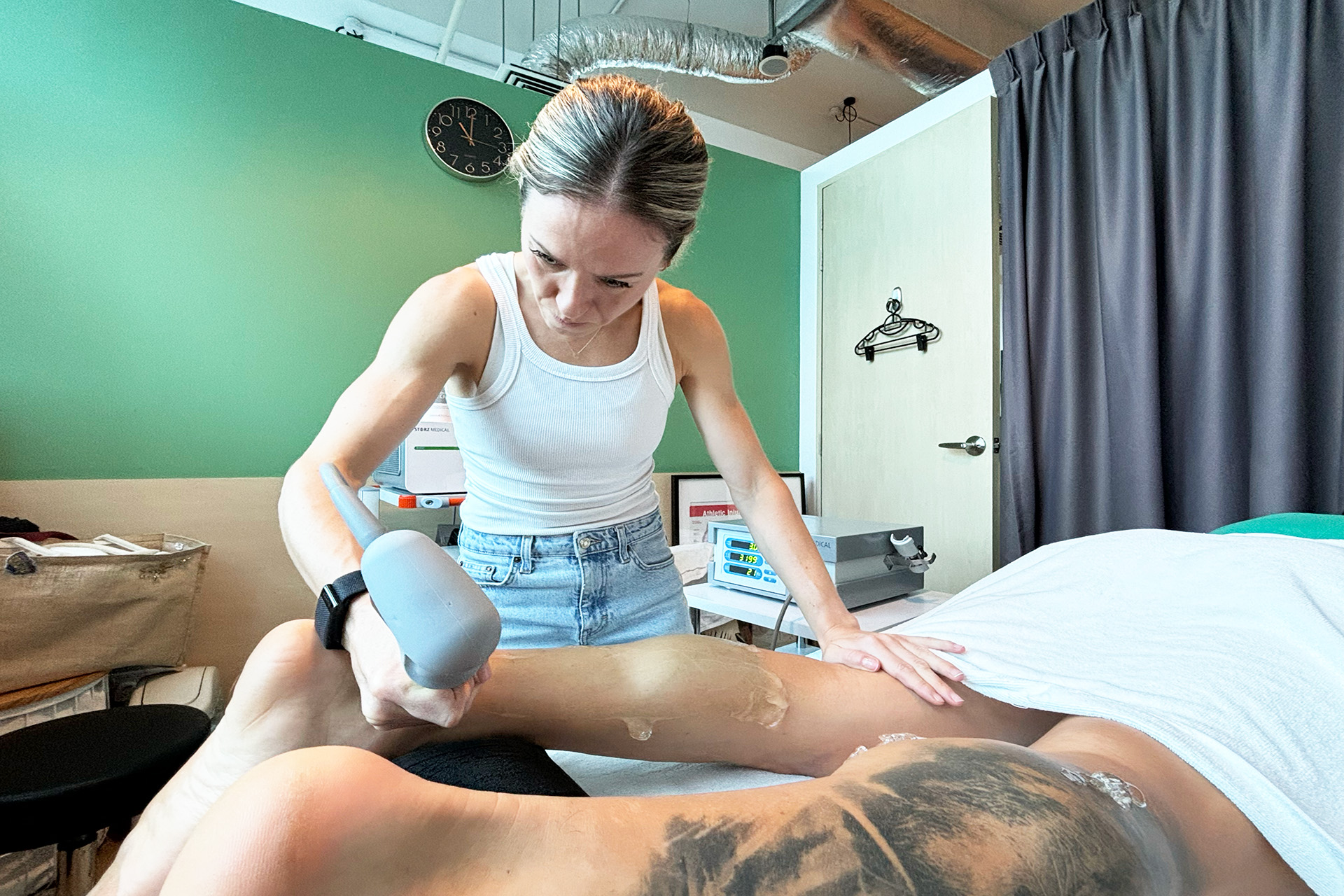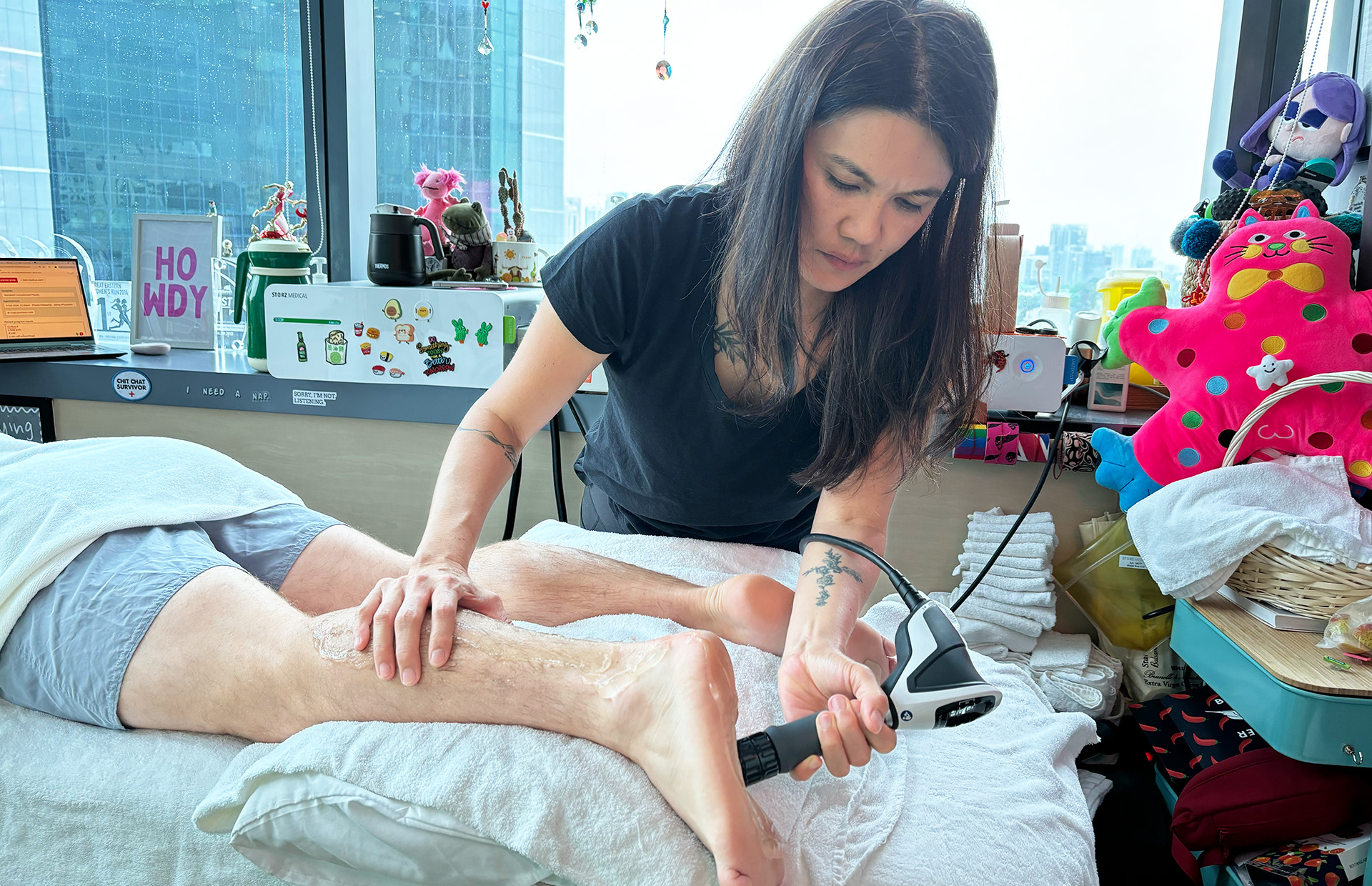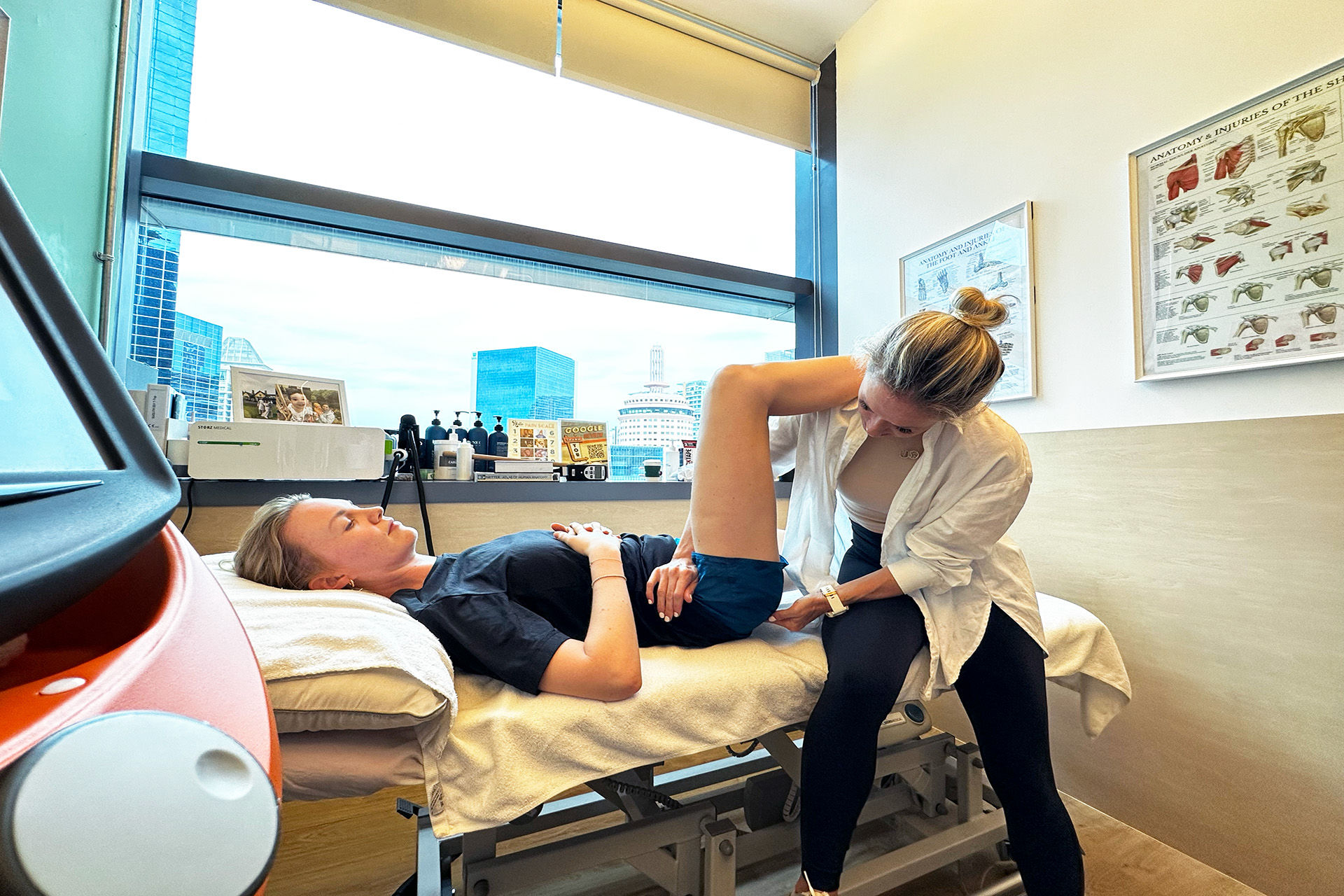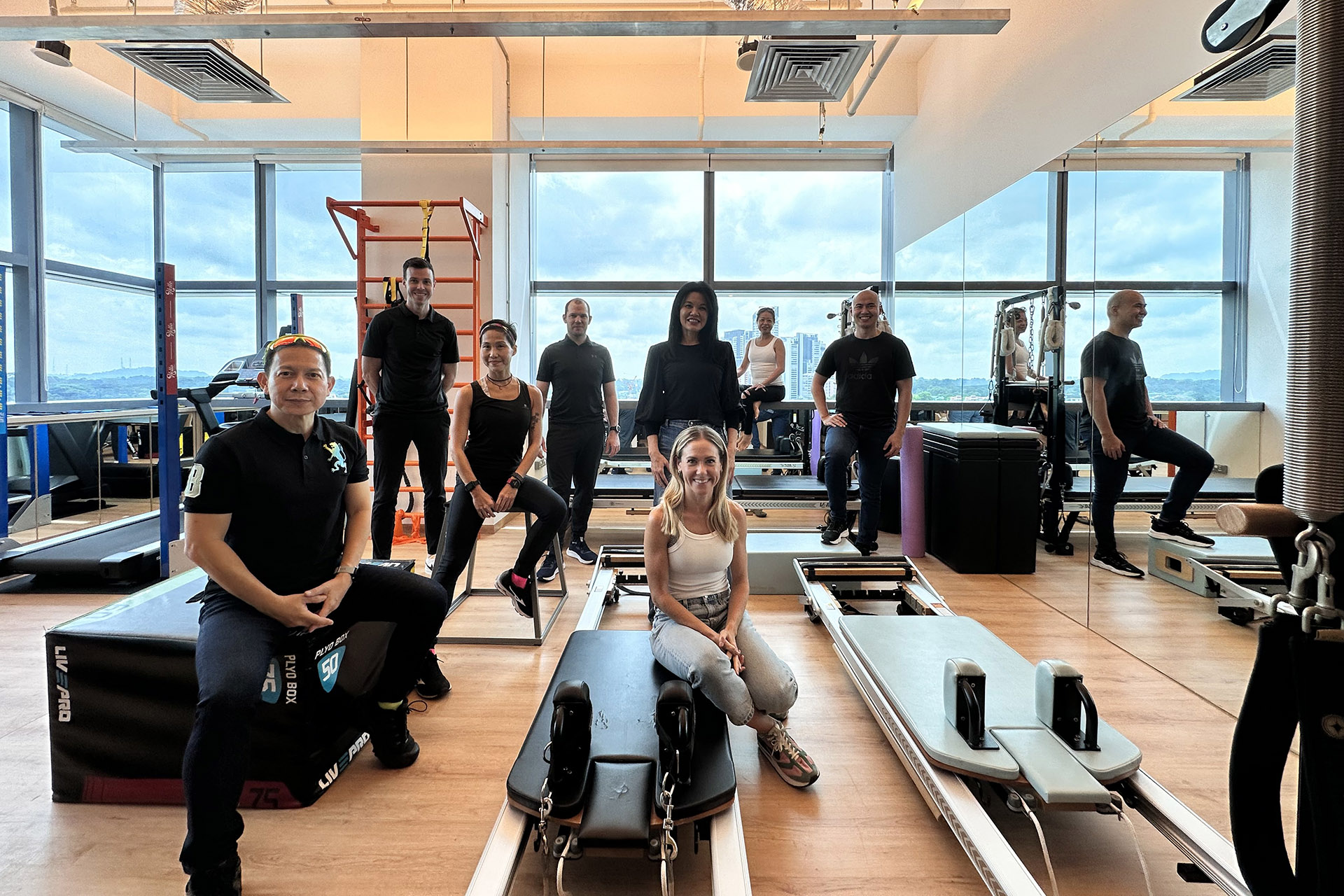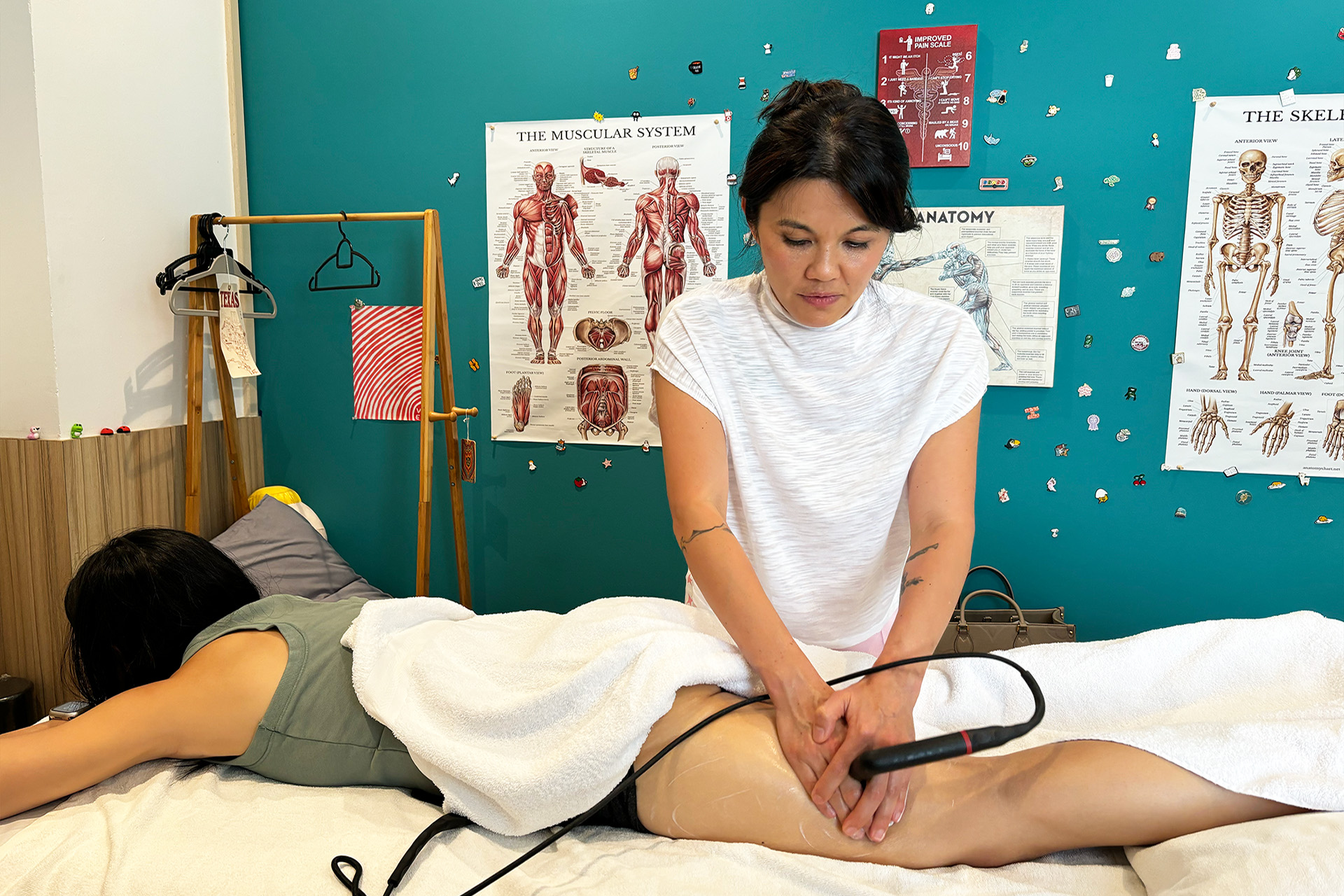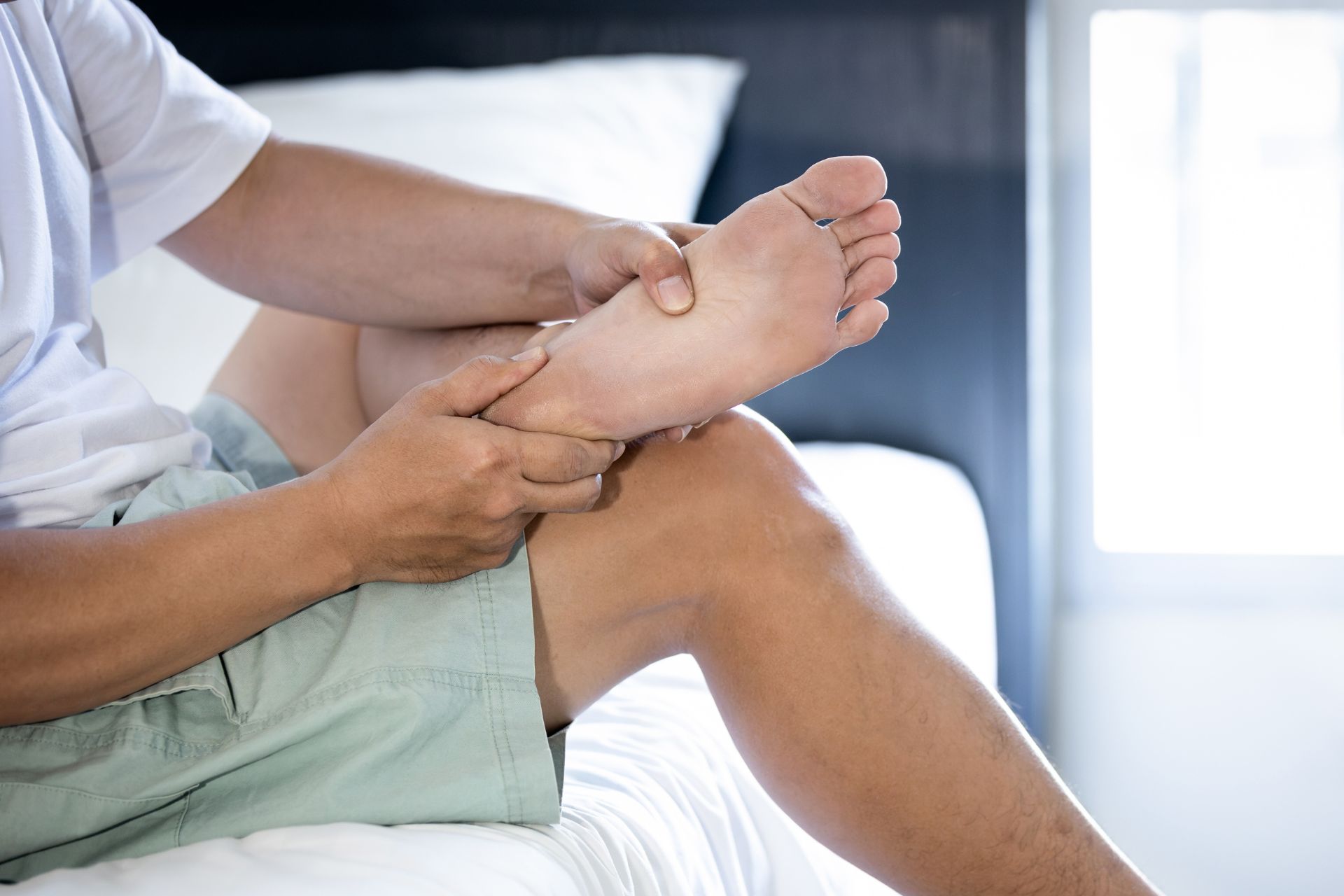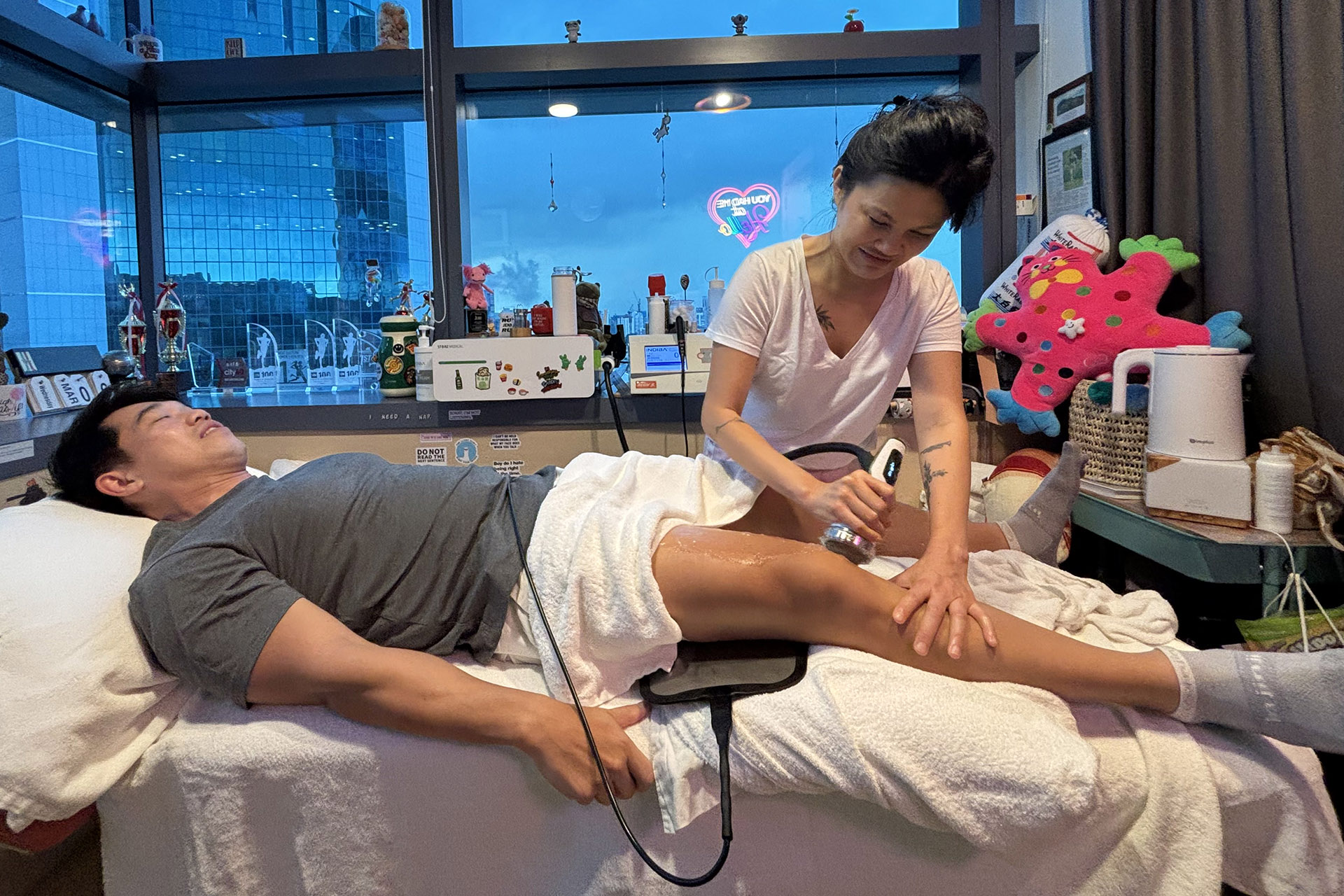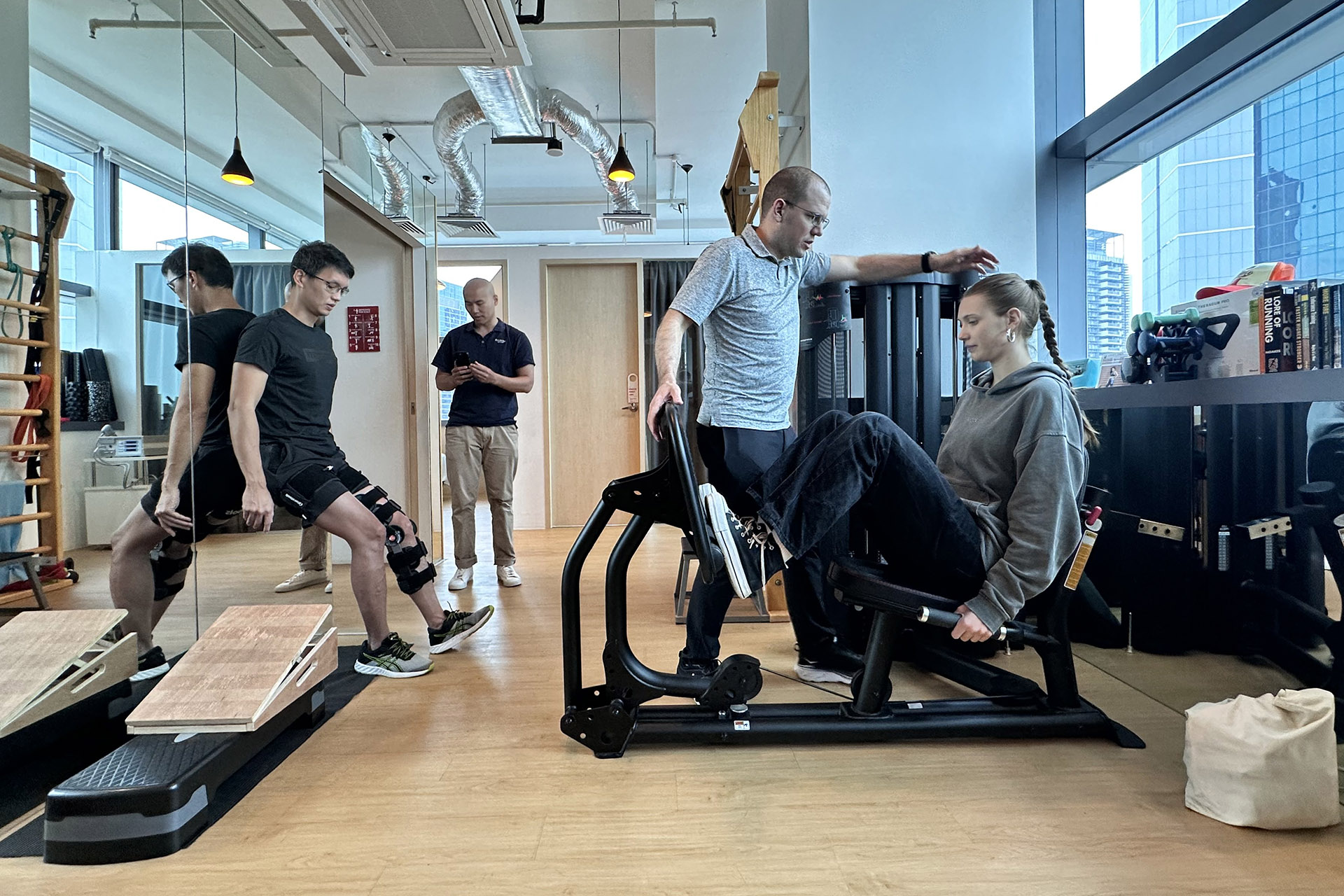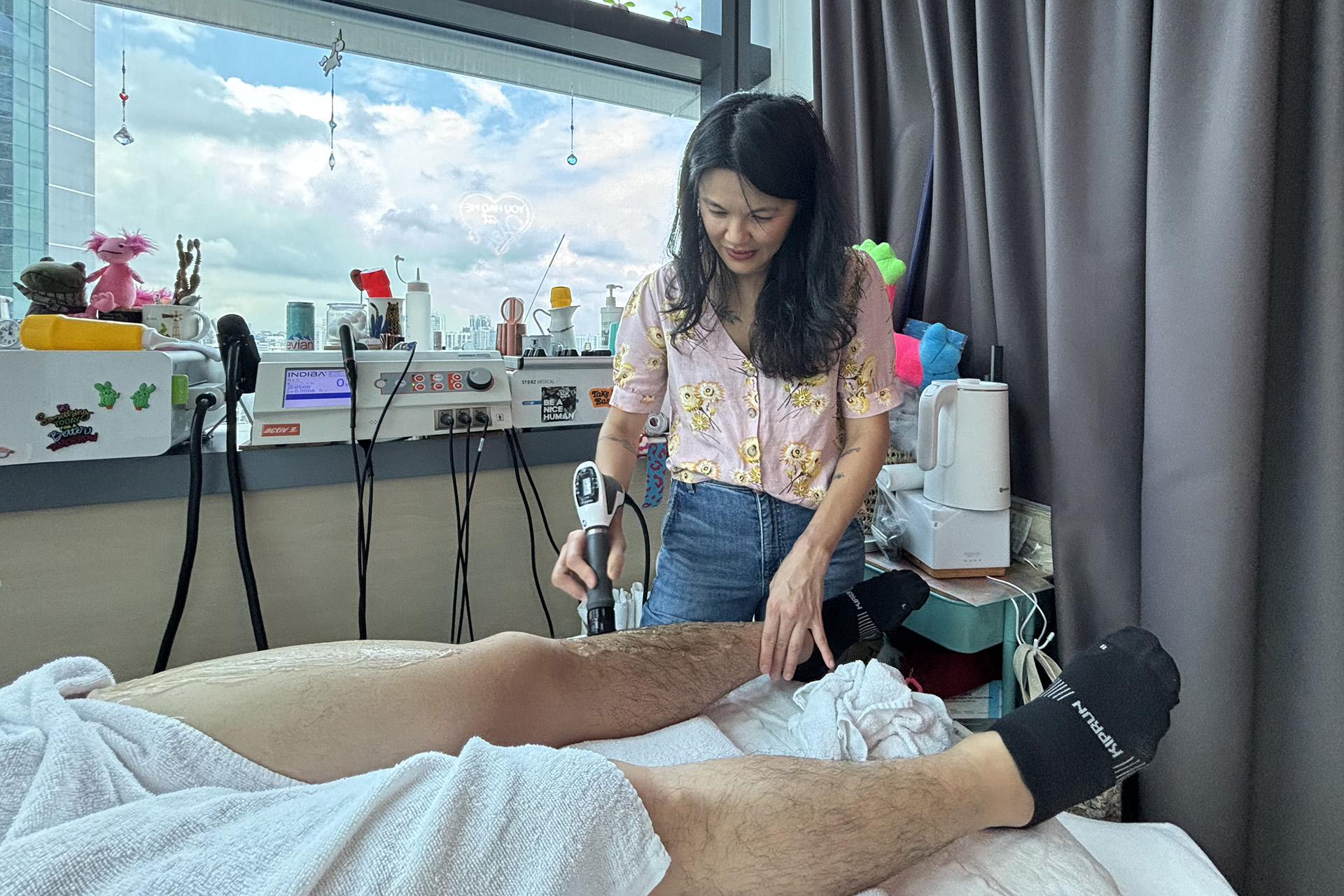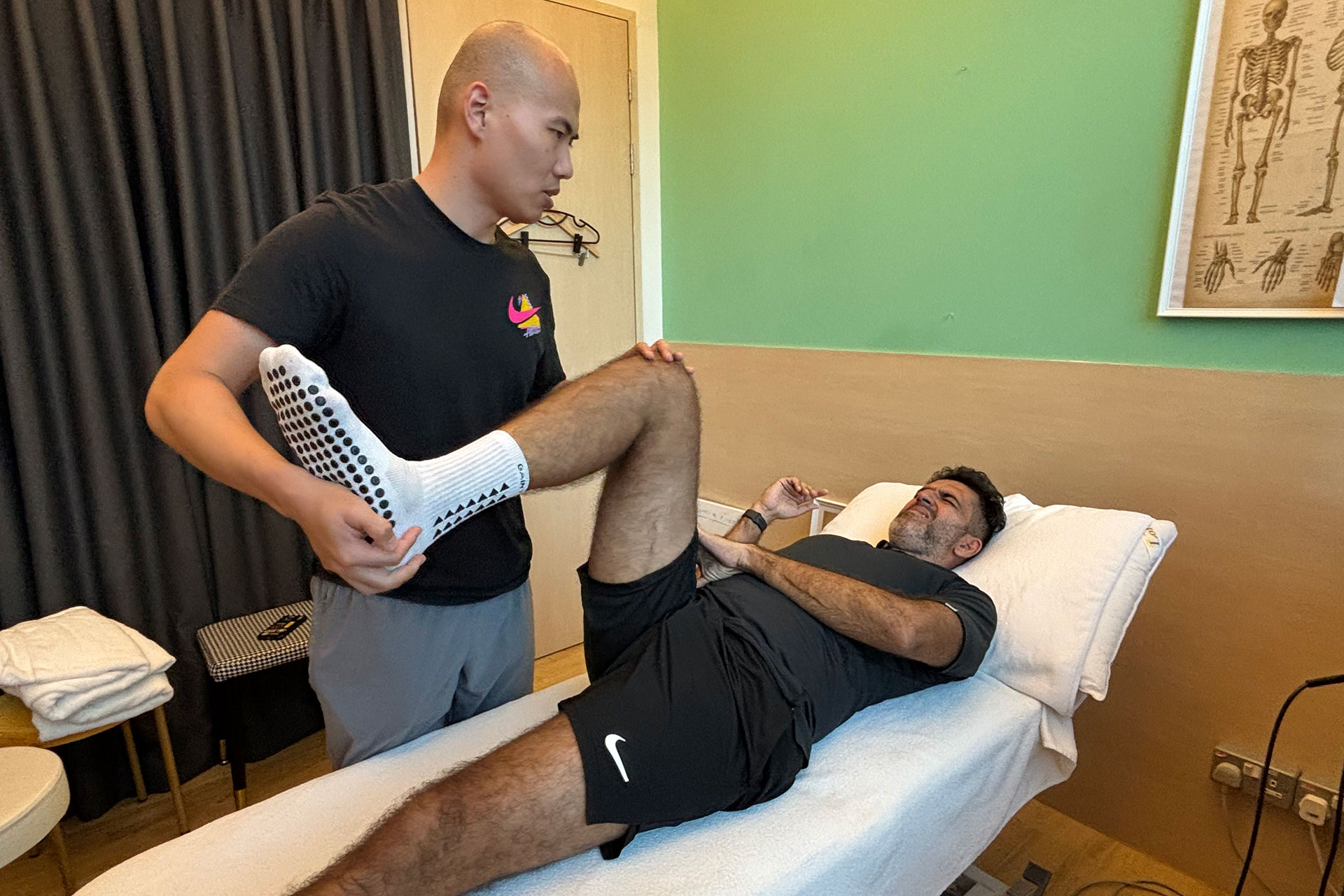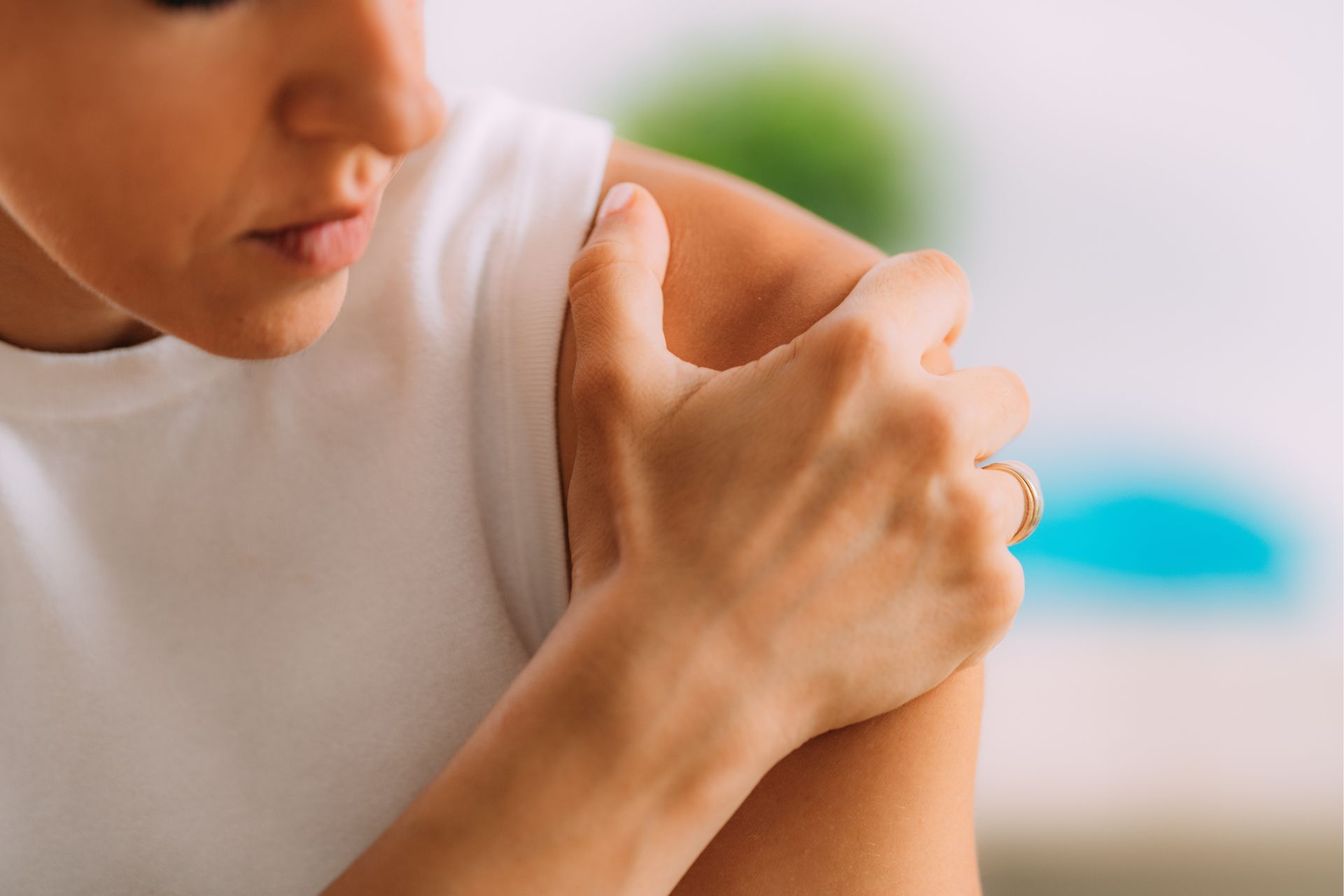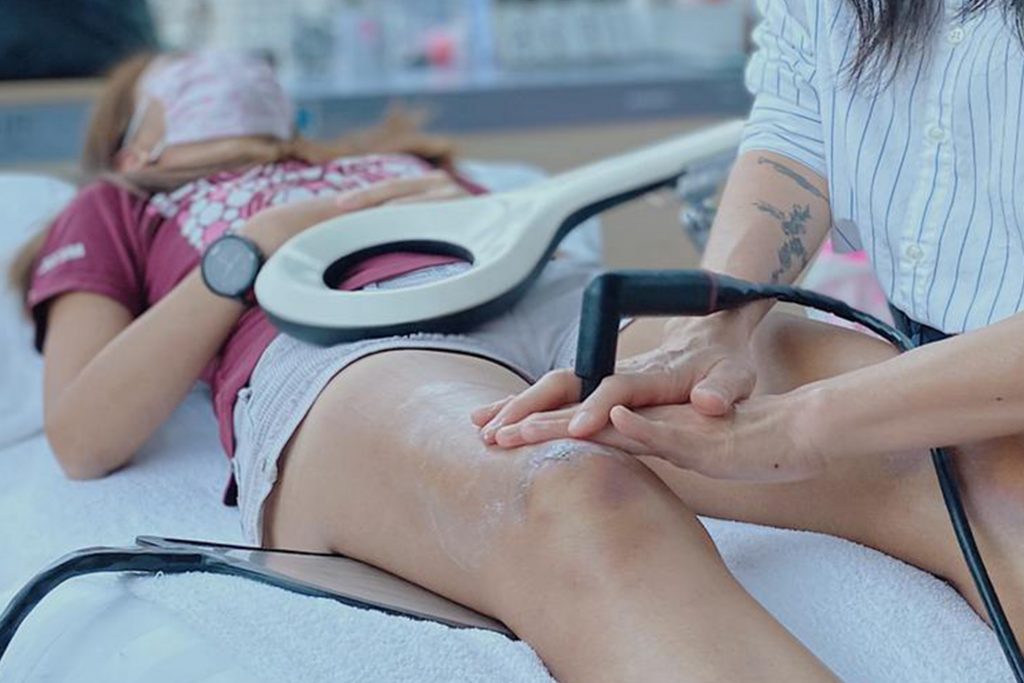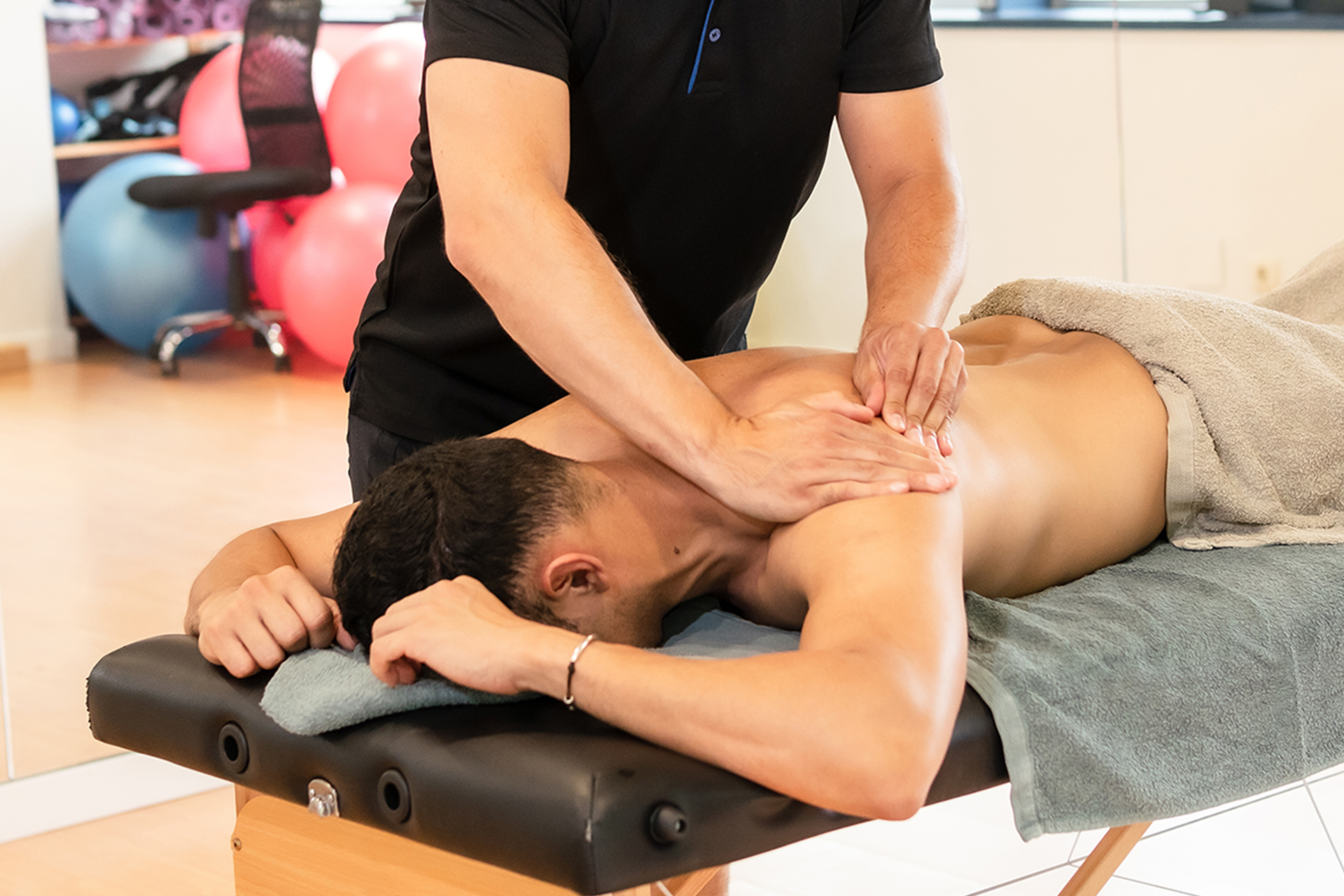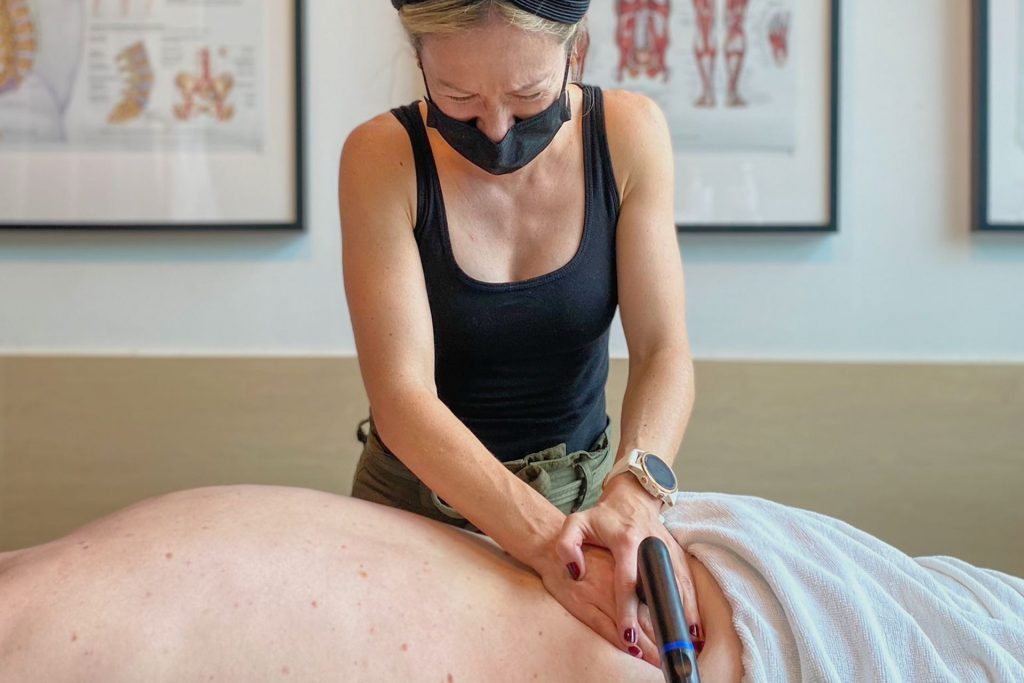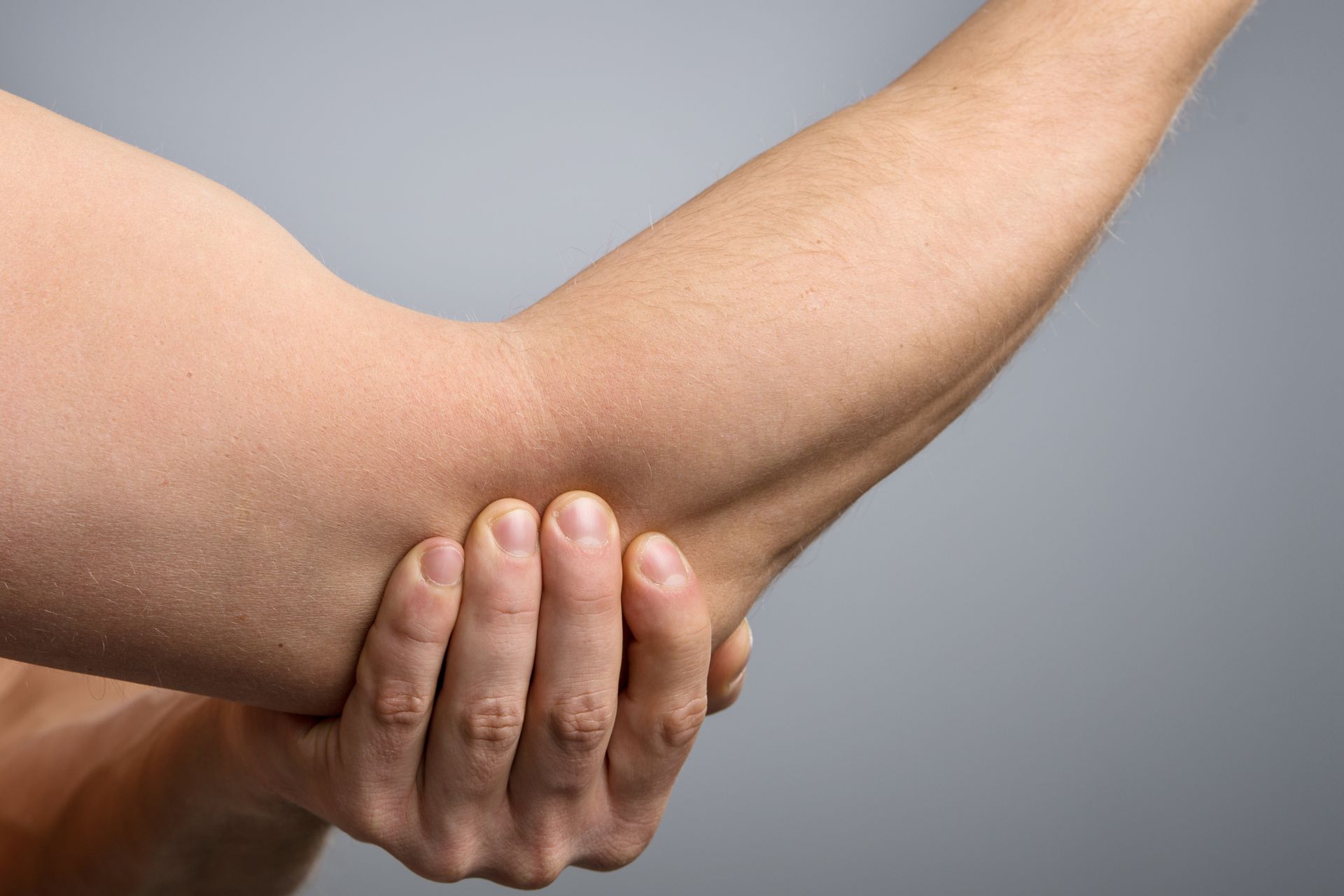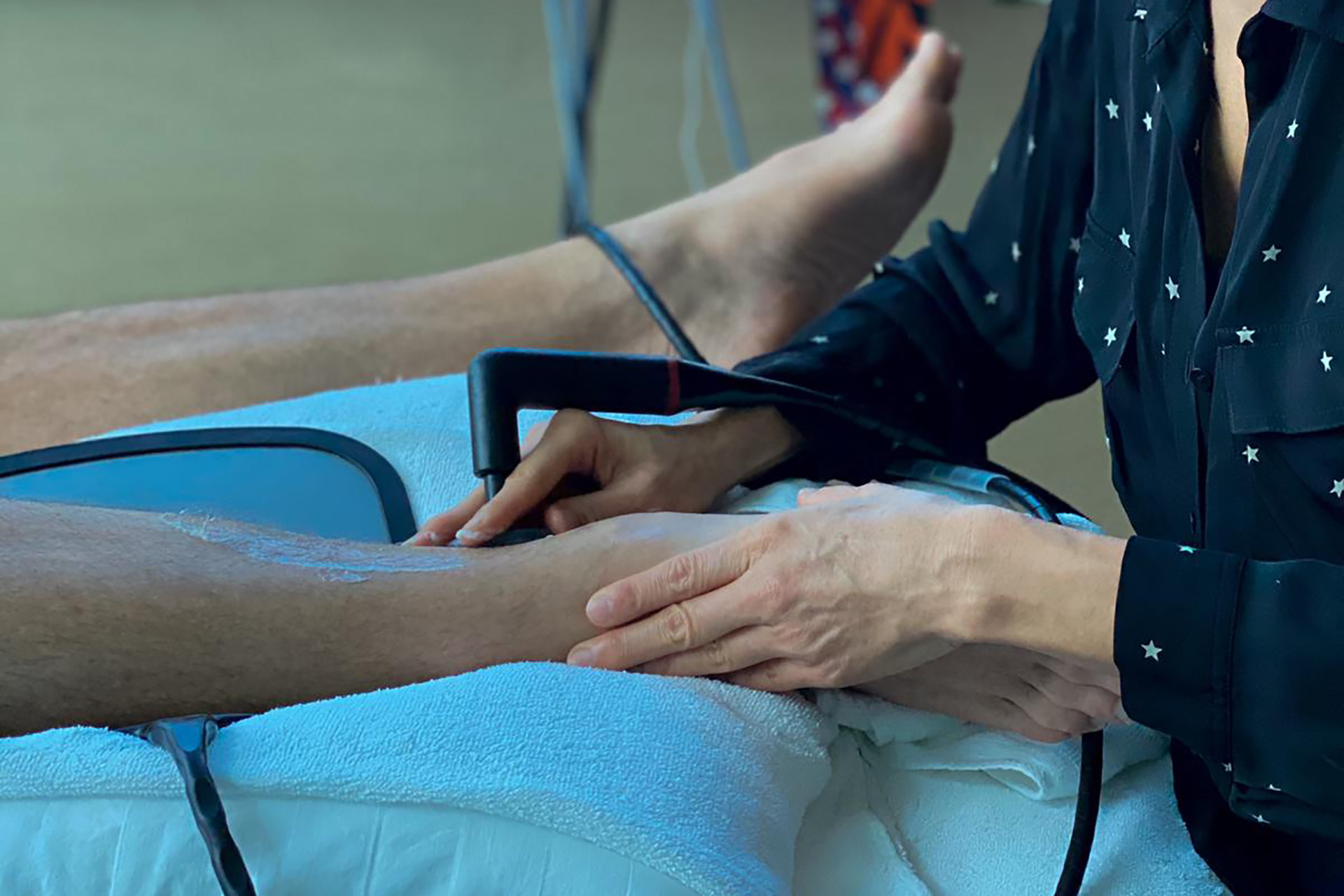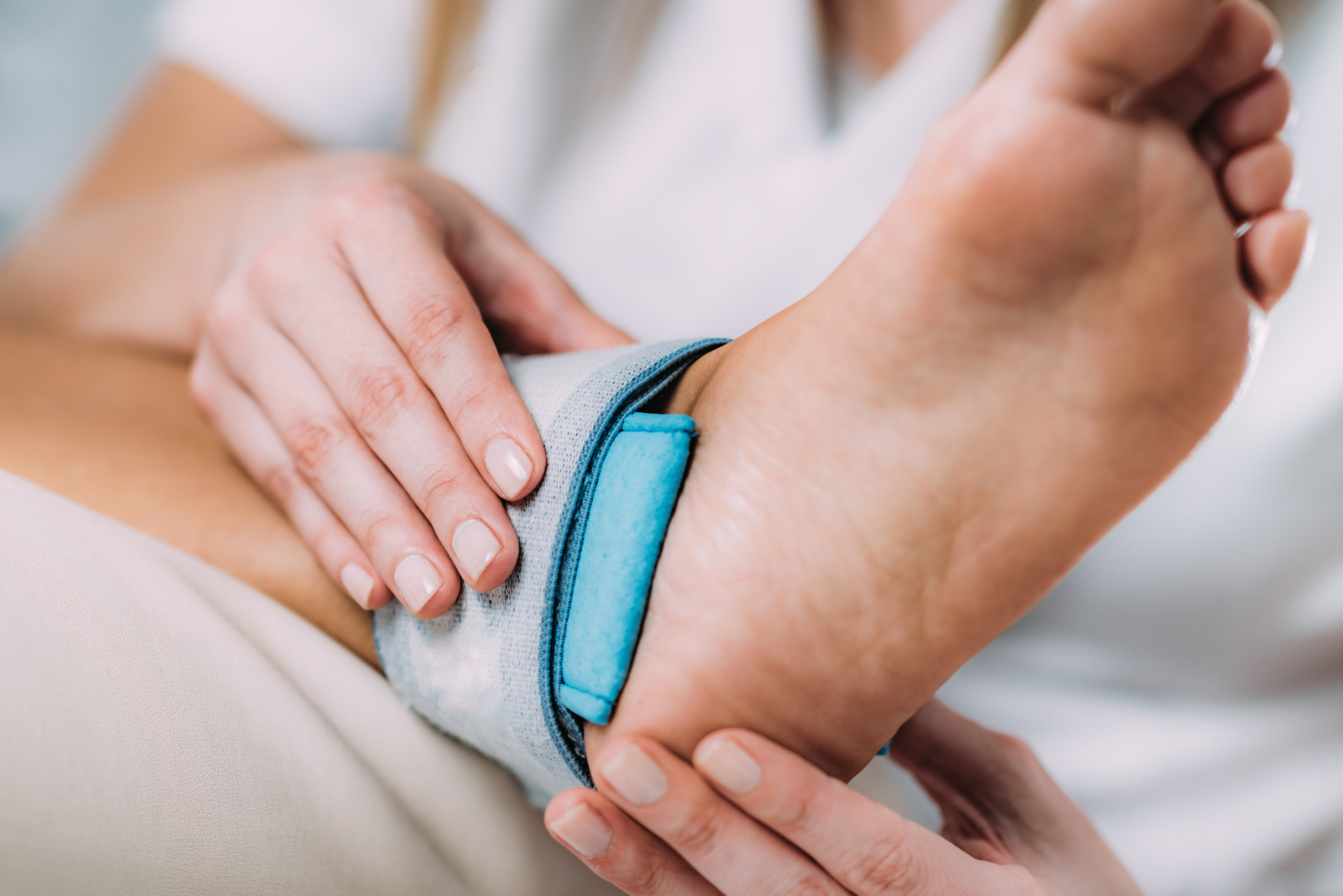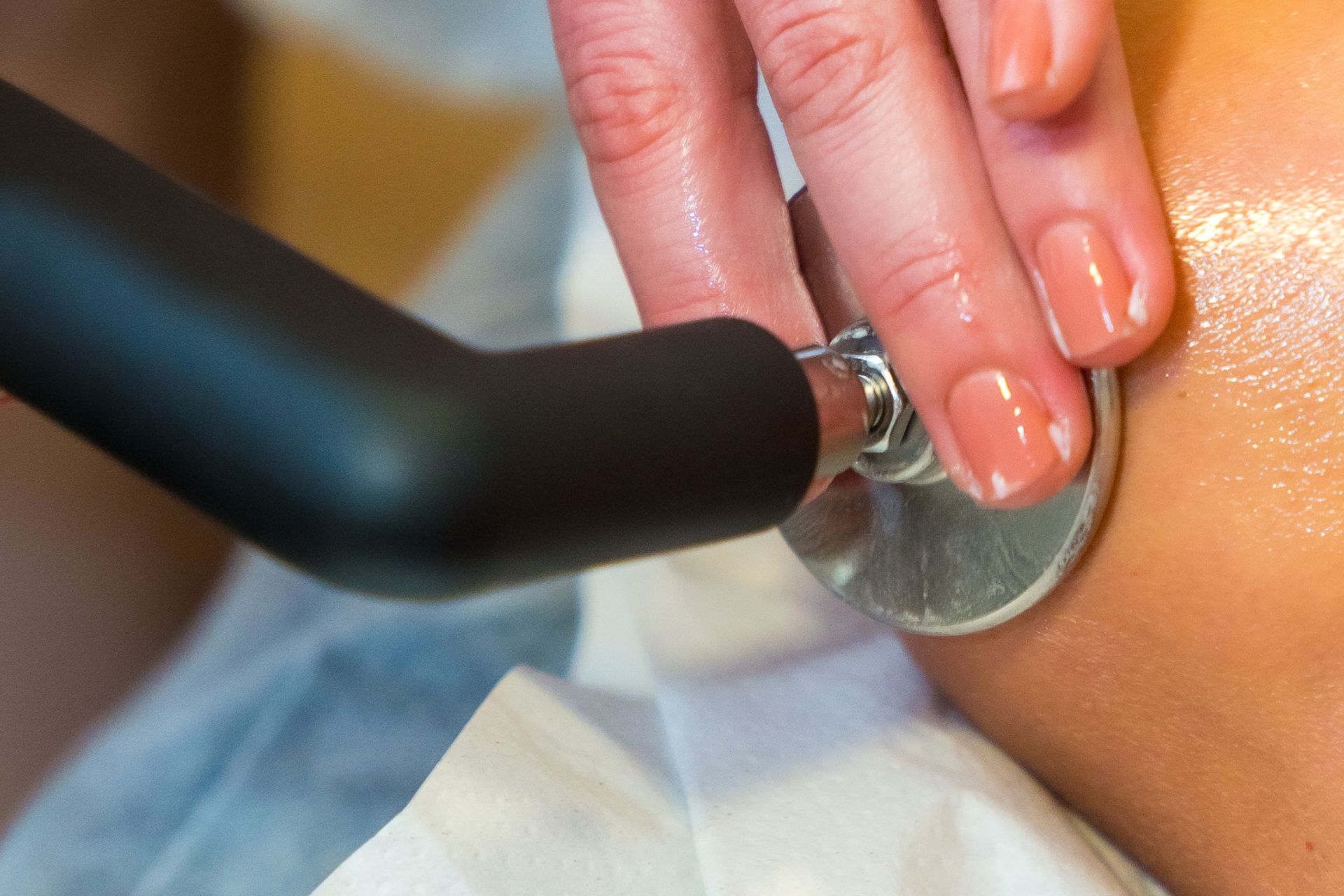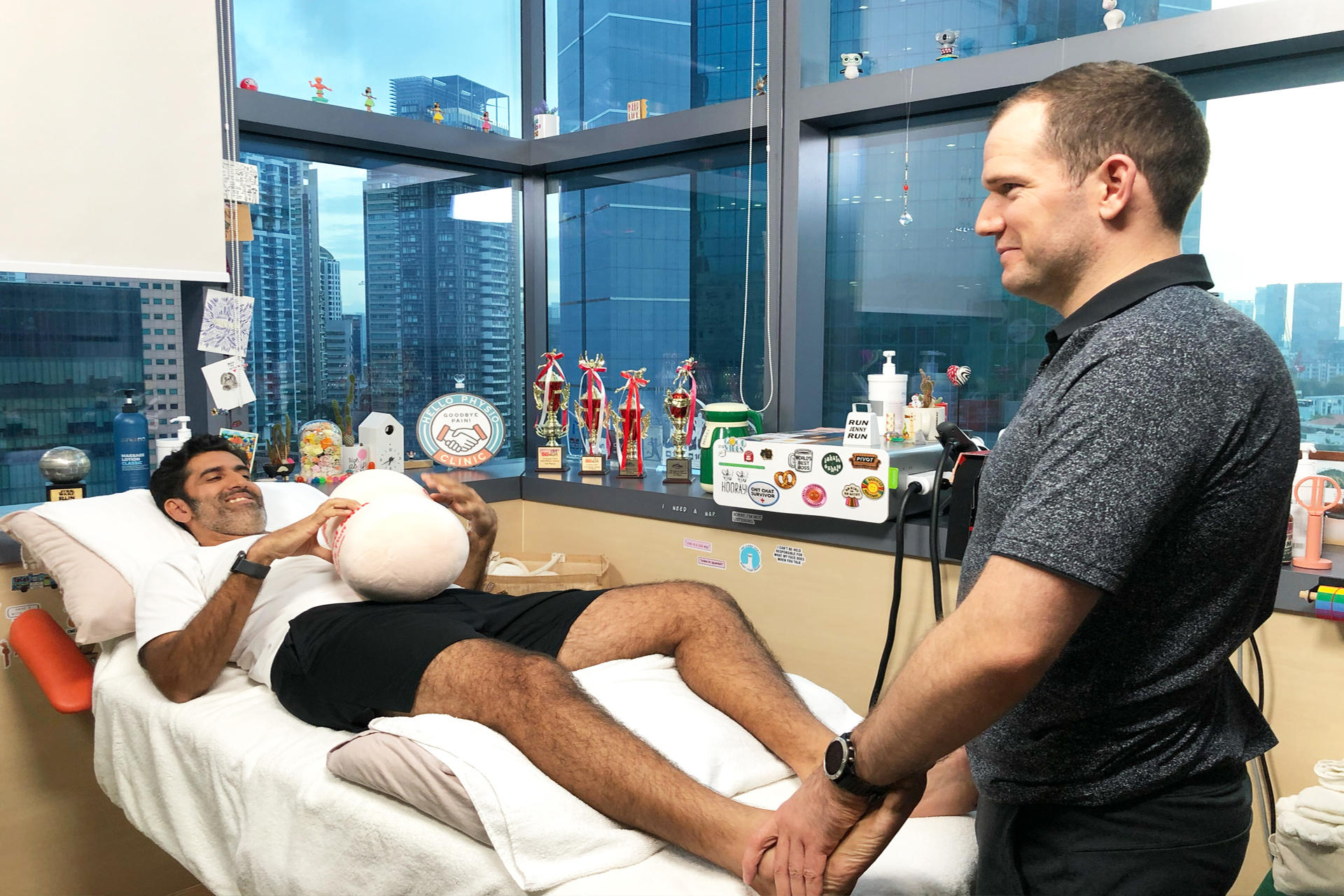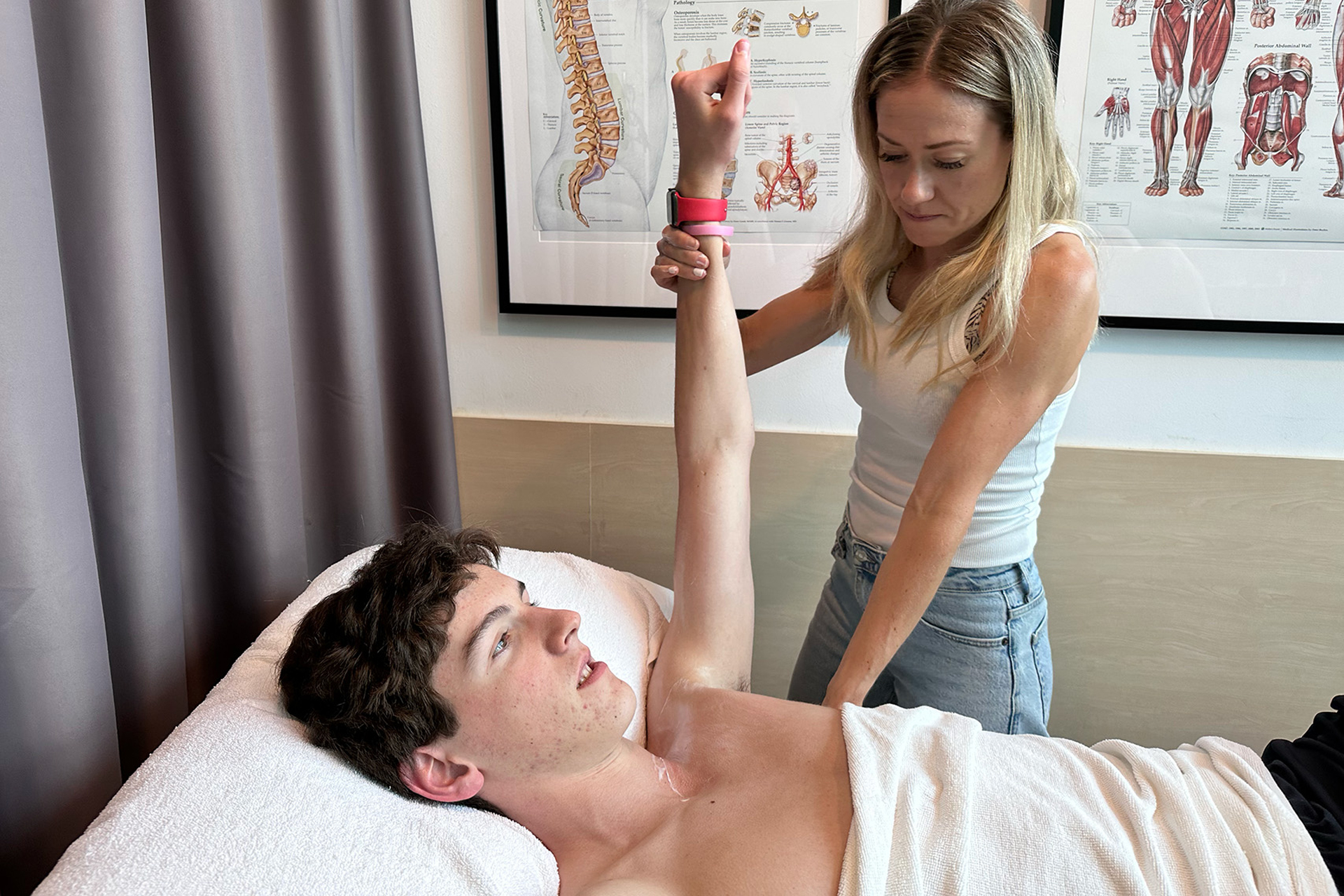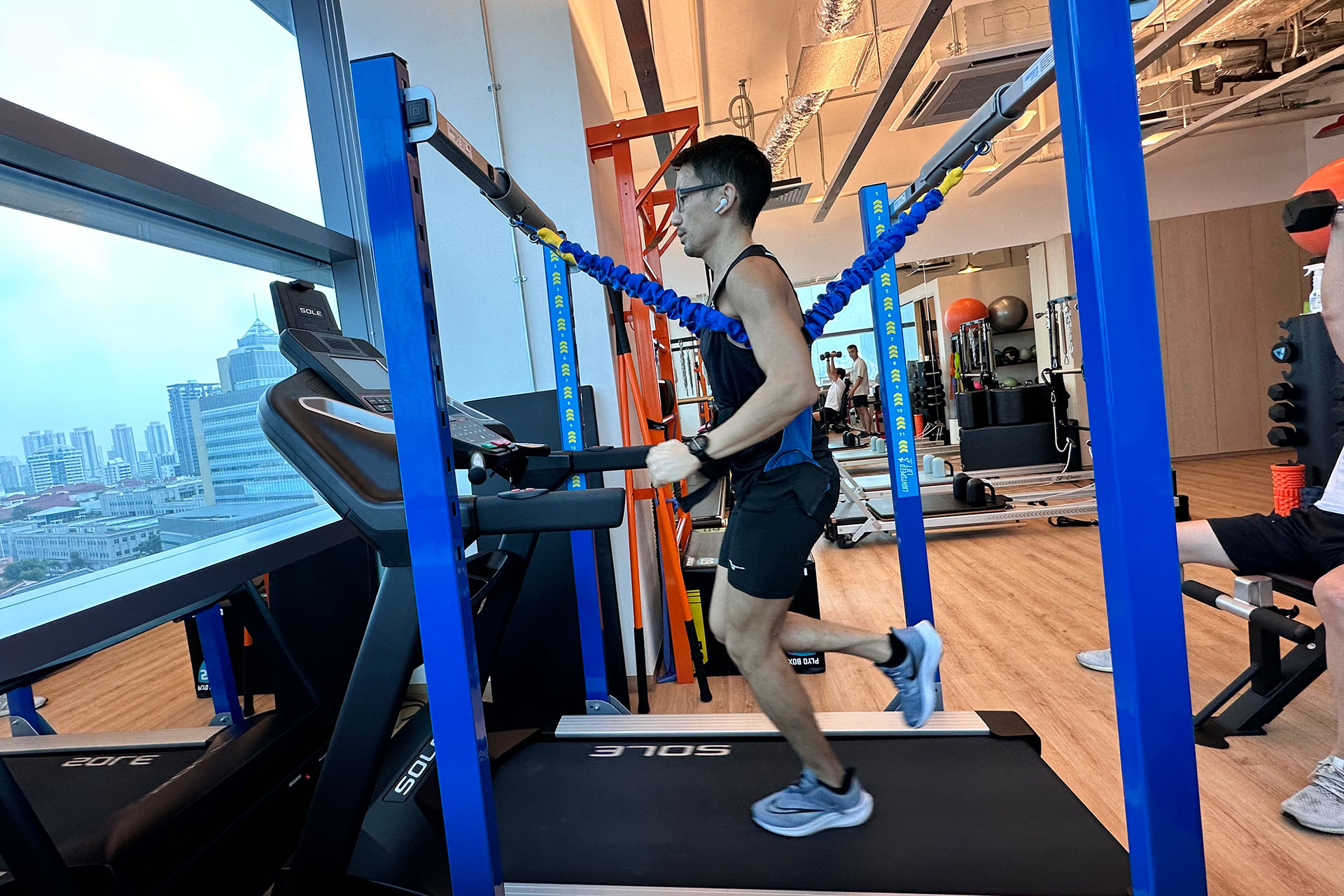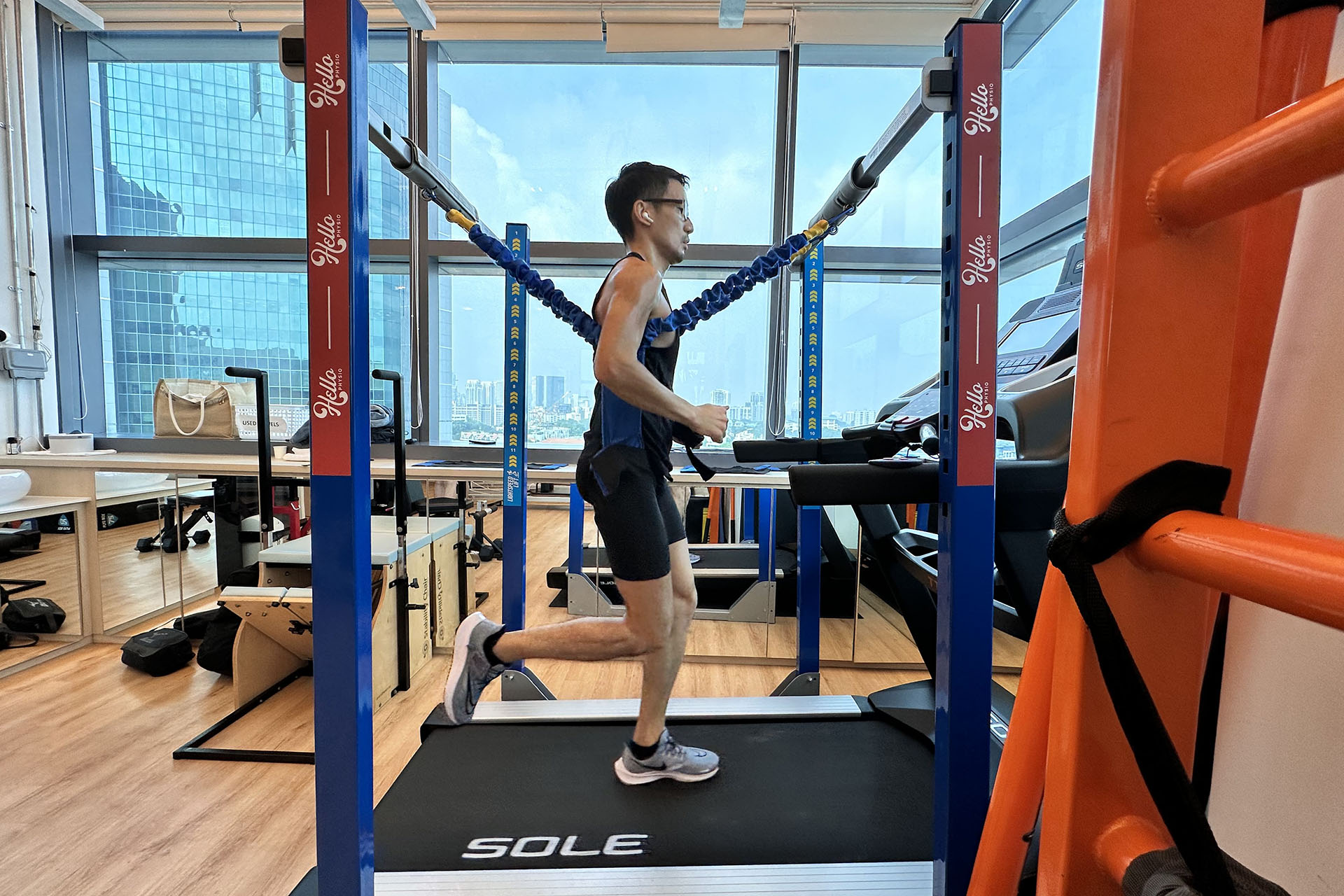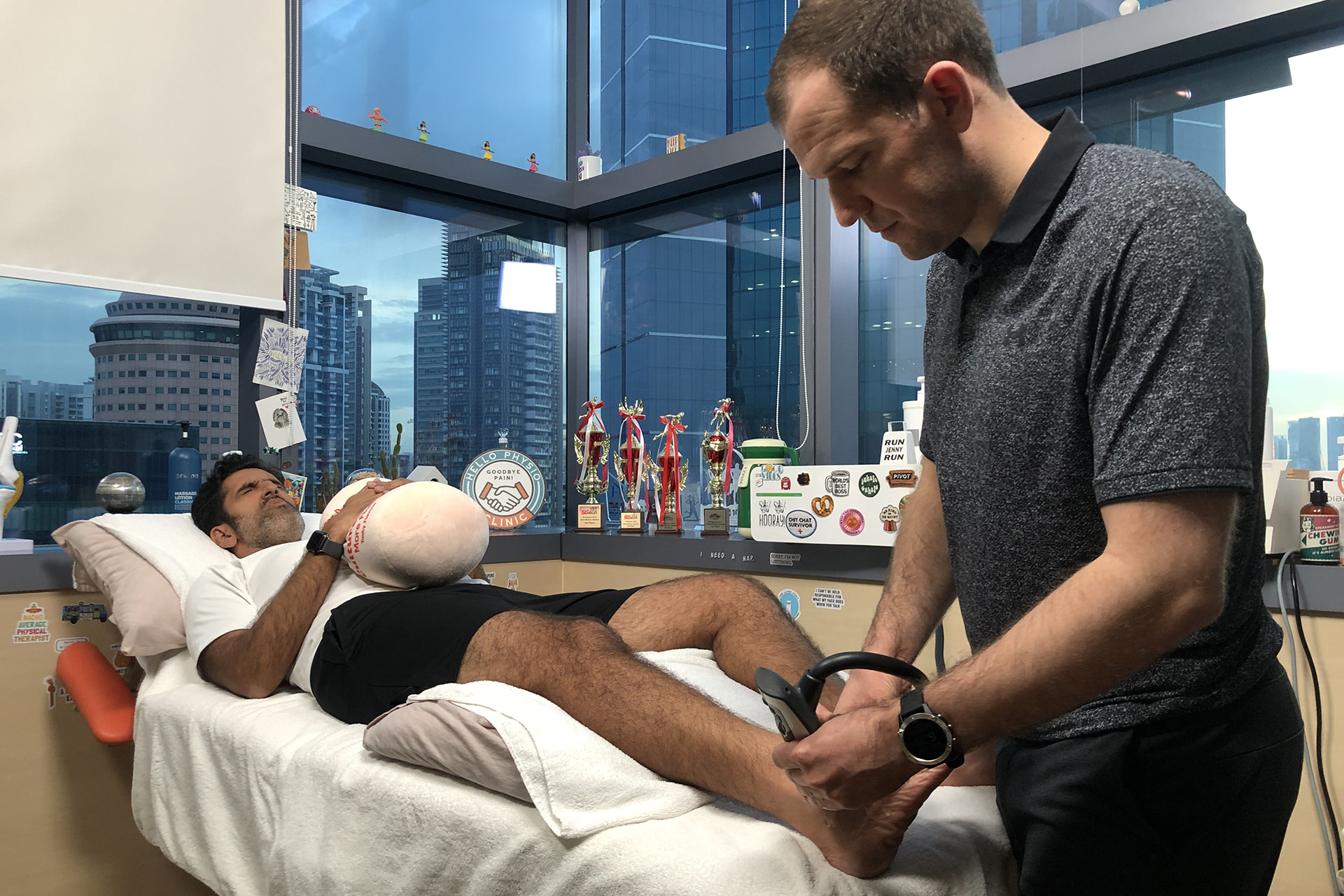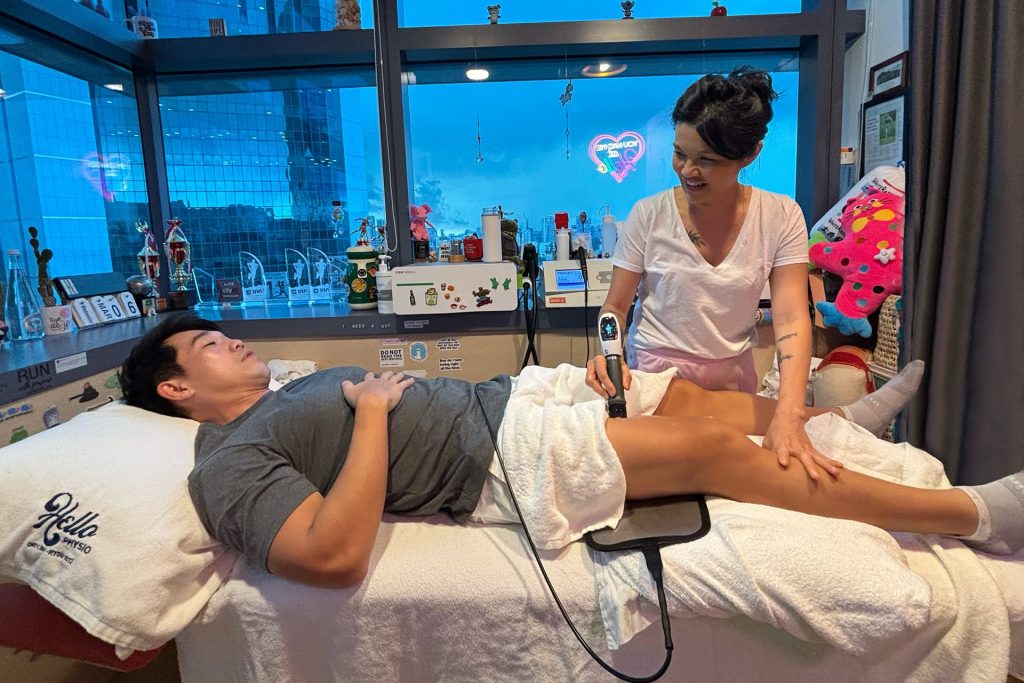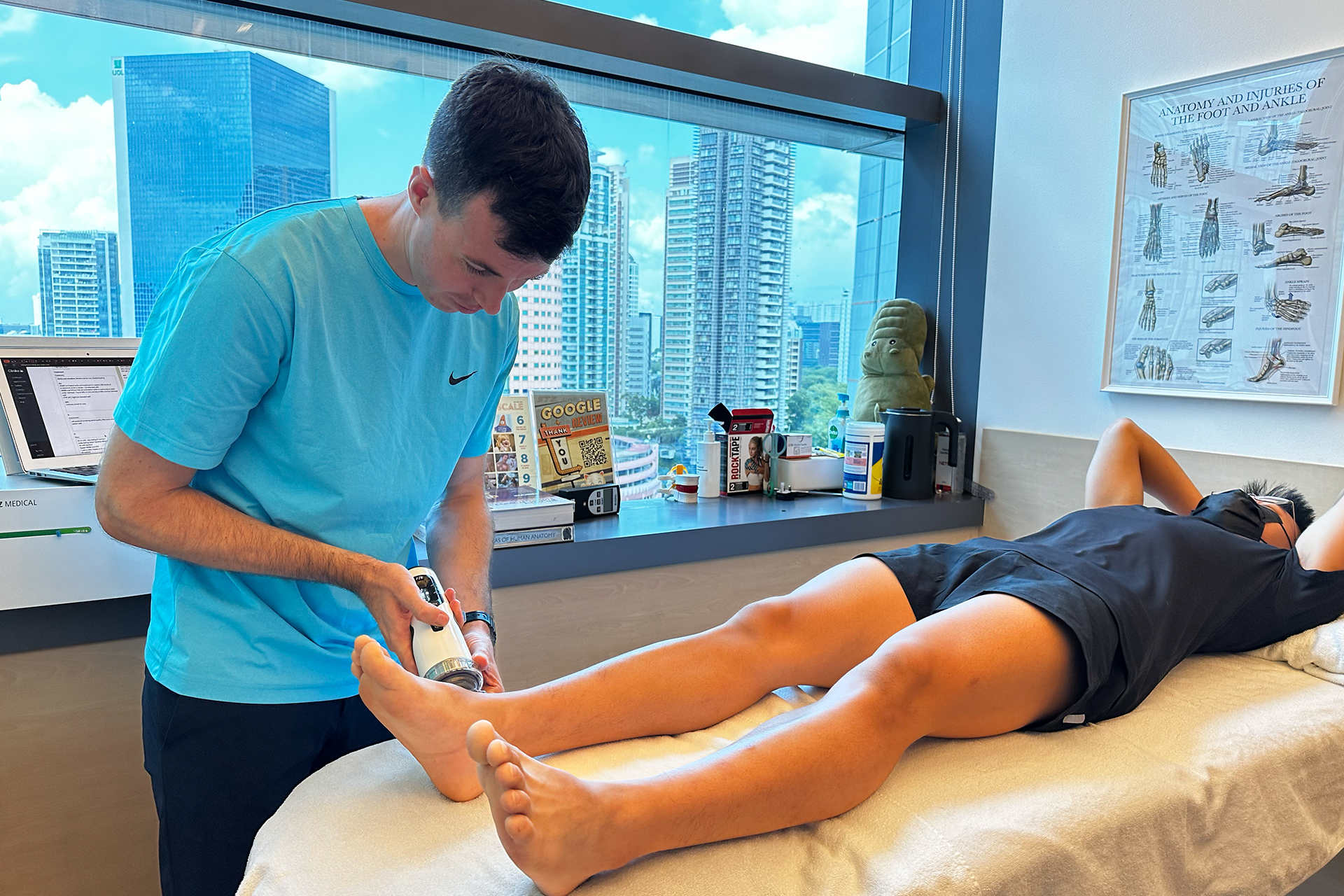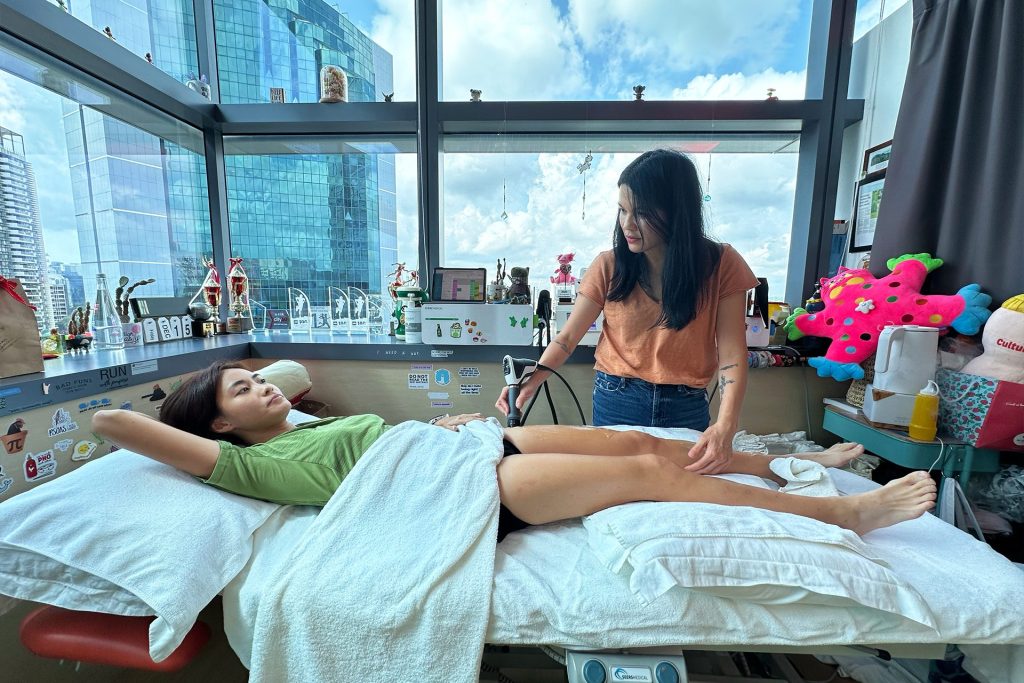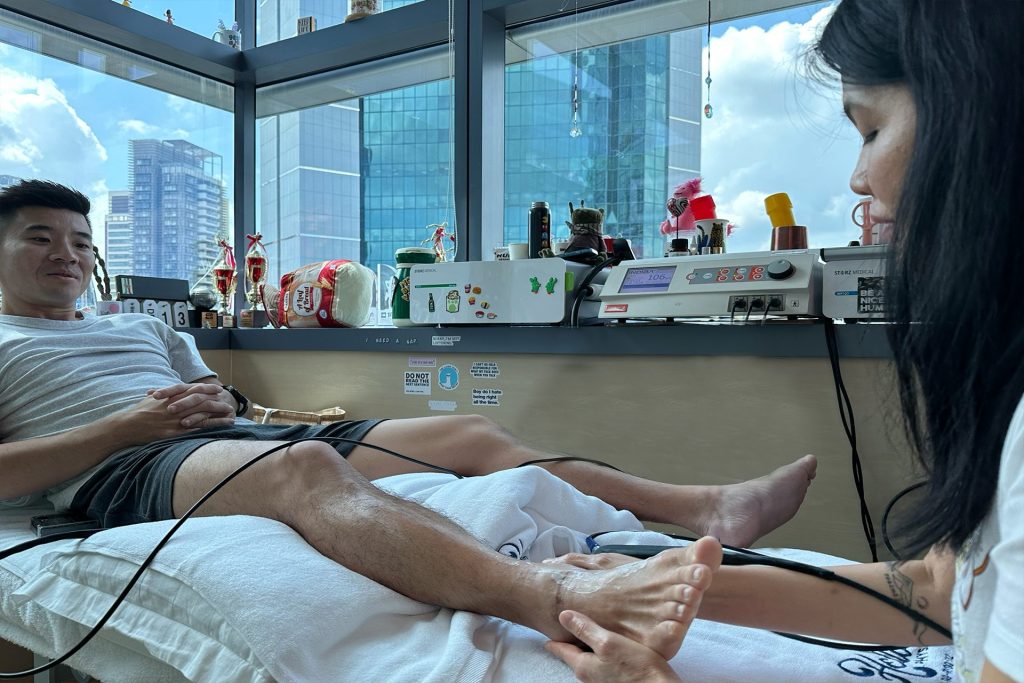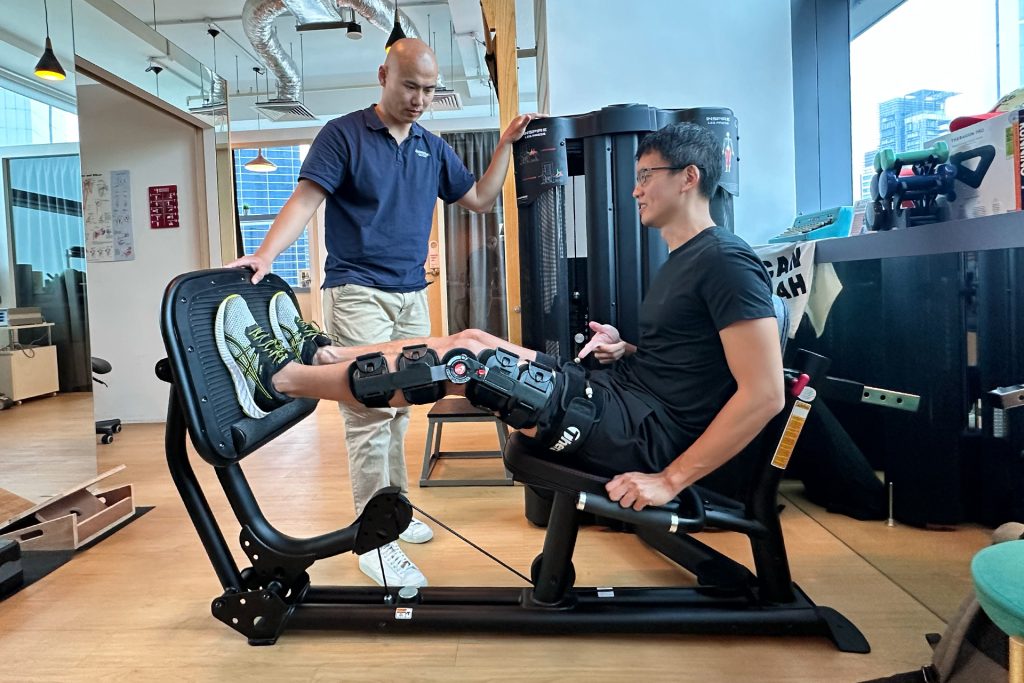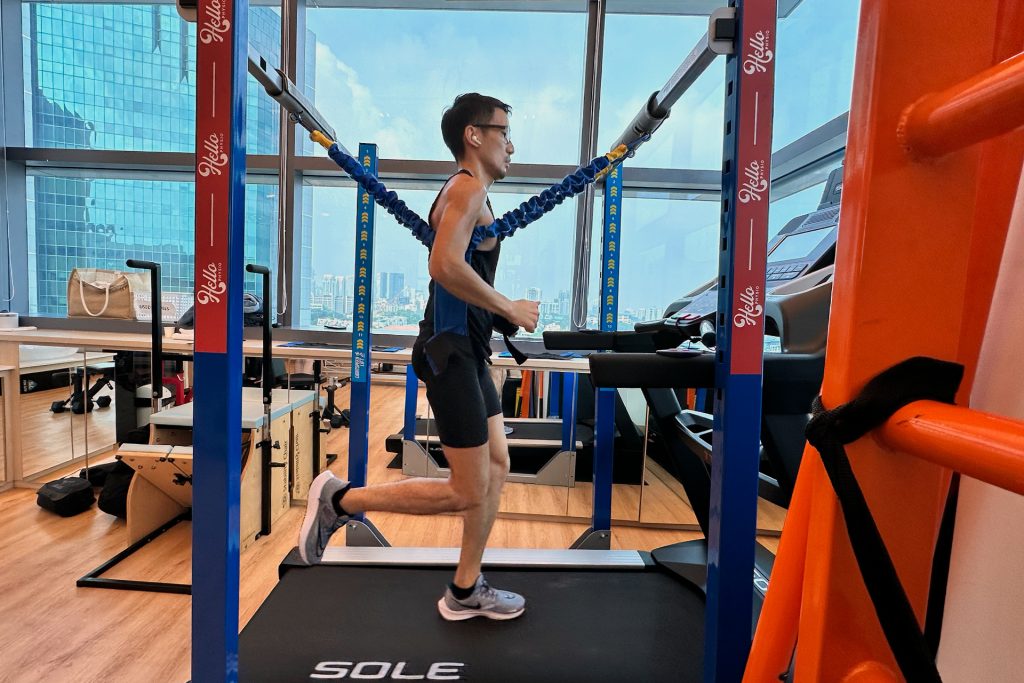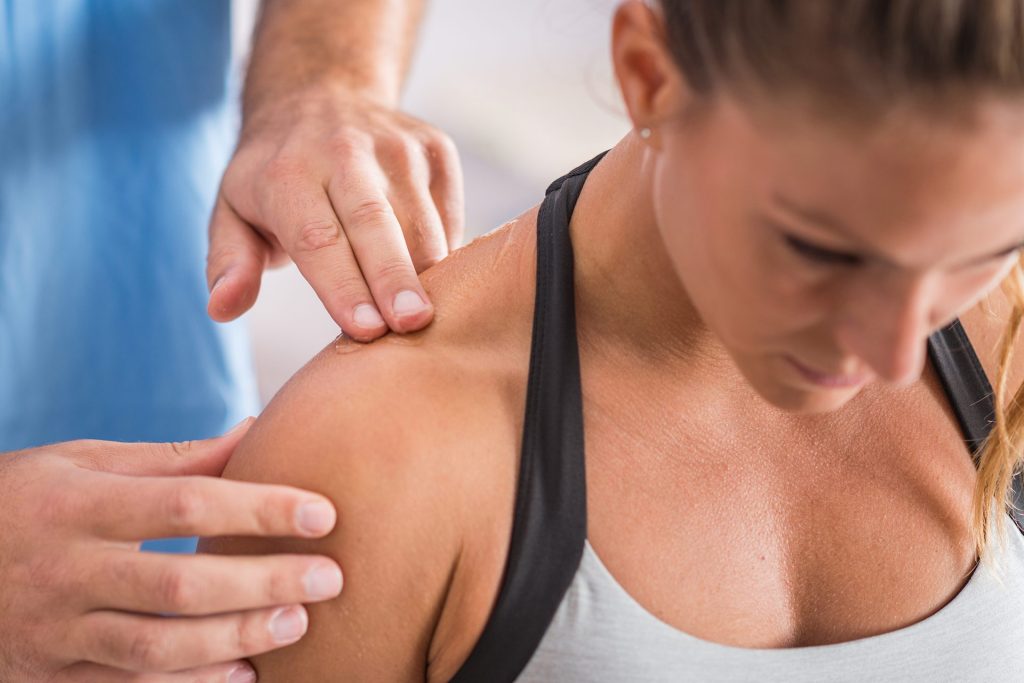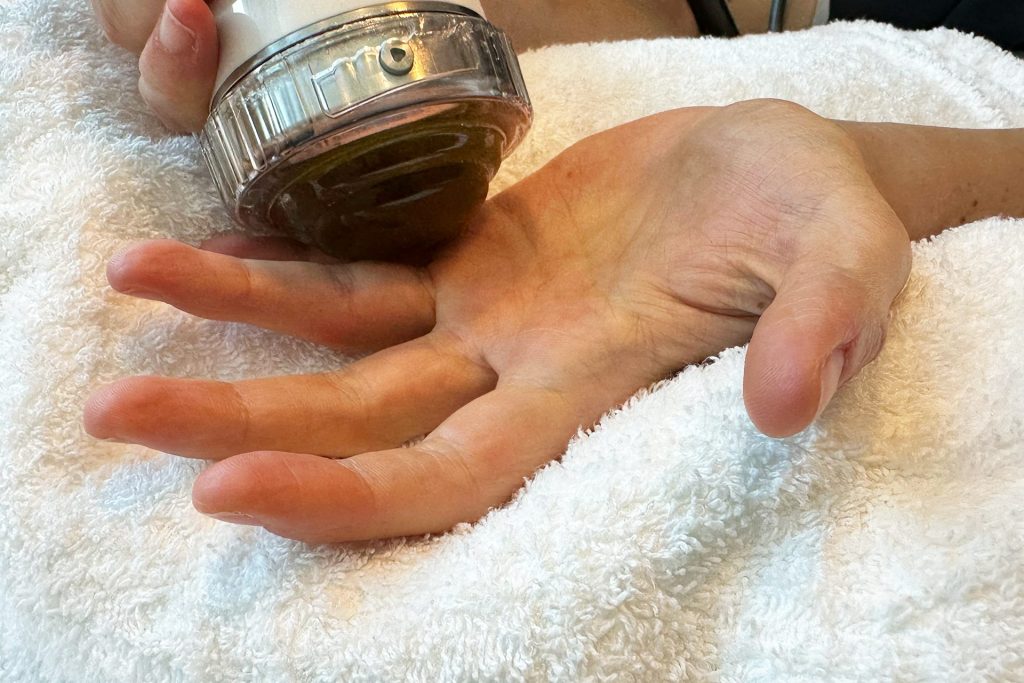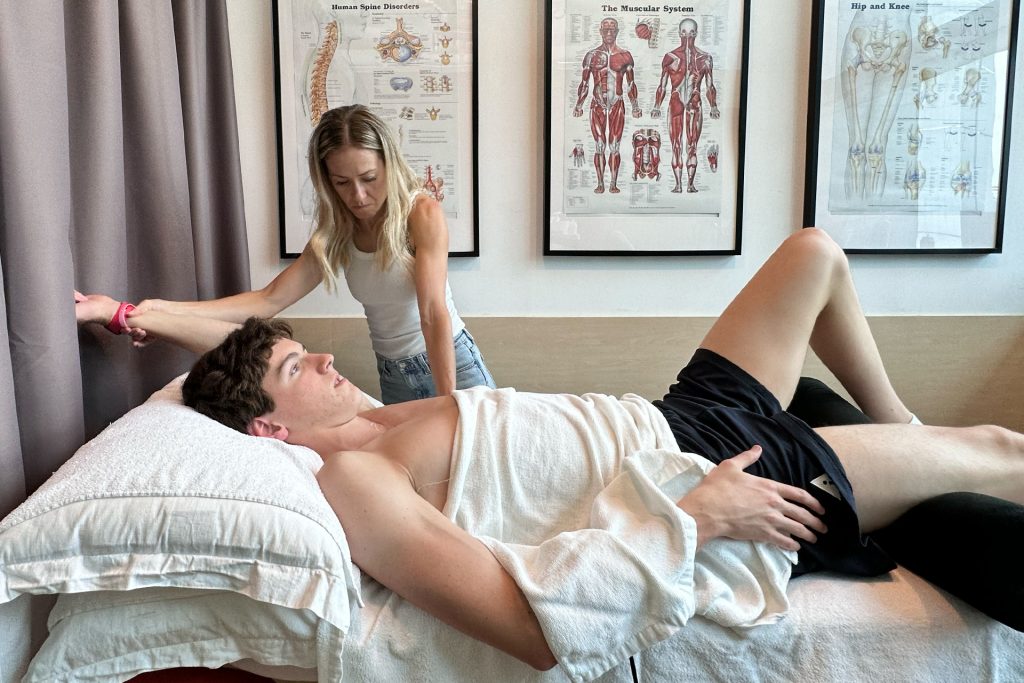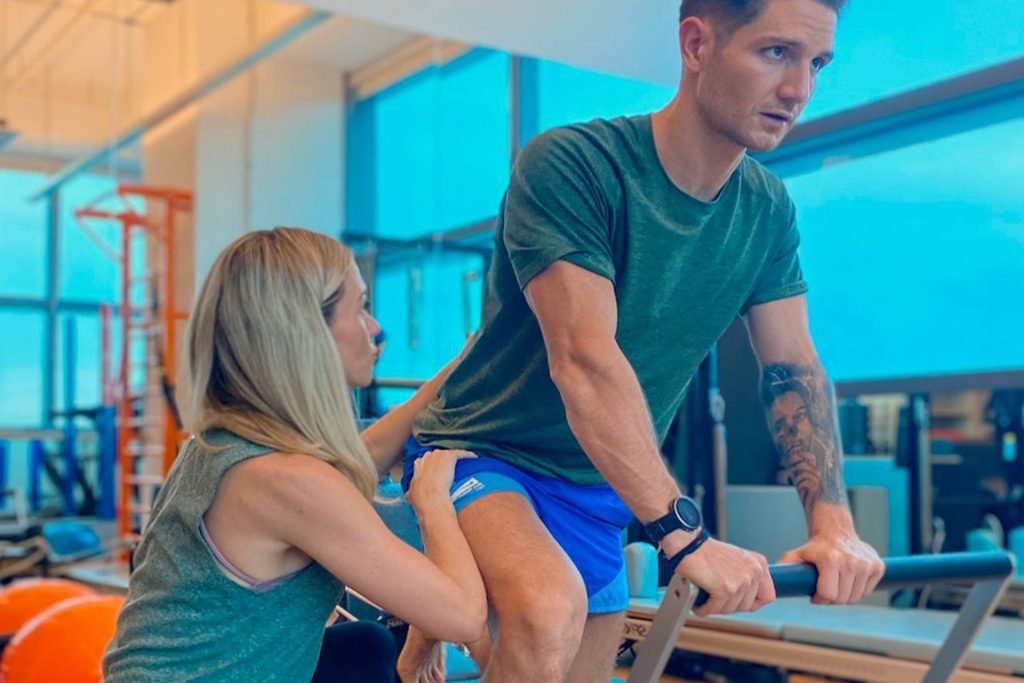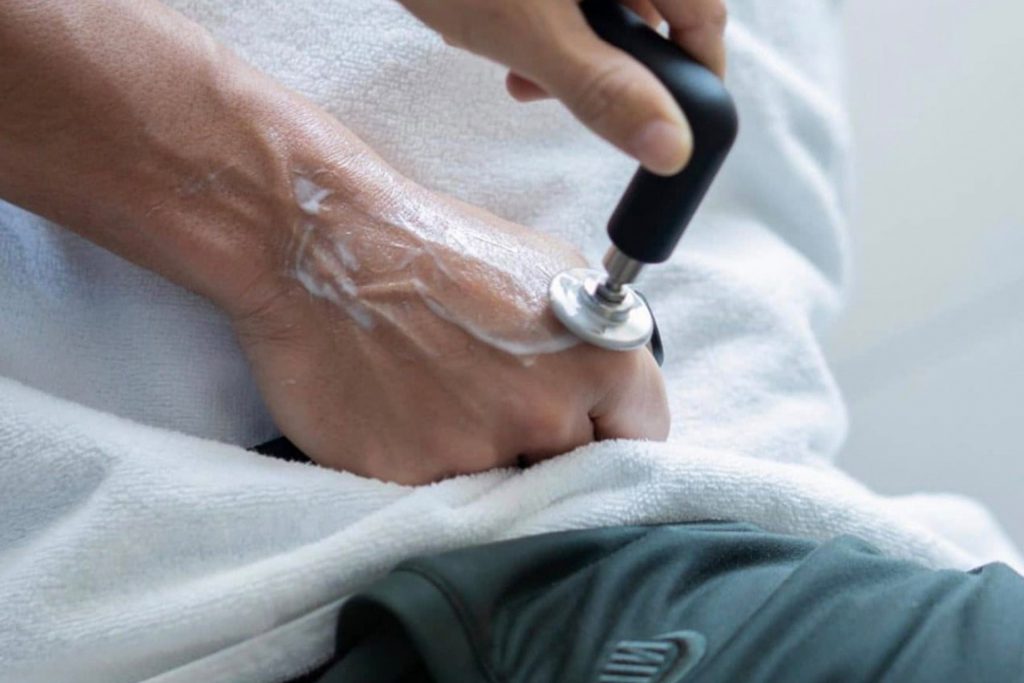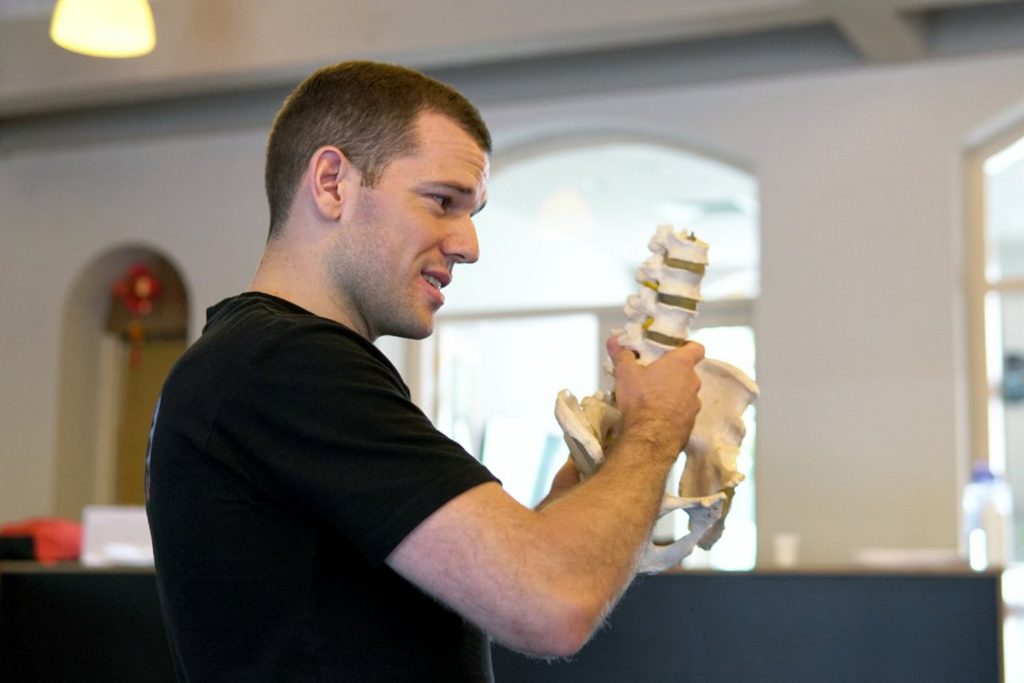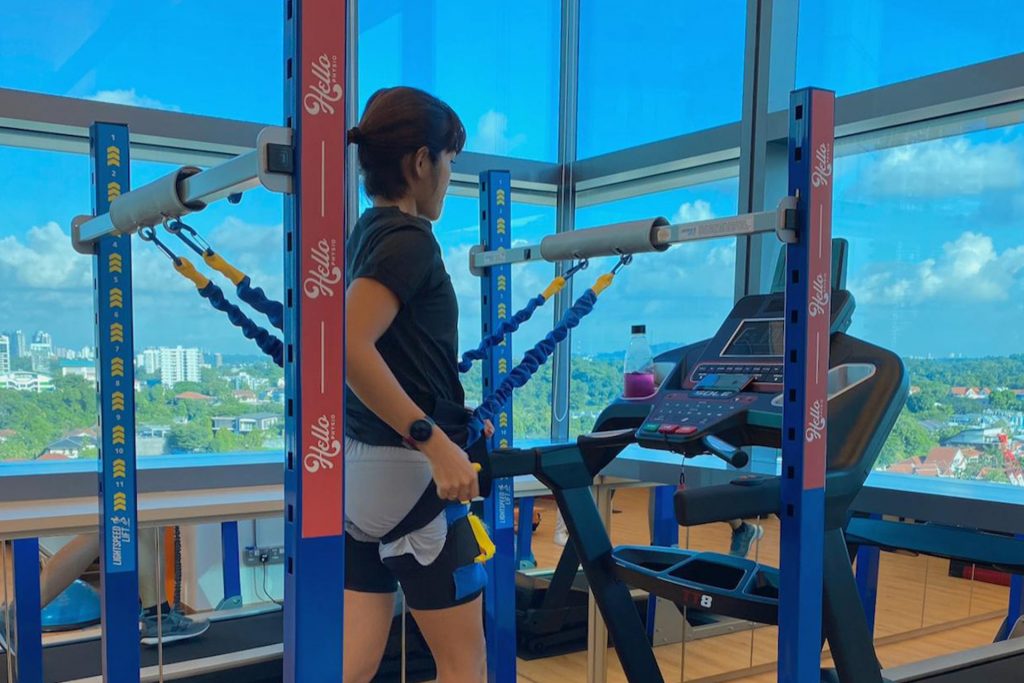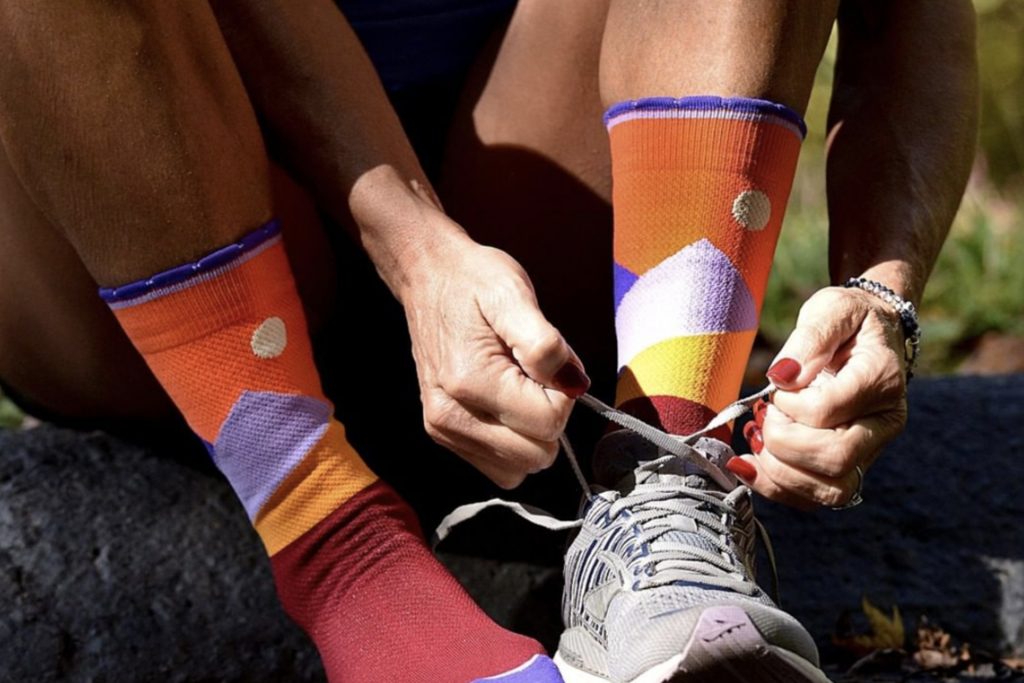Knee Pain Therapy in Sports Injuries
Knee pain is a significant challenge in the world of sports, arising frequently from the high-impact actions and repetitive stress that athletic activities often demand of the knee joints. For athletes, understanding these injuries and receiving effective treatment is key to their recovery and a successful return to their sport.
Take, for instance, anterior cruciate ligament (ACL) injuries, which are particularly common in sports that involve abrupt stops and directional changes, such as soccer, basketball and skiing. These injuries can vary greatly, ranging from partial to complete tears, each requiring a specific approach to therapy.
In a contact sport like rugby, as well as in activities like football that involve twisting motions, athletes often face meniscus tears. These injuries are known for causing pain, swelling, and restricting knee movement, significantly impacting an athlete’s performance.
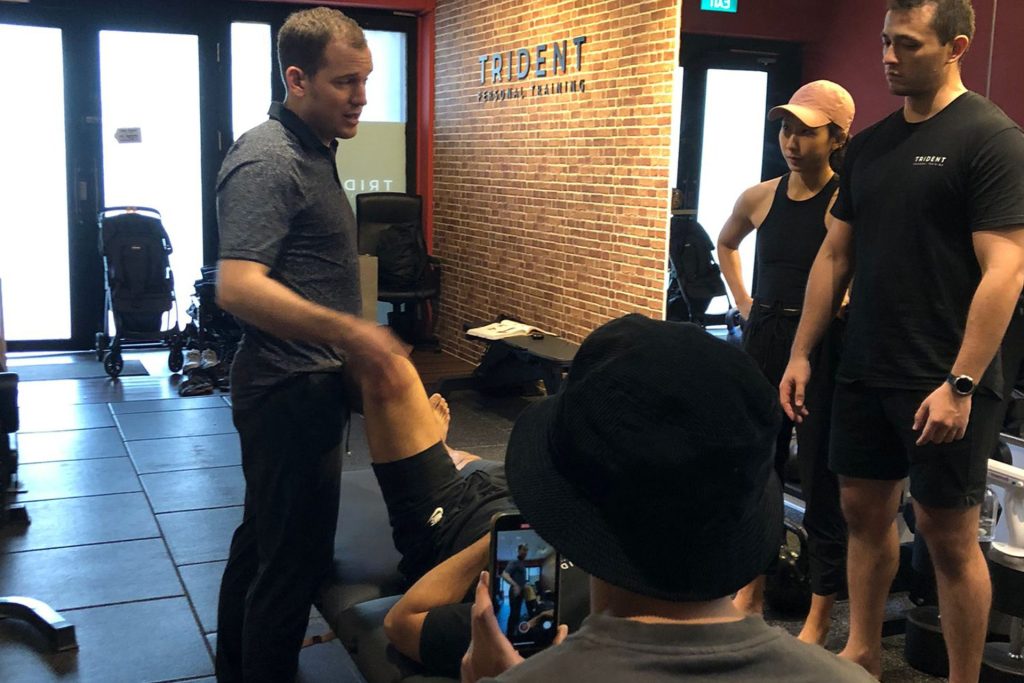
Read related article
The Truth About Knee Pain and Running: Common Knee Injuries
Another frequent issue is patellar tendinitis, often seen in sports that entail a lot of jumping. This condition brings pain to the tendon that connects the kneecap to the shinbone. Similarly, Iliotibial Band Syndrome (ITBS) is an overuse injury common among runners and cyclists. It occurs when the iliotibial band, located on the outside of the knee, becomes tight and inflamed.
Lastly, we often see patellofemoral pain syndrome, or ‘runner’s knee,’ at our clinic. It’s a typical example of how repetitive movements in sports can lead to chronic knee issues.The condition, characterized by pain around the kneecap, is usually found in runners and athletes whose sports involve frequent knee bending.
In each of these cases, the approach to therapy is carefully tailored, not only to alleviate pain and repair the injury but also to address any biomechanical factors that may prevent future issues. This comprehensive approach is essential for ensuring athletes can safely and confidently return to the activities they love.
Shockwaves as an Effective Knee Pain Therapy
When it comes to assessing knee pain at our clinic, we understand that each case of knee discomfort is as unique as the person experiencing it. That’s why our assessment process goes further than the traditional methods and is comprehensive and nuanced. We look at everything from muscle strength and joint flexibility to the subtle nuances of how each patient moves.
This approach helps us uncover the root causes of knee pain, which might be missed by more conventional assessments. It’s not just about finding where it hurts; it’s about understanding why, so we can tailor a treatment that’s just right for each individual.
Shockwave Therapy, a standout as a noninvasive therapy for knee pain, works through a series of intricate physiological mechanisms that target the root causes of knee pain.
The acoustic waves generated by Shockwave Therapy create micro-traumas in the affected tissue. This process prompts the body to respond with increased blood flow to the area. Enhanced blood circulation brings essential nutrients and oxygen, vital for the healing process. Moreover, these waves stimulate fibroblasts, the cells responsible for collagen production. Collagen, a crucial protein for tissue strength and elasticity, aids in repairing and strengthening tendons and ligaments around the knee, thus improving joint functionality and reducing pain.
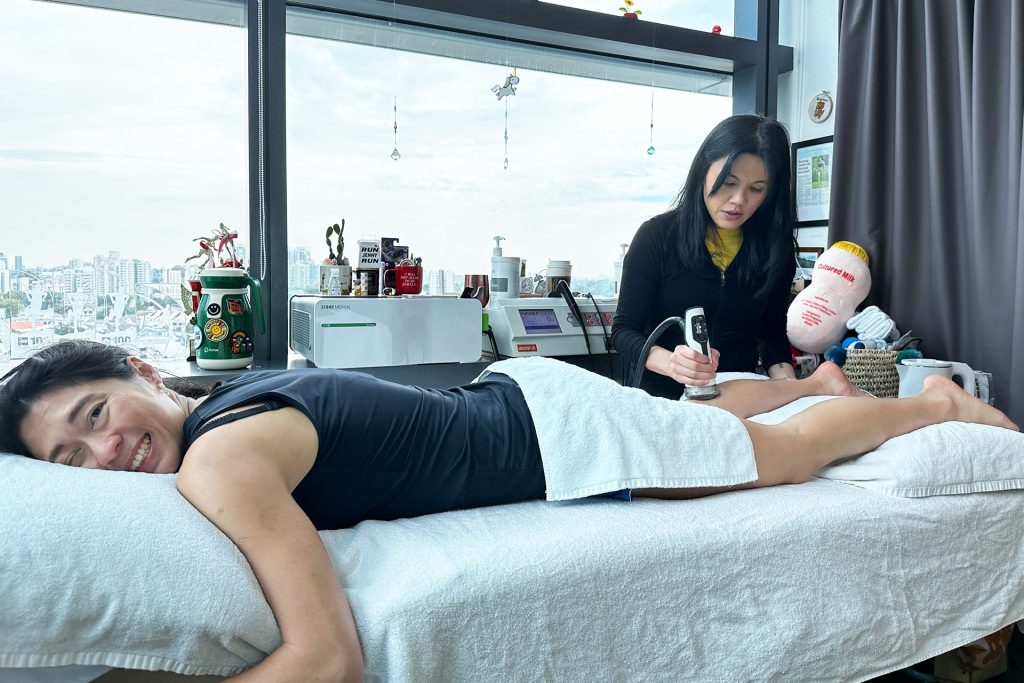
Explore more about
Radial and Focal Shockwave Therapy
The treatment is particularly effective in addressing chronic inflammation, which often leads to calcification buildup and scar tissue formation – common contributors to knee pain and stiffness. The high-energy acoustic waves effectively disrupt these calcified deposits and scar tissues. This disruption not only alleviates pain but also restores mobility by freeing up the surrounding tissues and joints. As these calcifications and scar tissues break down, they are naturally absorbed and eliminated by the body, leading to a reduction in chronic inflammation and pain.
Triggering biological effects kicks off a cascade at the cellular level. One of these is the release of various growth factors such as vascular endothelial growth factor (VEGF) and endothelial nitric oxide synthase (eNOS). These growth factors play a pivotal role in the creation of new blood vessels (angiogenesis), further enhancing blood flow to the knee. Enhanced blood flow not only brings more nutrients and oxygen to the damaged tissues but also speeds up the removal of waste products, thus facilitating a faster healing process.
Beyond its effects on blood flow and tissue repair, Shockwave Therapy influences nerve fibers that transmit pain signals. It can help reduce the transmission of pain signals and decrease nerve sensitivity, providing immediate pain relief. Additionally, it promotes the regeneration of nerve tissues, which is crucial for long-term pain management and recovery.
Understanding the Physiological Benefits of INDIBA Therapy
INDIBA® therapy brings radiofrequency energy to catalyze healing and pain relief for knee conditions. Here’s a closer look at the physiological mechanisms at play as a therapy for knee pain.
INDIBA® therapy generates a gentle heat within the targeted tissue. This heat causes vasodilation – the widening of blood vessels – which in turn improves local blood circulation. Enhanced circulation means more oxygen and nutrients are delivered to the knee area, facilitating the healing of damaged tissues. Improved blood flow also aids in flushing out inflammatory byproducts and cellular waste, reducing swelling and pain.
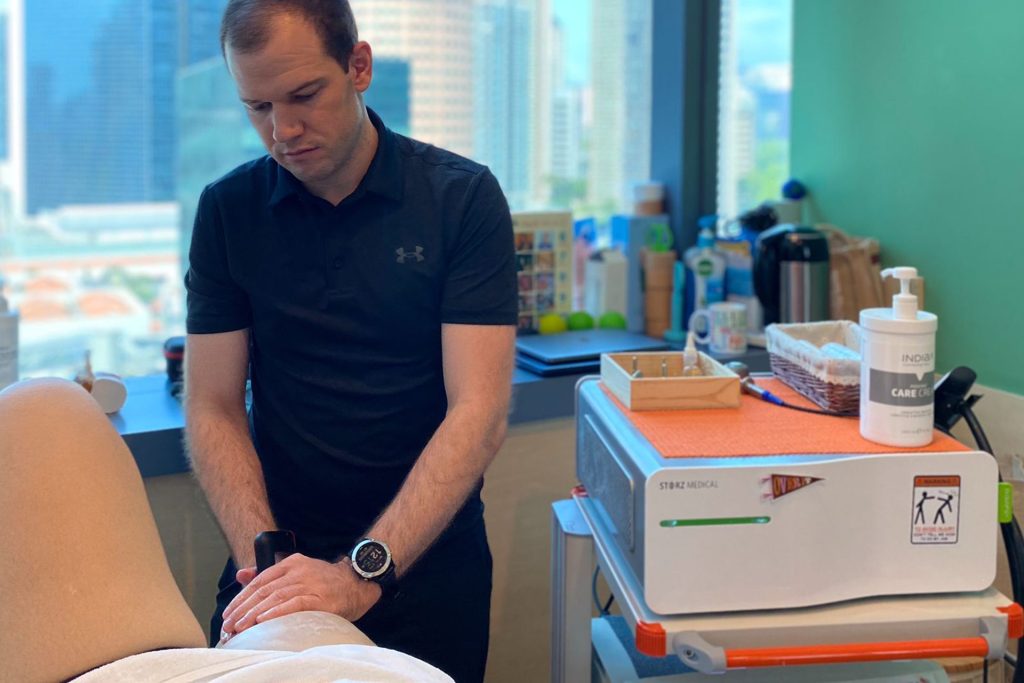
Explore more about …
INDIBA® Activ Radiofrequency Therapy
The radiofrequency energy used in INDIBA® therapy boosts cellular metabolism. It increases the activity of fibroblasts, cells integral to the repair and regeneration of connective tissues. By stimulating these cells, INDIBA® therapy promotes the faster rebuilding of knee tissues, including tendons and ligaments, which are often involved in knee injuries.
Once again, collagen, a vital protein for tissue strength and elasticity, is crucial in recovering from knee injuries. INDIBA® therapy accelerates the production of collagen within the treated tissues. This increase in collagen not only aids in repairing damaged knee structures but also helps in restoring the elasticity and strength of the knee joint.
The therapy’s thermal effects extend to pain relief by reducing nerve fiber activity in the area, thereby diminishing pain sensations. Additionally, enhanced blood circulation and metabolic activity help in reducing inflammation, one of the primary causes of pain in knee injuries. By addressing inflammation at its source, INDIBA® therapy offers substantial relief from discomfort through its combined effects on tissue repair, pain relief, and inflammation reduction, INDIBA® therapy contributes significantly to improving joint mobility.
In essence, INDIBA® therapy offers a comprehensive approach to knee pain treatment. Its ability to enhance blood flow, stimulate cellular metabolism, increase collagen production, and reduce pain and inflammation makes it an effective option for accelerating recovery and improving the overall health of the knee joint.
Exercise ‘Science’ with Clinical Pilates for Rehabilitation
Clinical Pilates, as part of rehabilitation in physiotherapy, is redefining the approach to knee pain therapy. This method integrates traditional Pilates principles with clinical knowledge, making it a powerful tool for knee rehabilitation.
Read related article
Pilates and Physiotherapy: Natural Complements
Clinical Pilates focuses on strengthening the core muscles, which is fundamental for overall stability and balance. This core strength directly supports the knee by improving postural alignment and distributing weight more evenly during movement. Strengthening the muscles around the knee – quadriceps, hamstrings and calves – also helps in stabilizing the knee joint, reducing the strain on it during activities.
A key aspect of Clinical Pilates is enhancing joint mobility. Through controlled, low-impact movements, it gently increases the range of motion in the knee joint. This is crucial for knee injury recovery, as limited mobility can lead to stiffness and further pain. The gradual, progressive nature of Pilates ensures that this is achieved without overstraining the joint.
Our Clinical Pilates instructors educate clients about their body mechanics throughout the sessions. This awareness helps in correcting imbalances that may contribute to knee pain. For instance, improper alignment during walking or sitting can put undue stress on the knee. Pilates exercises are designed to realign and balance the body, thereby reducing the risk of aggravating the knee.
One of the strengths of Clinical Pilates is its adaptability. Exercises can be modified to suit different stages of knee pain recovery and can be scaled up or down depending on the individual’s capability. This customization ensures that each patient receives a rehabilitation program that is specifically tailored to their needs.
Redefining Physiotherapy Treatment for Knee Pain
At HelloPhysio, we’re dedicated to advancing knee pain therapy beyond traditional methods, embracing innovative treatments backed by the latest clinical research. Our approach is rooted in a deep understanding of the unique challenges faced by athletes and individuals with knee pain. From the common ACL injuries in dynamic sports to the overuse syndromes like ITBS and runner’s knee, we tailor our therapies to meet the specific needs of each case.
Utilizing breakthrough technologies like Shockwave Therapy and INDIBA® Activ with Clinical Pilates, we’re setting new standards in non-invasive treatment. Our integrated and research-driven approach at HelloPhysio represents the future of knee pain therapy, today. We’re not just treating symptoms; we’re fostering a deeper healing process, ensuring our patients can return to their active lifestyles with confidence and strength.

